|
This early-finisher project was so popular, everyone wanted to do it! Every student 3-5 grade has started or completed a "God's Eye" this year and 2nd grade may make one soon, too. Cassie Stephens recently posted about creating Ojo de Dios in her classroom and I was inspired. I remember learning how to make a God's Eye in vacation Bible school at Land's Church in Canton, SD when I was younger. This little weaving project would keep me occupied if I was bored outside: I would find two similar-sized twigs on the ground and tie together blades of grass for my "yarn." For the classroom, I hot-glued together 2 pop sickle sticks and we used colorful yarn.
0 Comments
In order to prepare them for animal reduction prints next year, I wanted to expose my 4th grade artists to printmaking this year. This is another project from my sister, Amy Clay. She shared all of her art projects with me and I am extremely grateful to her for her help! 1. Learn about printmakingIf an artist doesn't have any experience with printmaking, it is helpful to see the process from beginning to end to have a better understanding of what each step involves and why it is necessary. We use this website from MoMA to get a brief introduction to printmaking. 2. Create 3 warm/cool colored background papersOur city prints contained a warm colored side (representing the sunrise or sunset) and a cool colored side (representing the refection in the water). Each student received 3 sheets of 9 x 12 sulphite. Each of these papers were folded in half and painted with warm colors on one side and cool on the other. We created three papers because we will create 3 prints! The first print one pulls usually doesn't turn out so well. This gives us 3 chances to get at least one successful print. 3. Draw city on printmaking foamTo start this lesson off, we looked at a few interesting buildings in our world. I showed them out some buildings have clock towers, domes on the top, or diagonal lines. Each student received a 6 x 9 piece of printmaking foam. They wrote their name on the back with a sharpie, grabbed a pen, and drew 5-6 buildings on the foam. The buildings shared a vertical wall and I encouraged the students to use variety, one of our principles of art. Adding variety made our city much more interesting. They drew over each line twice to ensure the foam was adequately pressed down. 4. Print!I modeled the process of using the brayer to apply ink to the foam, flipping the paper over and massaging to transfer the ink, peeling off just a corner to see if the ink transferred, and folding the paper quickly to get a reflection on the other side. Most students pulled at least 1 successful print! The most frequent problem is not applying enough ink. The trick is to listen for a "sticky" sound and make sure every spot on the foam is wet.
As kids get older, self-portraits can become more and more frustrating. They so badly want their drawing to show likeness and get upset when the nose or the eyes or the hair just isn't looking right! A few of us experienced some frustration and confusion but we must remember: confusion is a natural and necessary part of ALL learning! 1. Learn the proportionsBefore we drew ourselves, we learned how to draw a face using general proportions. We looked at this image I found online and it helped us to see that eyes are halfway down the face and general shapes of the facial features. We practiced in our sketchbook. 2. Practice with a mirrorWe tried a new technique that I learned from star art teacher Cassie Stephens. She posted a video of a technique for drawing a still-life: following the outline of the item one is drawing with one hand and drawing with the other hand at the same time. Synchronized drawing! I thought I'd try it out with the kids for self-portraits. I knew it would be a little more challenging as they would be looking in the mirror and their hands would be further apart, but the kids were SO SUCCESSFUL!! I am so proud of them. 3. Earn three taps and draw BIGGEROnce a student had a successful practice portrait in their sketchbook, they raised their hand. If I saw something they could change or add, I made a suggestion. If they were ready for the BIG paper, I tapped my finger three times on their drawing--this was the signal to go to the art supply store table and get the BIG paper. They drew another portrait on this paper, using the drawing techniques they have learned and practiced and using their sketchbook drawing as a reference. 4. Black glueThe next step involved something the kids had never done before: draw with black glue! I mixed this glue using black powder tempera paint, a little water, and Elmers glue. Before we drew on our self-portrait, we practiced on some newspaper. We touched the tip of the glue to our paper and drew slowly. 5. Chalk PastelSince the artists had already used chalk pastels this year, we just did a quick chat on how to blend the colors, how to bring a little red to our lips and cheeks without looking like a clown, and how to use multiple colors in our hair to show dimension. The kids still referenced the mirrors to help them choose realistic colors. 6. Frame!Artists share their artwork! I usually have the artists frame their artwork and this time I also set out sequins (only a few ended up on the floor!), paper, tissue paper, and ribbon. They love embellishing the frame to bring even more personality to their artwork.
On the first day of this project, we reviewed geometric shapes and the first graders created 3 different geometric shapes on primary colored construction paper (red, yellow, and blue). To create their shapes, they folded a 6 x 9 piece of construction paper in half, drew their shape, and cut it out with the paper still folded. This created 2 matching shapes. On the second day, we focused on organic shapes and they were responsible for creating 3 different organic shapes out of secondary colored construction paper (green, orange, and purple). We stored our shapes in plastic baggies to keep them organized. On the third day we got to put all of the shapes together in a mobile. We watched this silly video to learn the ROYGBIV order and I demonstrated how to glue their shapes on a string. We ended with a loop and bead to create some weight at the bottom of our mobile.
Thank you to my sister Amy Clay for the lesson! We are pros at organic and geometric shapes now:) Kindergarten artists recently completed their paper bag puppets! They absolutely loved creating these and can't wait to take them home. Each class created a unique cast of characters and I'm sure they could put on a charming puppet show:) 1. Make a plan2. Paint paper bag3. Add detailsCheck out how closely the final product resembles the plan! We have some exceptional kindergarten artists!1. PlanTo begin this unit we watched Masks from Many Cultures. This short video showcases over one hundred images of masks from a variety of cultures and time periods. Students learn why different people groups create masks, their purpose, and the variety of materials used. Following the video, students designed their own mask. Their design typically changes throughout the process, but I have found this planning time ensures that building their armature will be purposeful and more efficient. 2. Build the ArmatureWe collected gallon size milk jugs for a few weeks. Before the class time, I used an xacto knife to create an opening at the bottom. There is a seam at the bottom that is too thick for scissors to cut through. I demonstrating cutting the milk jug and how each side can be used. We talked about how when we remove material from a sculpture it is called subtractive. When material is added to a form it is called additive. I required them to use both methods to construct their form. Extra milk jug plastic was used to add--simply cut the desired shape and tape it on with masking tape. 3. Apply plaster wrapPlaster gauze can be extremely messy! Students covered their entire table in newspaper before cutting their plaster gauze into strips. I placed a tub of warm water on each table and they were ready to go. Check out this video, this artist will explain the process! 4. PaintWe've used the element form, now it is time to add color. Before they got a paintbrush in their hand, I set the timer for 4 minutes and they used a pencil to draw out a plan on their mask. I placed colors at each table and students were able to walk around to the color they needed. 5. VarnishSometimes tempera paint (the kind we always use in the art room; it is washable) can look chalky; especially on 3D artwork. Painting a coat of acrylic varnish made their mask shiny and much stronger. 6. Add embellishmentsFeathers, yarn, raffia, pipe cleaners, shells, sequins, felt--there were many different materials the students cut glue on to embellish their mask. The kiddos were begging me to take them home. I like to show them off in the school first, but they have to wait all year long to get the rest of their artwork home (so I have work to share at art shows), so I finally obliged:)
The Buffalo School community had the opportunity to watch the 1st and 2nd grade students rehearse for their concert tonight. Here are a few photos and videos from their rehearsal! If you missed the STEAM night in March, please check out your child's artwork hanging in the hallway! It will be located on the wall or bulletin board near your child's classroom. Concert at Buffalo Elementary on Thursday, April 14 at 6:30 pm.Day 1: Printmaking1st grade artists created a city with black paint and a piece of cardboard. We talked about how printmaking is different than painting. When we paint, we go back and forth, back and forth. I use Cassie Stephens' analogy that a paintbrush is like a ballerina: it always dances on its tiptoes and never scoots around on its bottom. When we print, we press and lift, press and lift. I displayed some photographs of cityscapes to inspire them. They used diagonal, vertical, horizontal, and curved lines to create their buildings, windows, doors, antenna, etc. Day 2: ColorWith our city prints, we already had a few elements of art: line, shape, space (students overlapped the buildings and created two layers of buildings), and texture (in the corrugated cardboard). Today we focused on the element color. Students used pattern and texture plates to color their buildings. They could label the buildings if desired. Day 3: Finish coloring + Sky PotionStudents finished coloring their city and used sky potion to paint the sky. I also set out some boxes of scrap painted paper if they wanted to cut and glue anything onto their city. I have found that the younger grades love having multiple mediums to choose from. Not only are they much more focused on their work, but they also are more creative with the options that are provided. The first grade artists are very proud of their work! This is a favorite project for 1st grade artists. "Does it actually write?" Is usually the first question asked when I pull out my example to show them:) This project comes from my sister, Amy Clay. Thank you, Amy! We absolutely love this lesson! 1. Build the formThere are 2 main forms on a pencil: a cylinder and a cone. A paper towel roll is the perfect start for our cylinder. The eraser end was formed by crumpling up a piece of paper (I pulled paper thrown into the recycling bin in the copy room) and taping it inside one end of the cylinder. The cone is formed by tracing a lid on a piece of white sulphite (4 x 4), and drawing a dot in the center of the circle. Cut out the circle and, starting anywhere on the perimeter of the circle, make one straight cut to the dot in the center and stop. We now have a walking circle! Cross the legs and once you have a cone that fits your cylinder, apply the tape. 2. Paper MacheNow it's time to get messy! As they entered the art room, I handed each student a little rectangle of gold paper and instructed them to write their name with a Sharpie. This "golden ticket" is placed in a safe place to be stuck on their pencil at the end of class. I make my paper mache paste using water and glue with a 1:1 ratio. This year I used paper towels for the strips of paper, but newspaper also works well. I think the kids were a little more successful with getting a smooth finish on their pencil with the paper towels. I tell them they need to cover everything at least once, twice if they have time. 3. PaintWhy do we paint our pencils? To add color, which is an element of art and to make them look more realistic. 4. Add final details and take home!We watched a short video on how real pencils are made. Turns out the metal ring at the end is made of aluminum. How fitting, then, that we used aluminum foil for our pencil sculptures! The artists appied some glue to a 2 x 9 piece of aluminum foil and wrapped it around the end. They were responsible to use a Sharpie for 3 things:
1. Practice with modeling clayI always like to practice with modeling clay before getting out the earthenware clay. Oftentimes the kids will overwork and dry out the earthenware clay and get frustrated because it cracks and doesn't stick together. Practicing with modeling clay first ensures that when they get the "real" clay in their hands, they'll be ready to be successful from the get-go. 2. Earthenware ClayThis time around the artists raise their hand when they are finished and I write their name and the name of their class on the bottom. If their turtle is thick, I also poke a few holes in the bottom to ensure it dries out quickly and completely. If there are any air pockets or moisture in the clay when I fire it in the kiln, the piece is likely to explode. 3. GlazeOnce the pieces are bisque fired, the artists glaze their turtle. Applying 3 coats of glaze promises bright, glossy colors. 4. Wrap it up for Mother's Day |
Author
Archives
June 2016
Categories
All
|
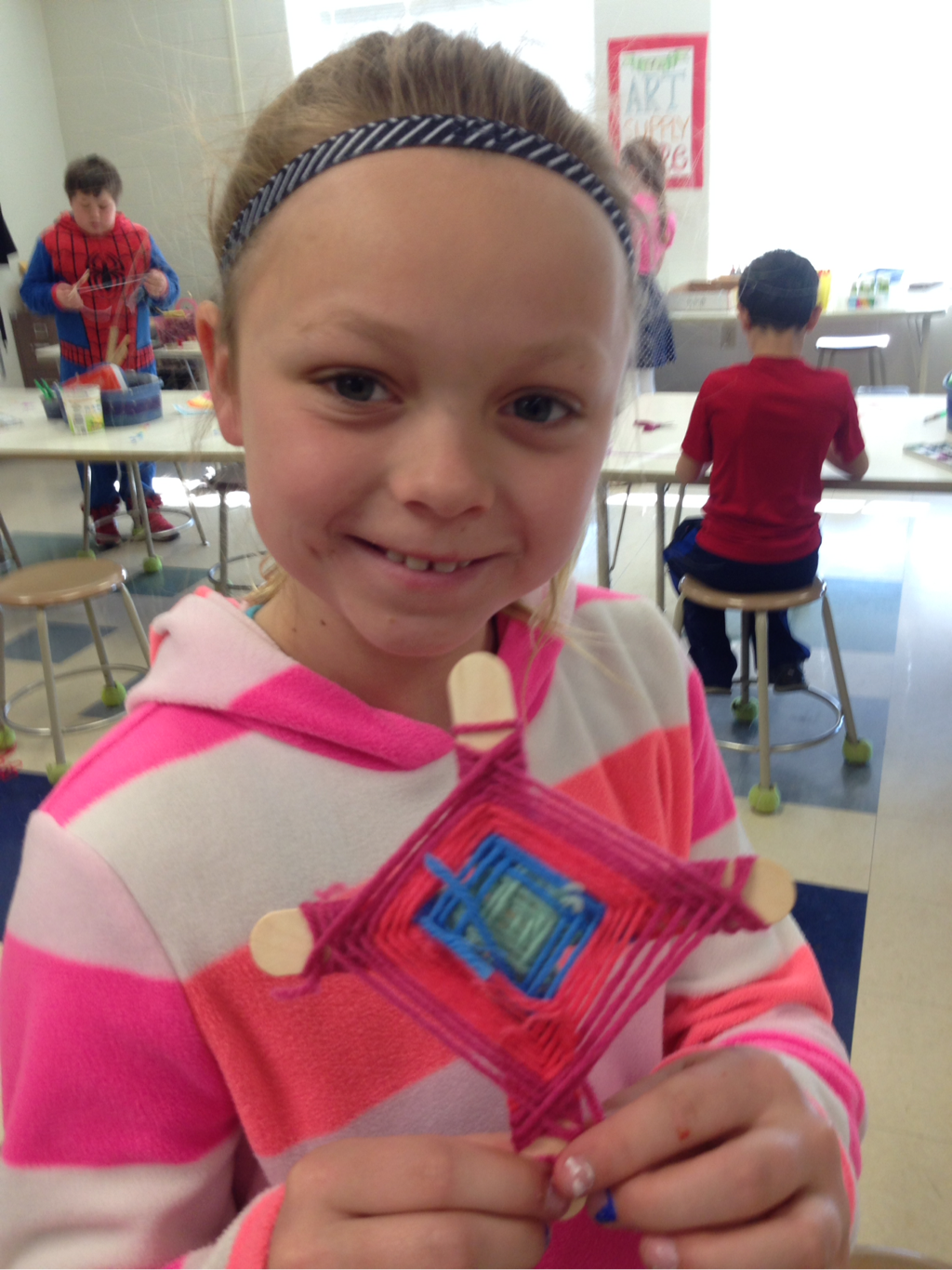
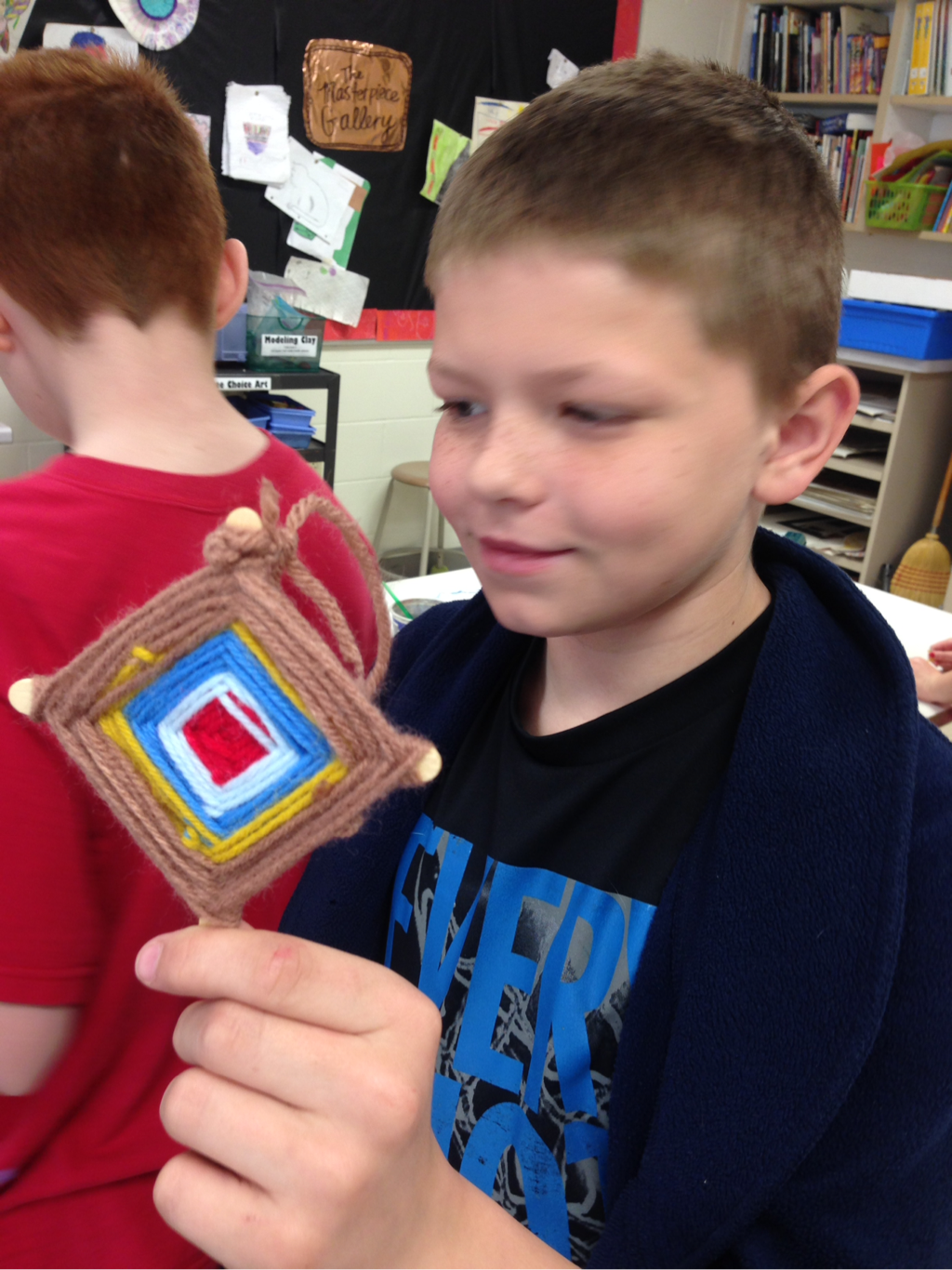
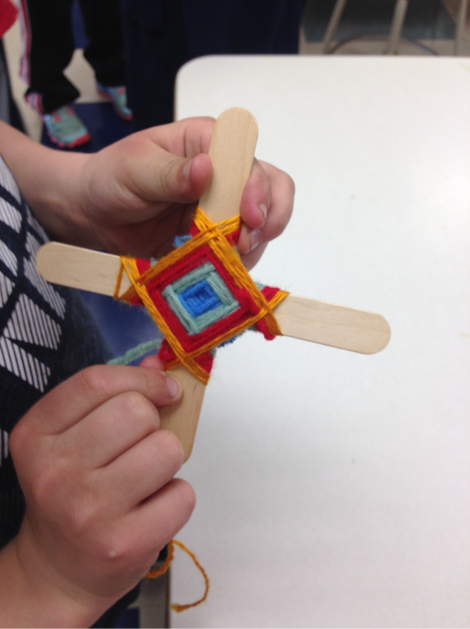

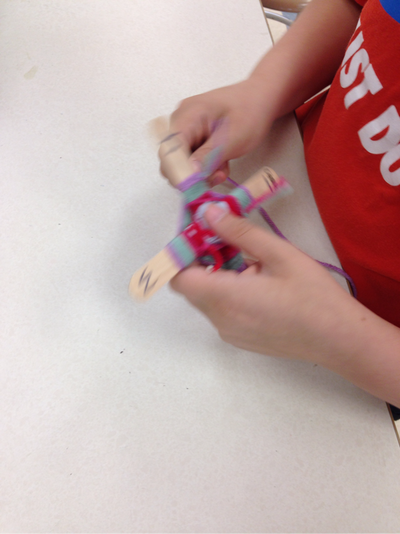
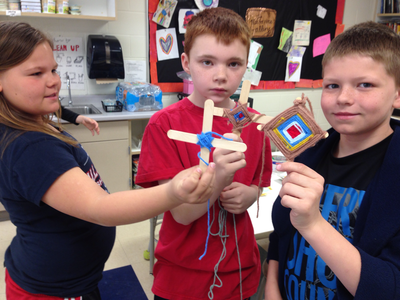
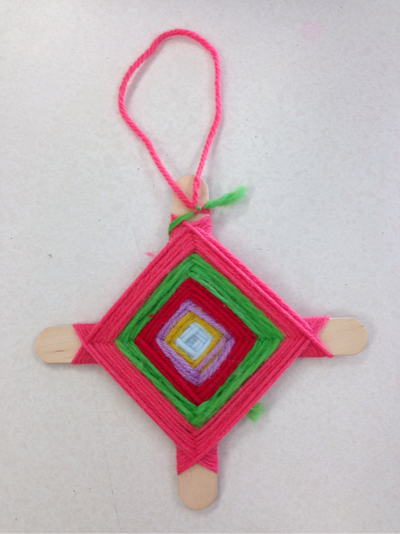
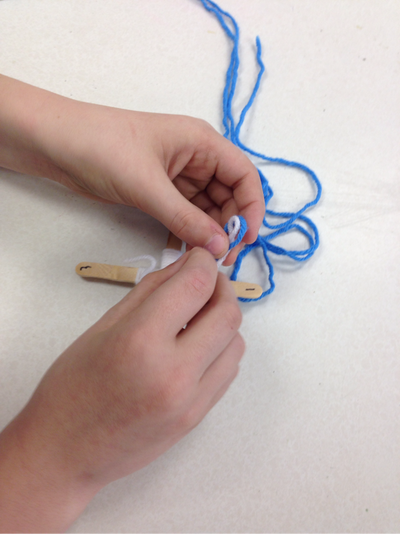
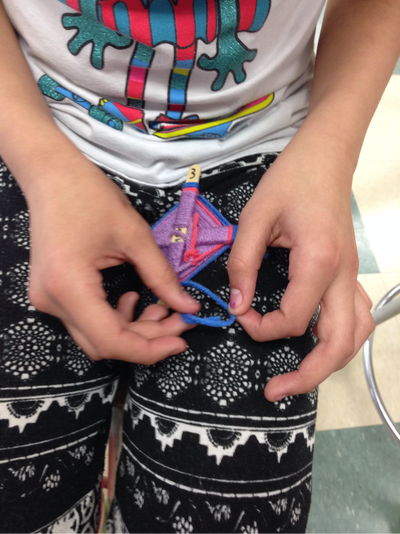
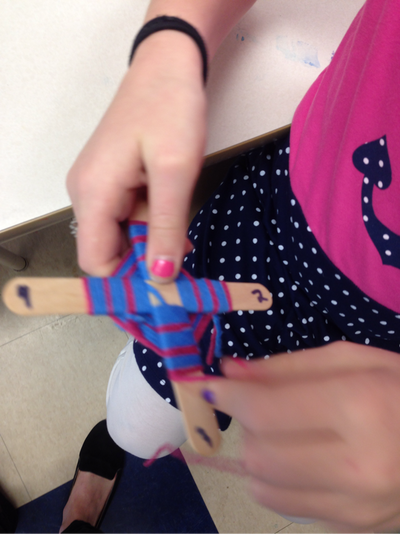
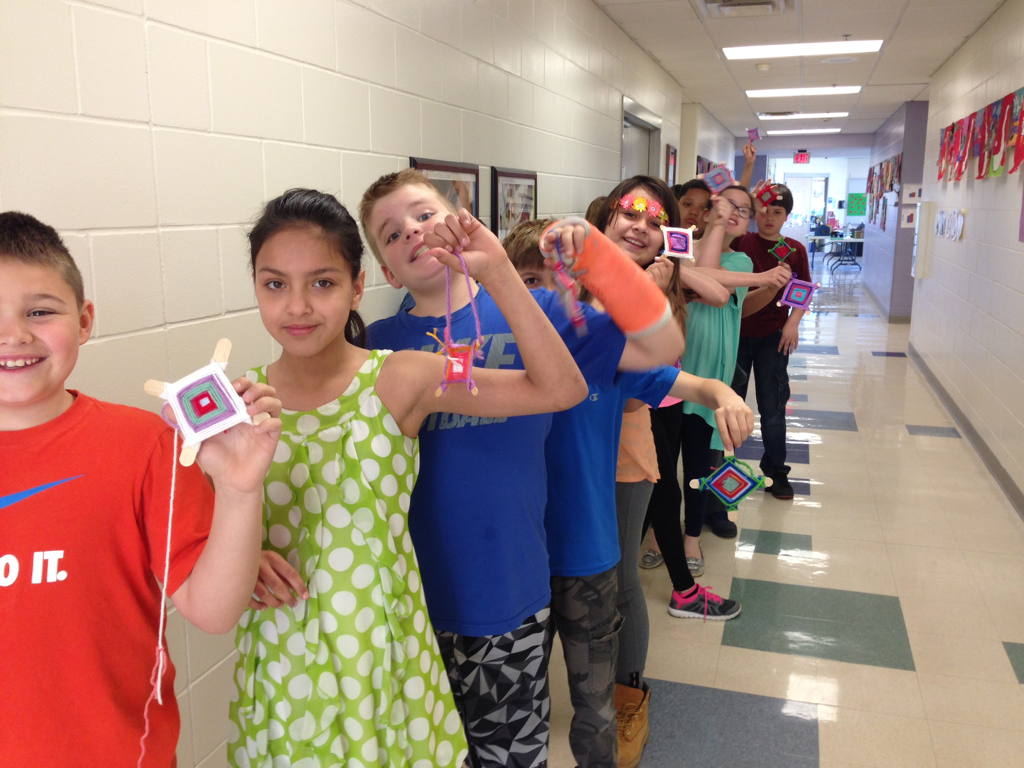
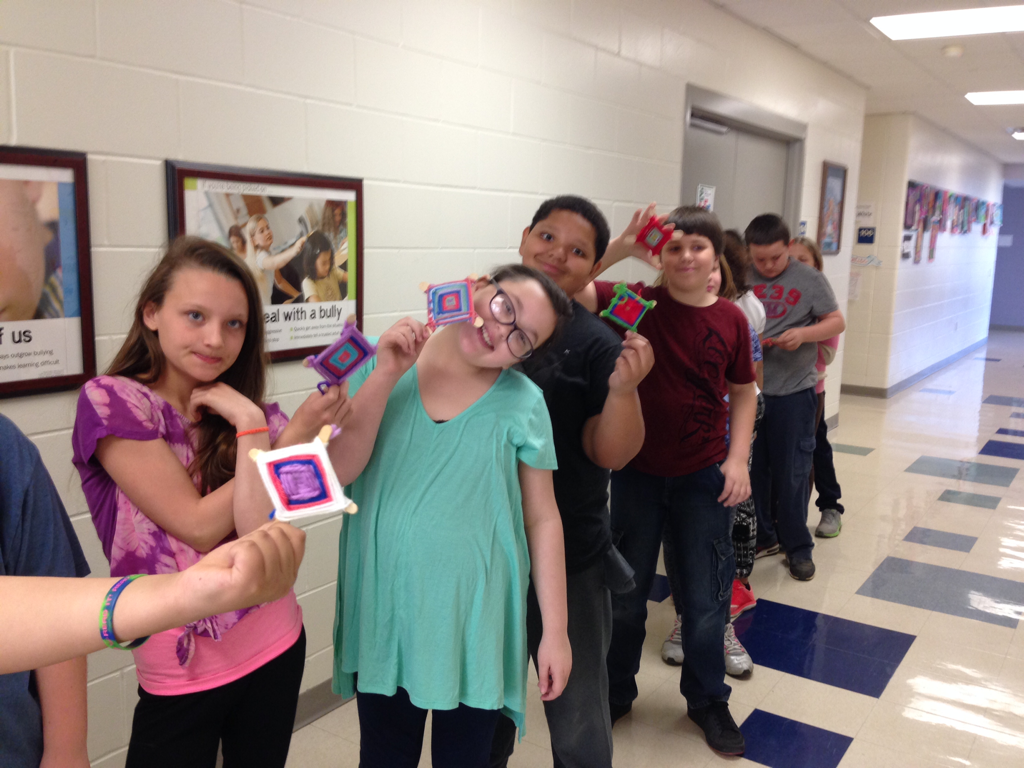
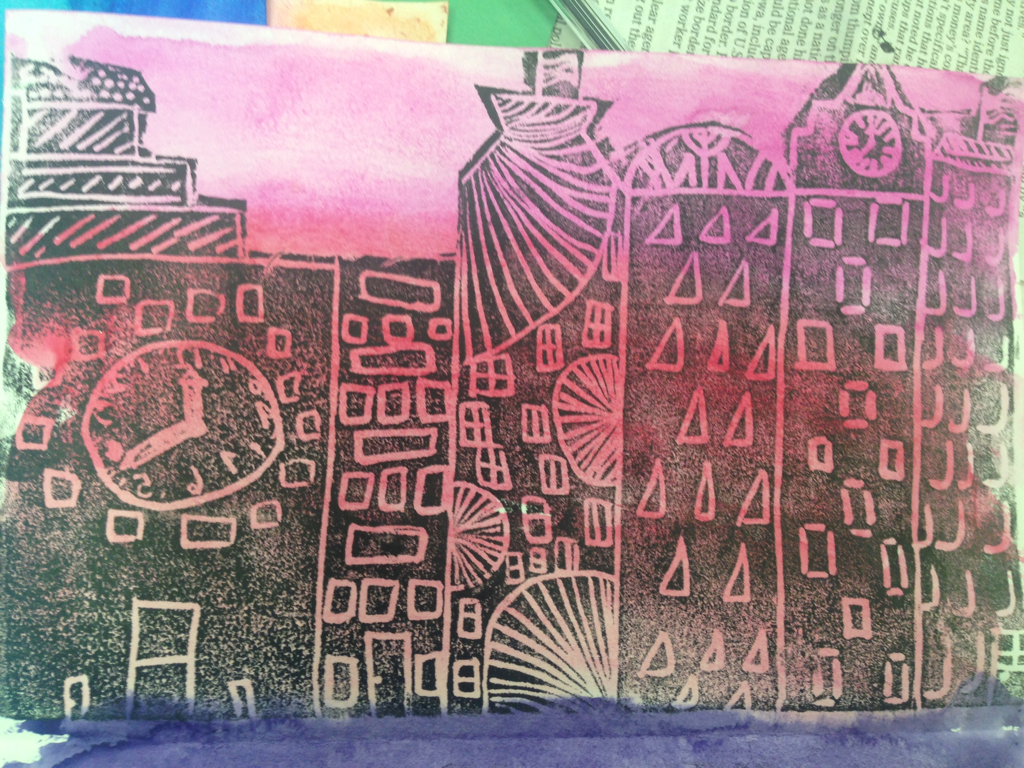
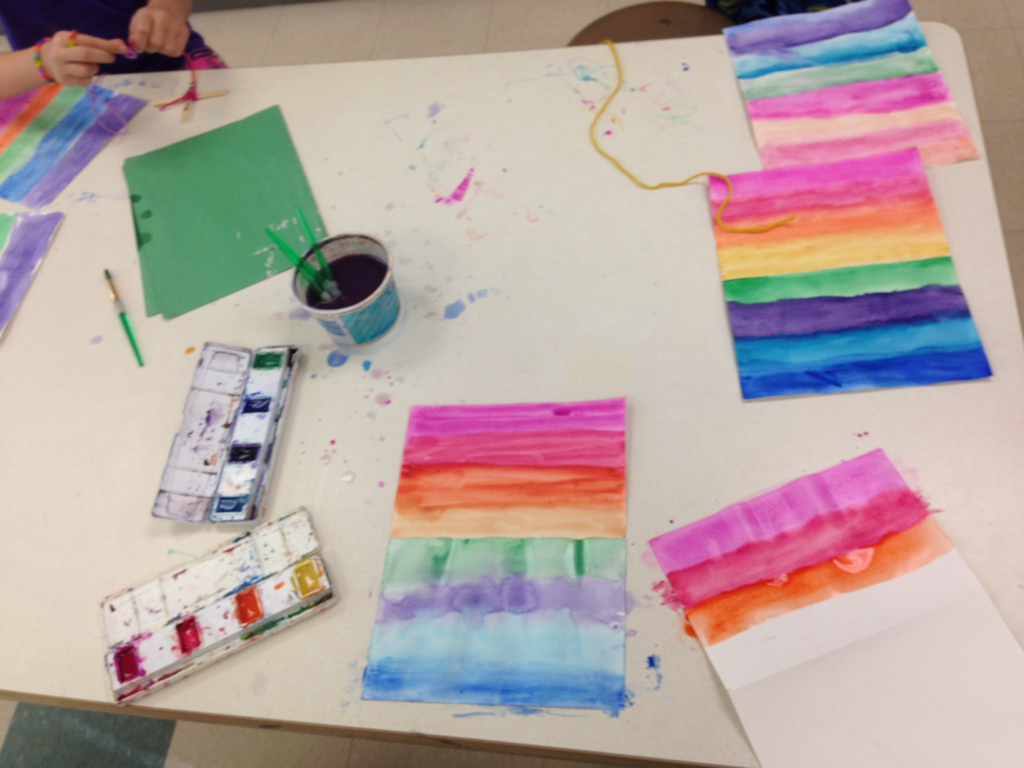
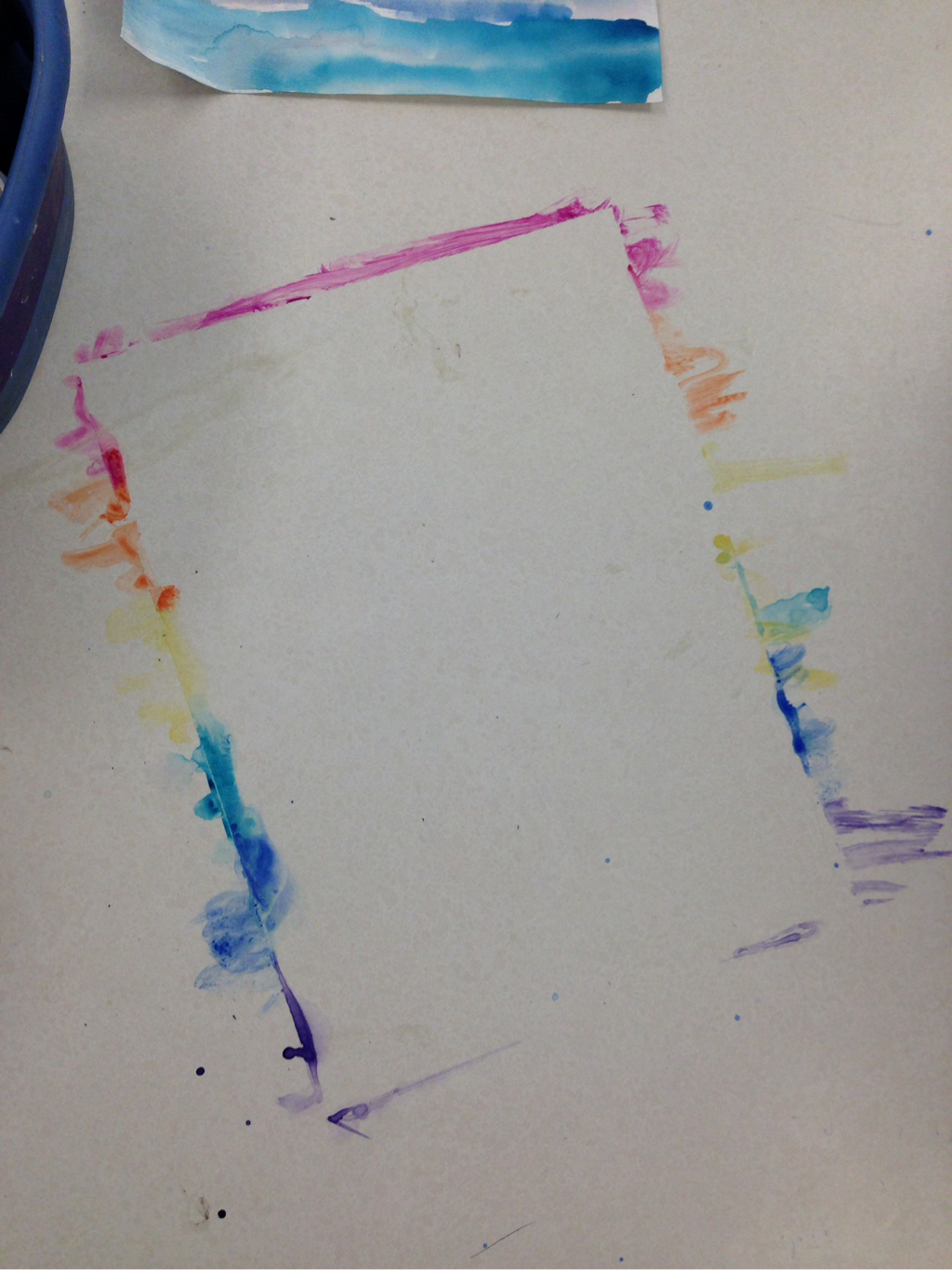
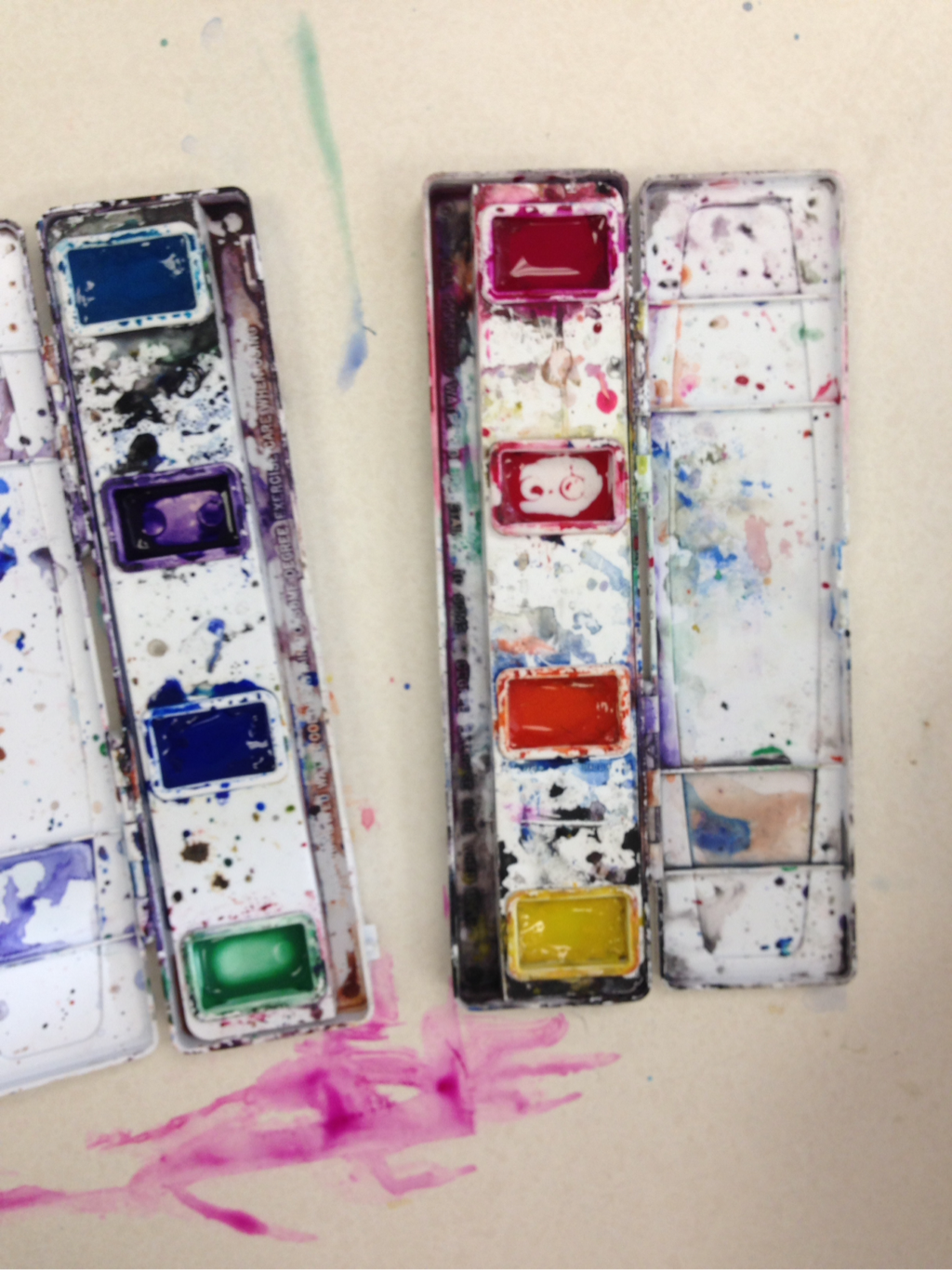
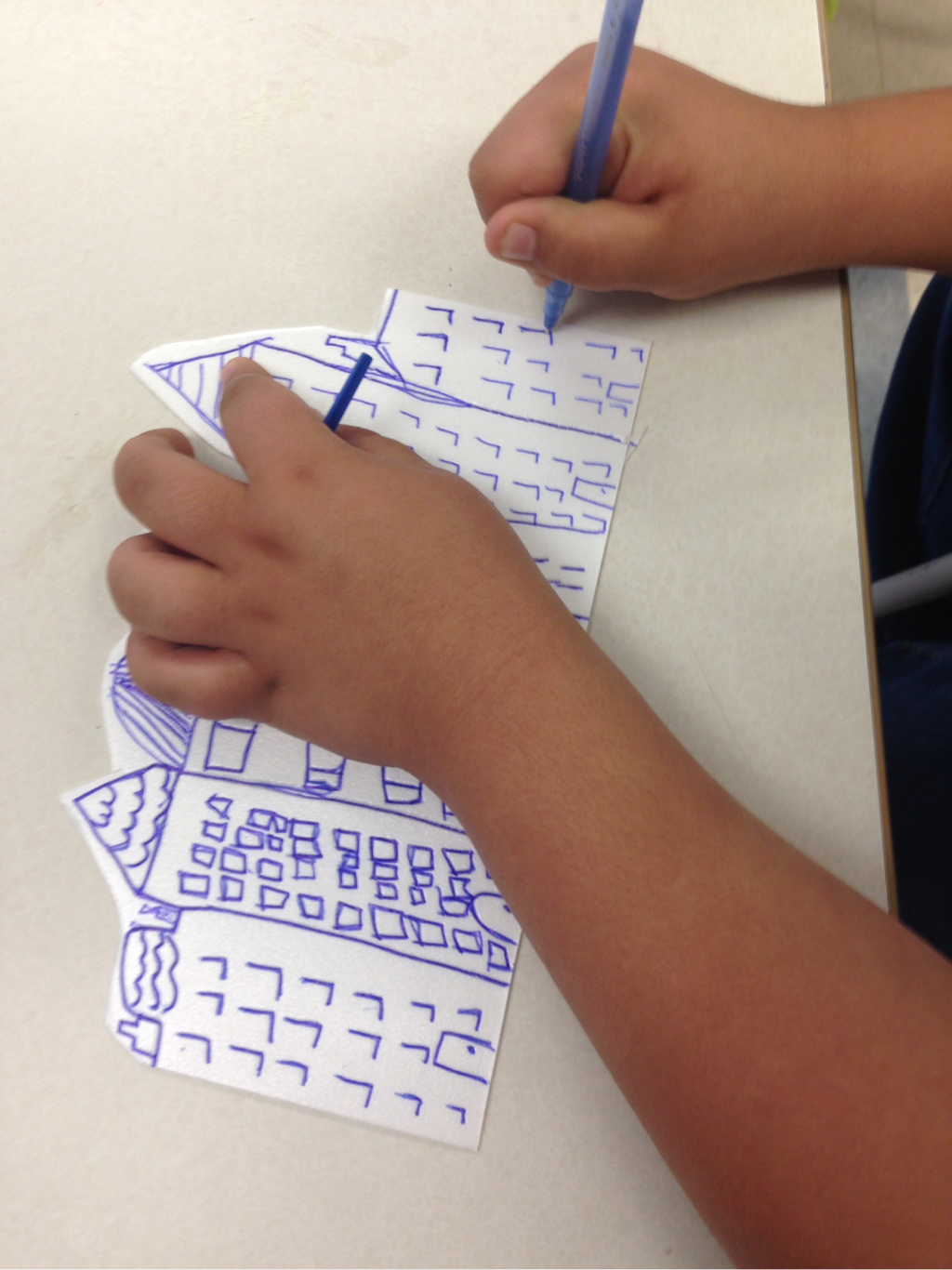
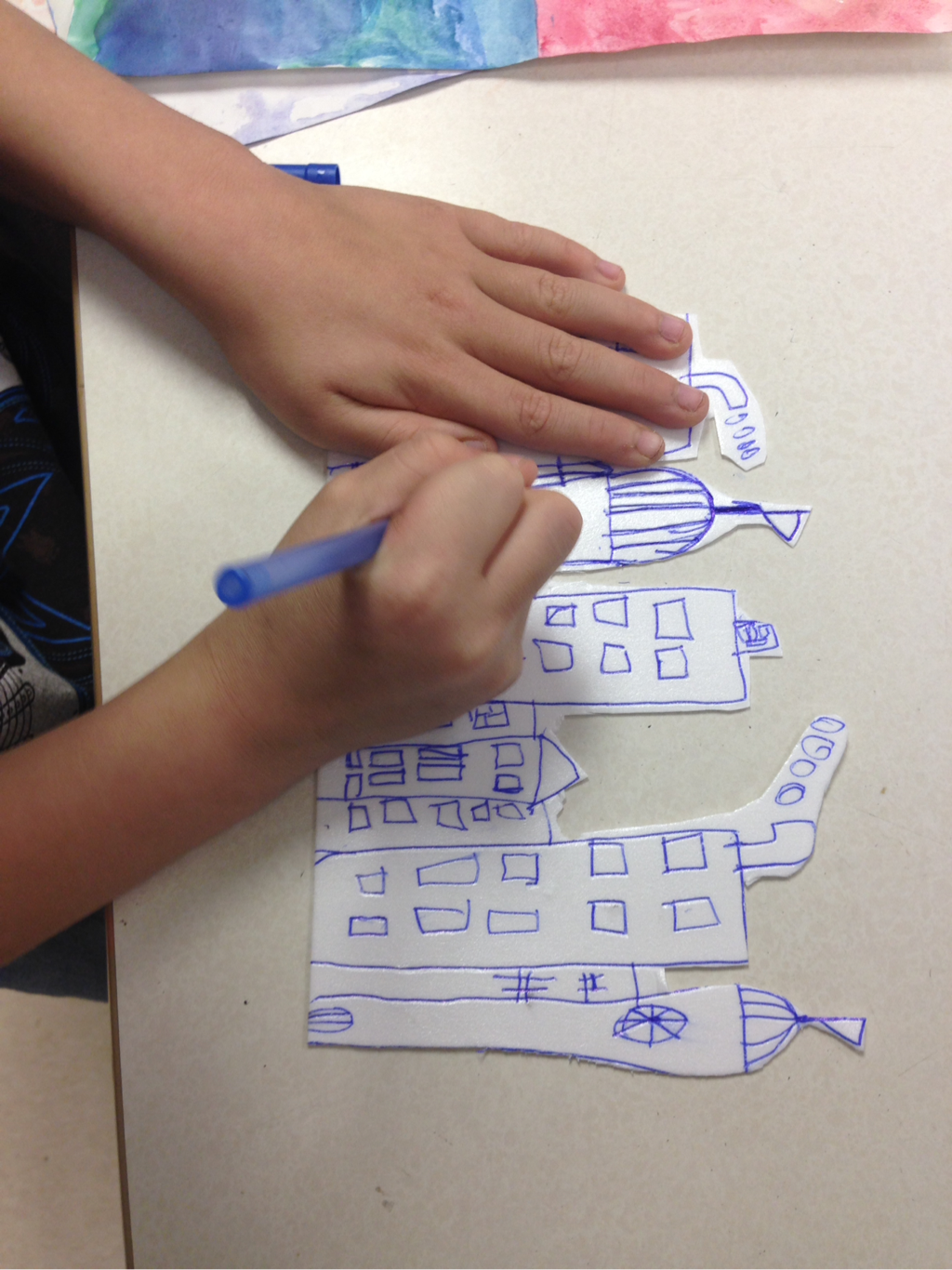
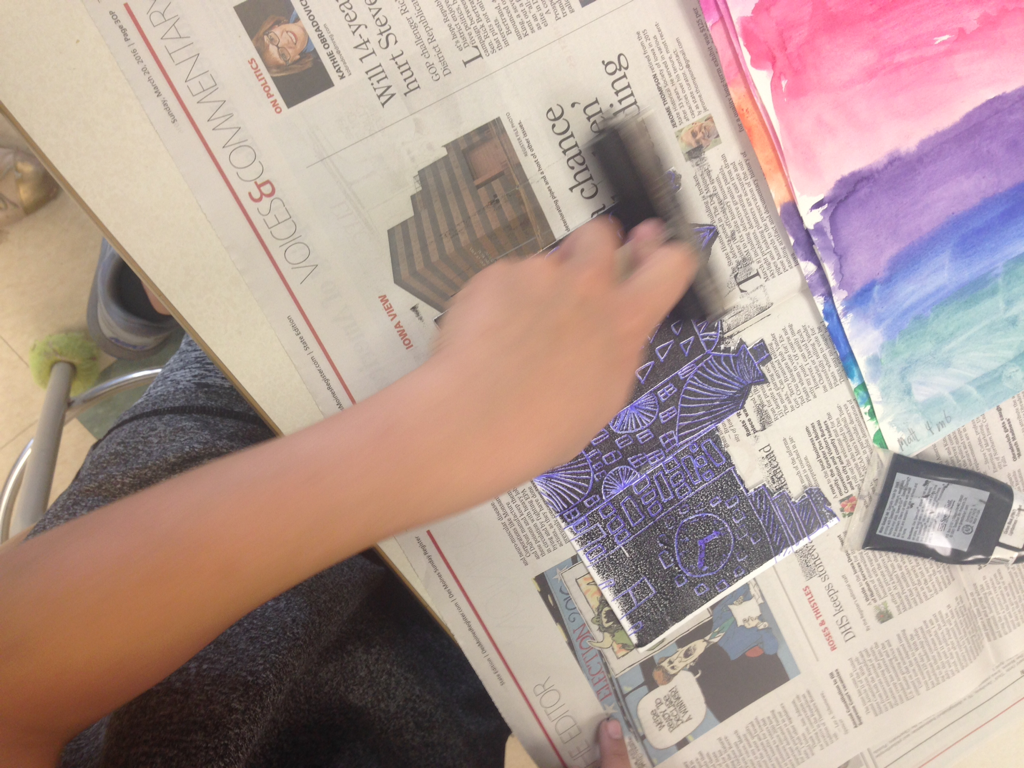
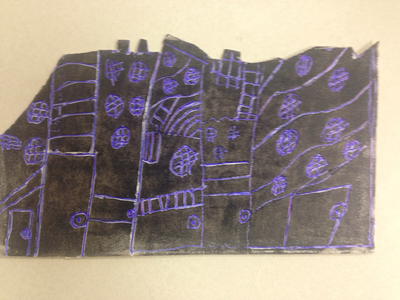
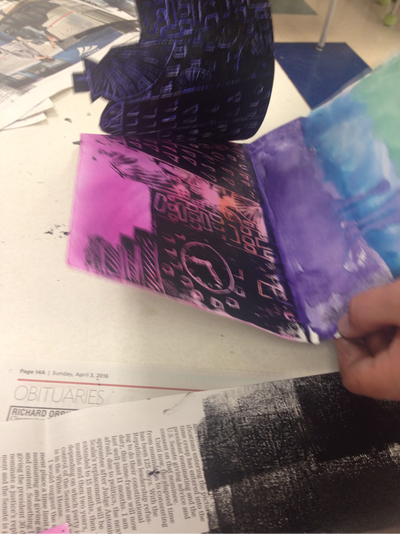
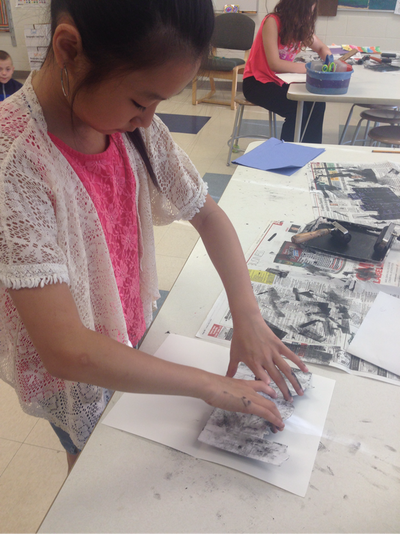
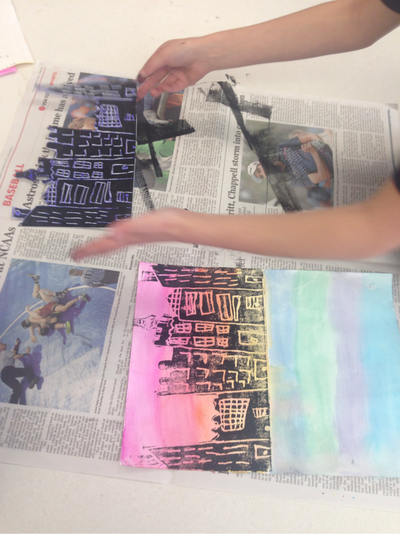
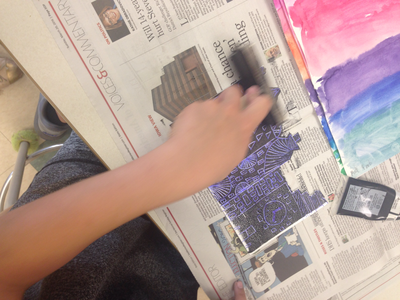
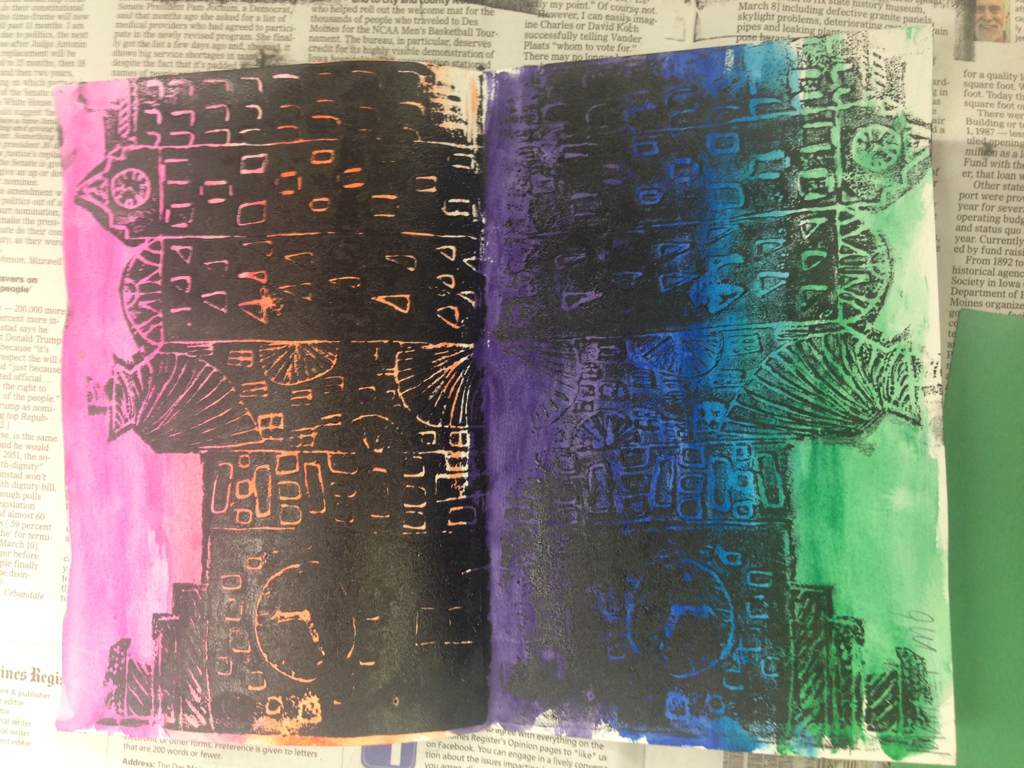
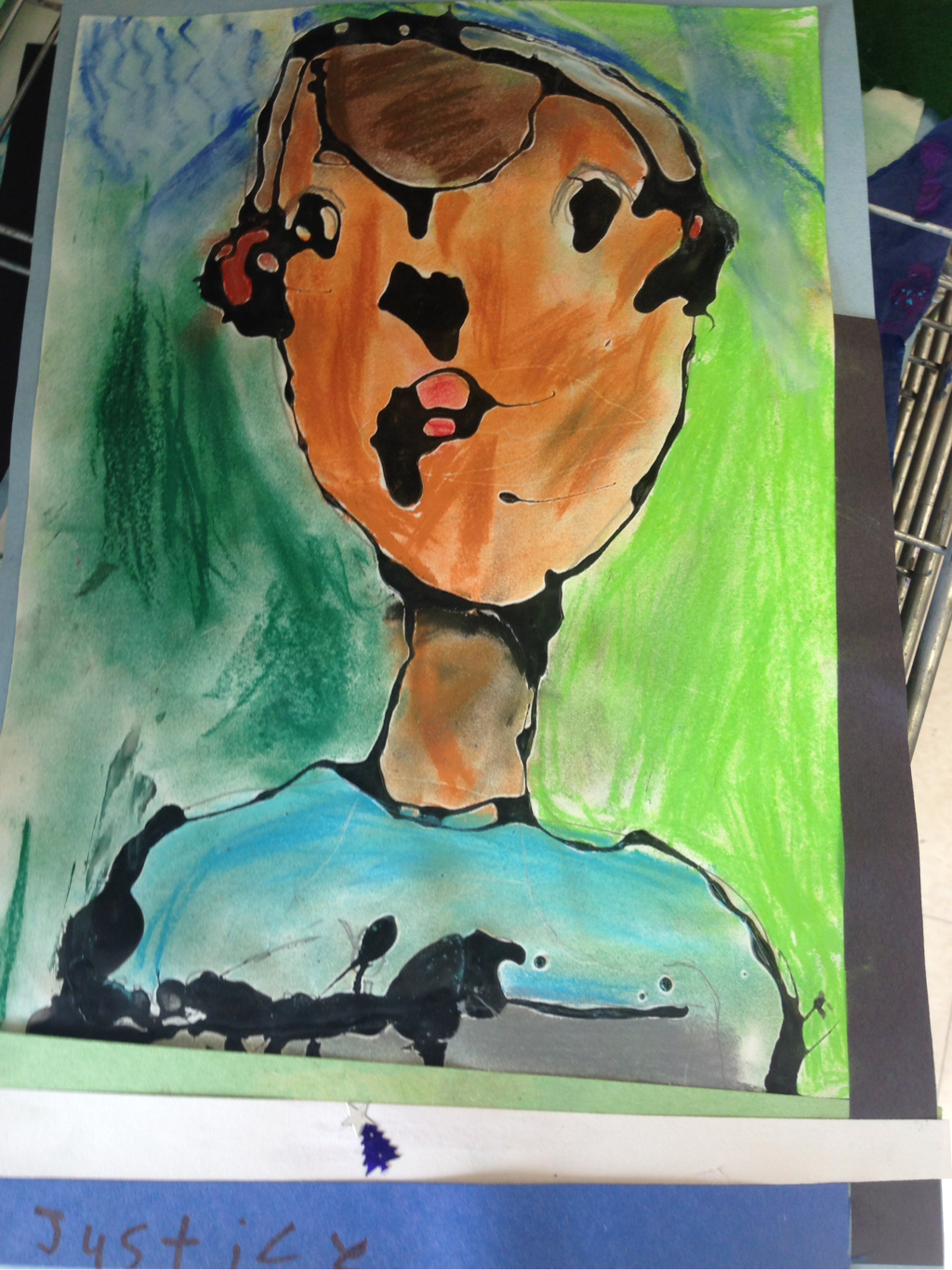
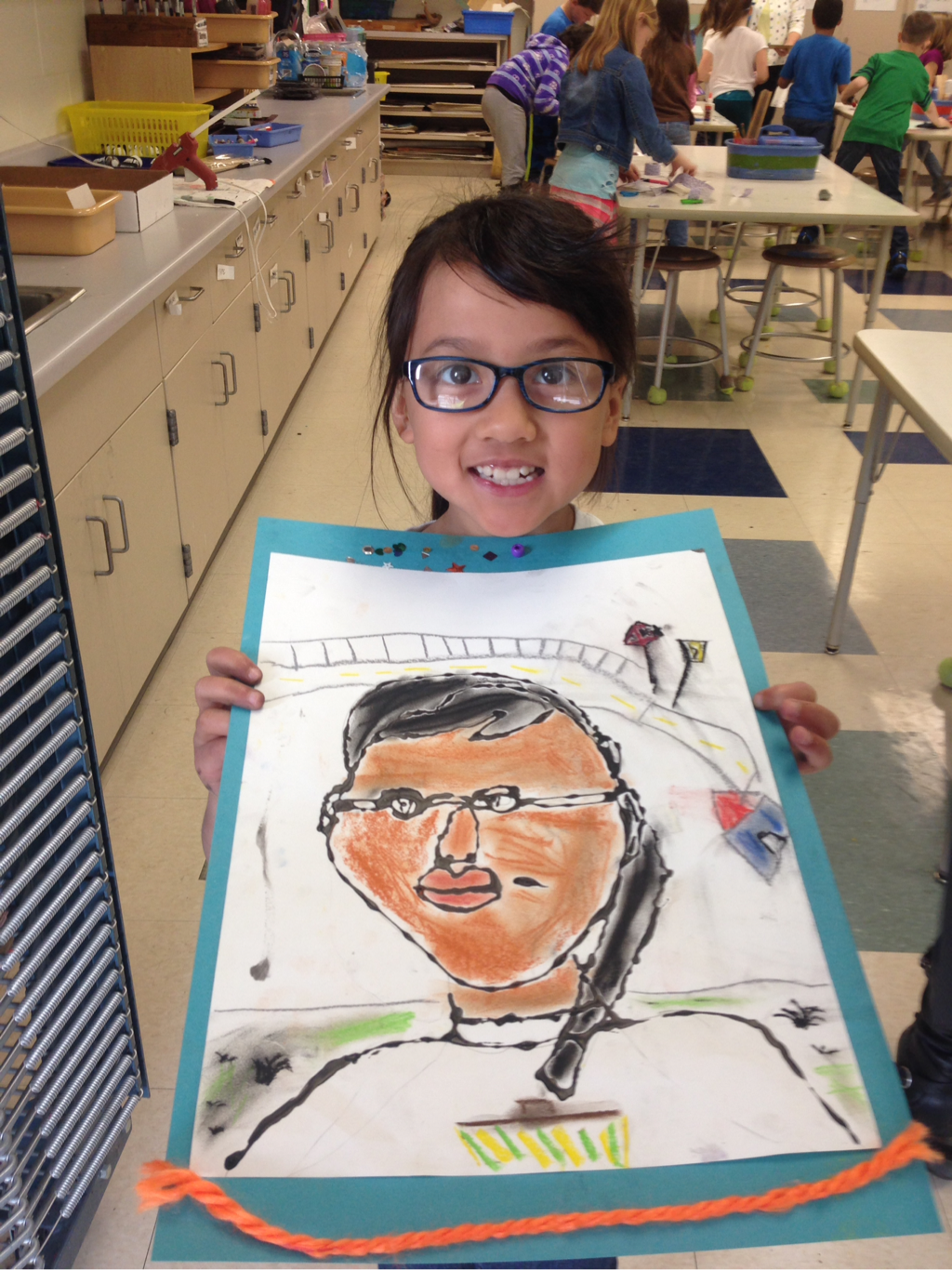
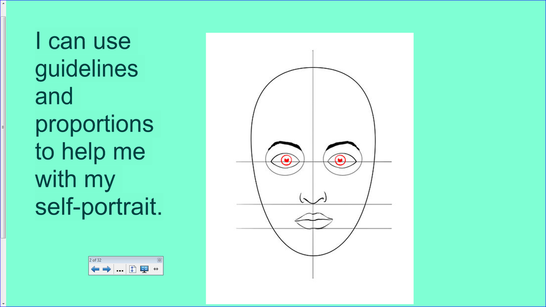
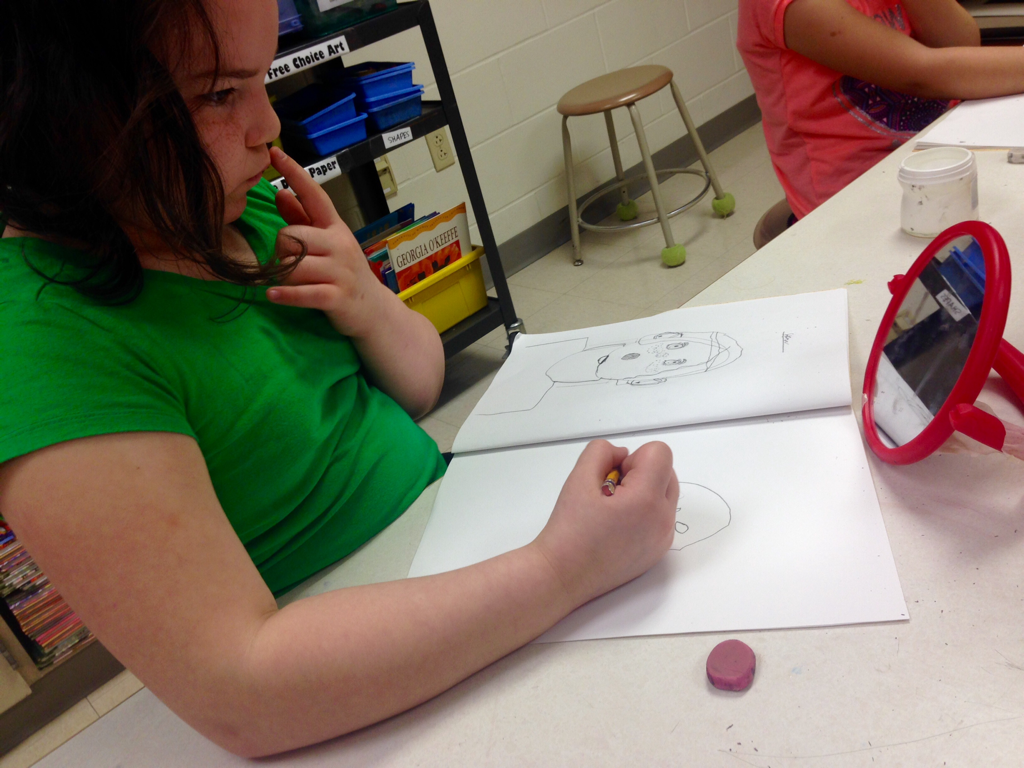
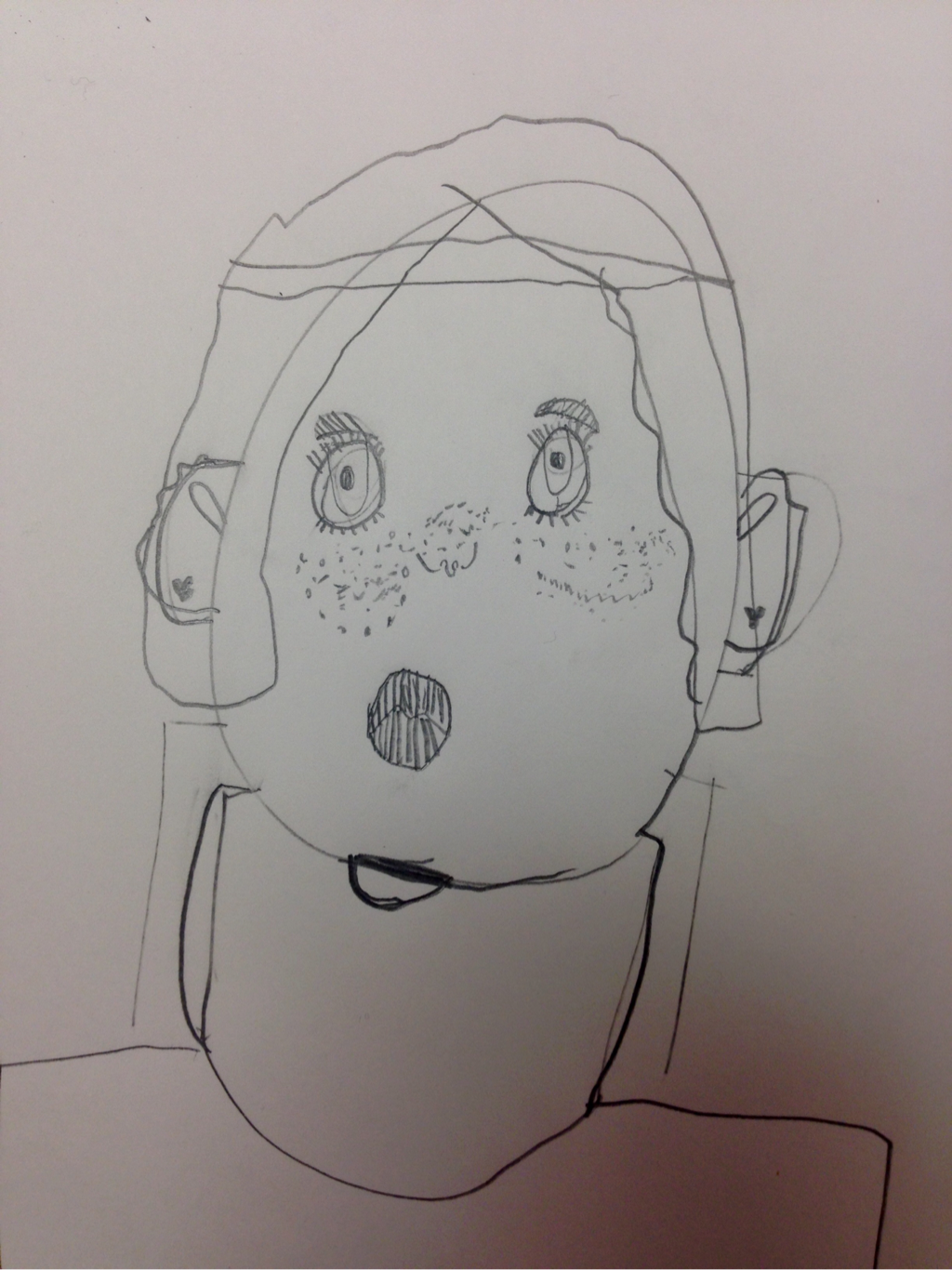
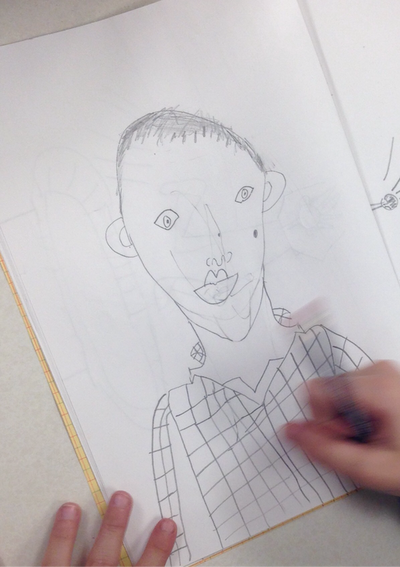
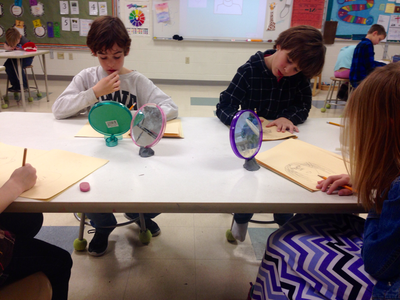
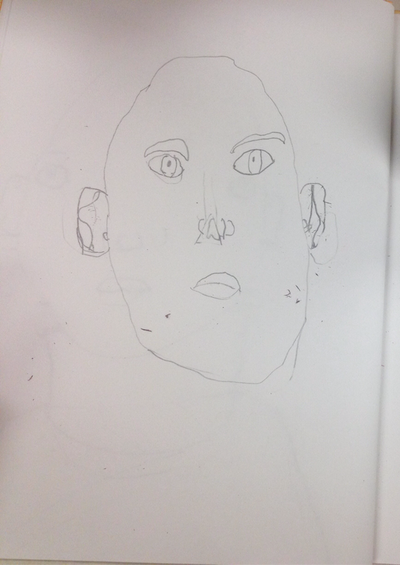
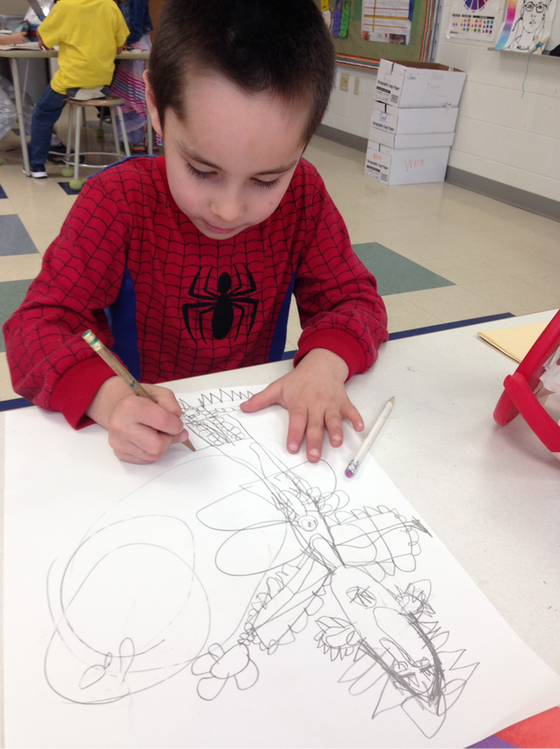
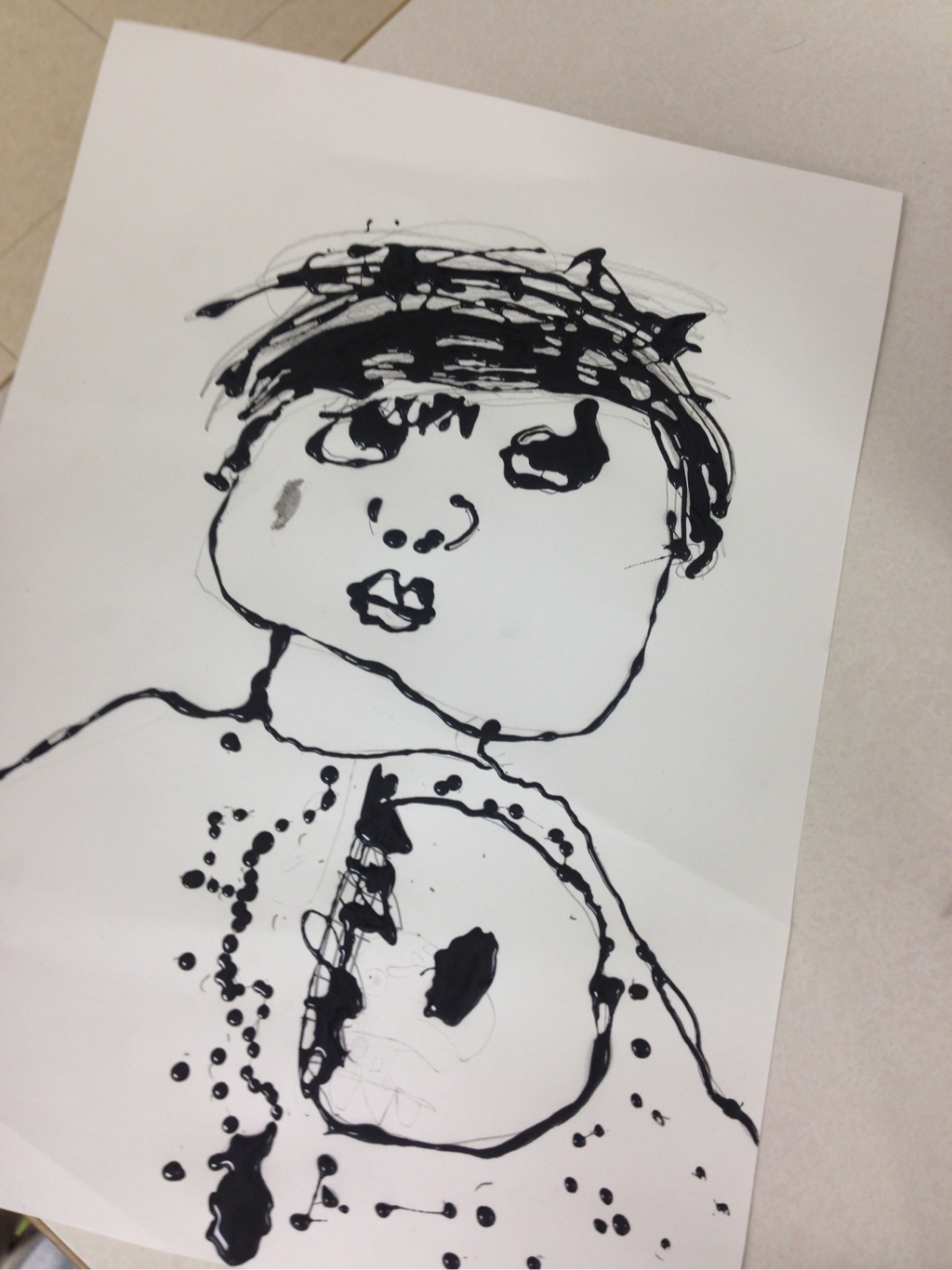
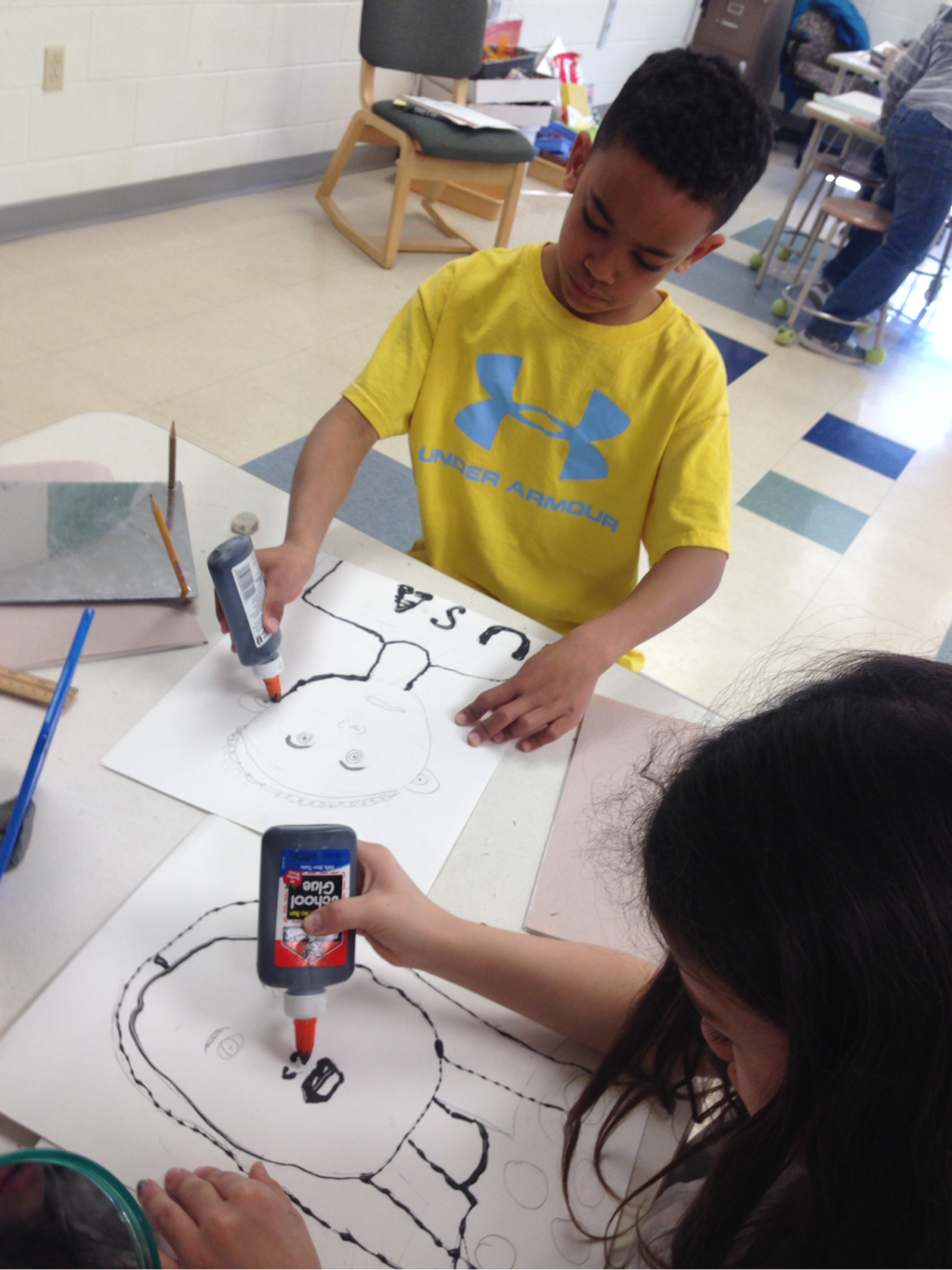
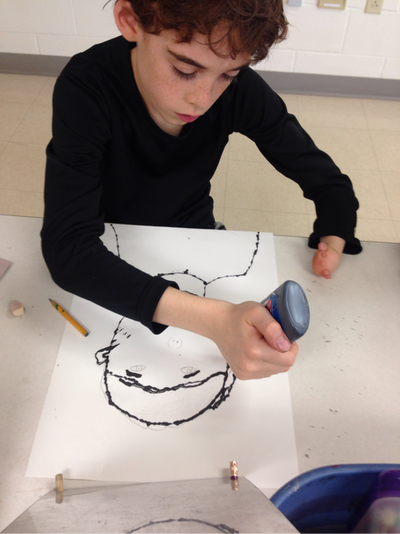
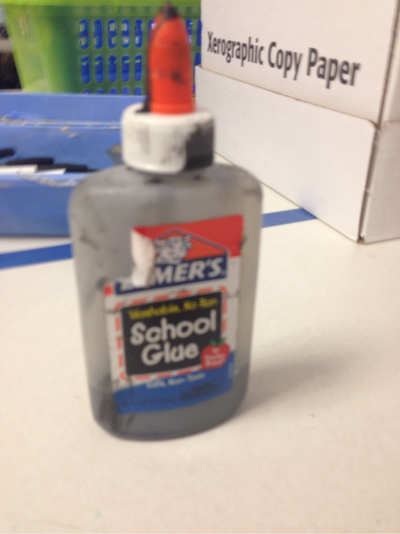
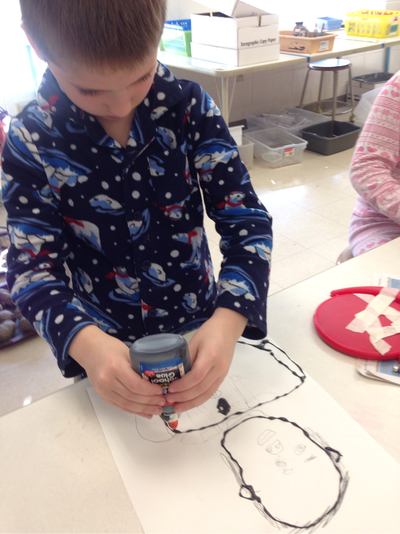
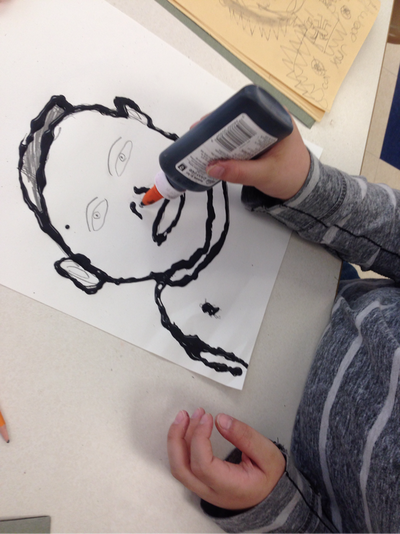
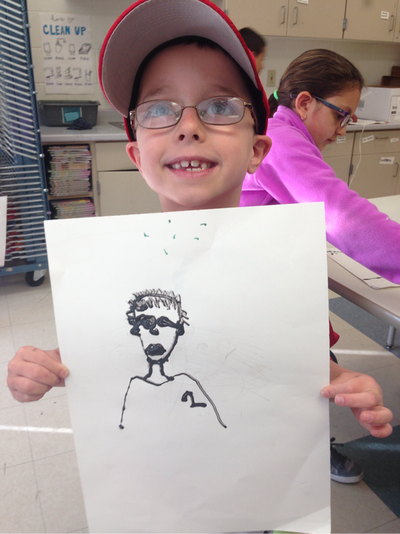
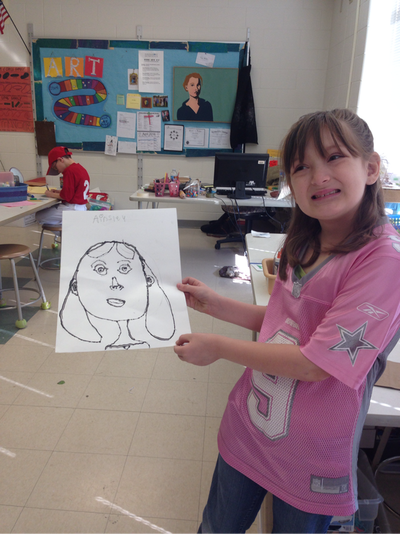
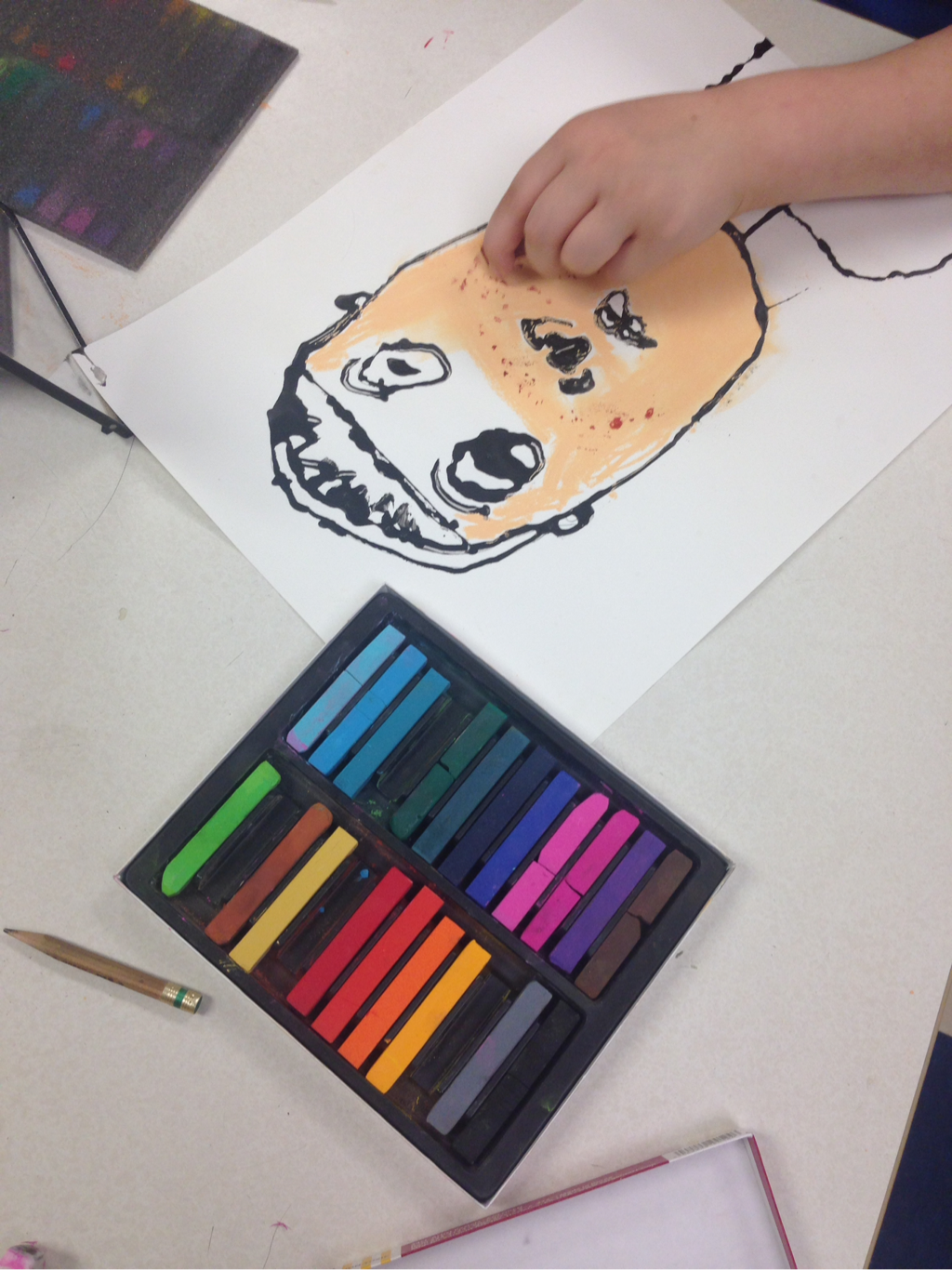
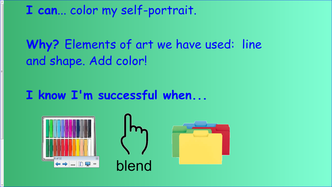
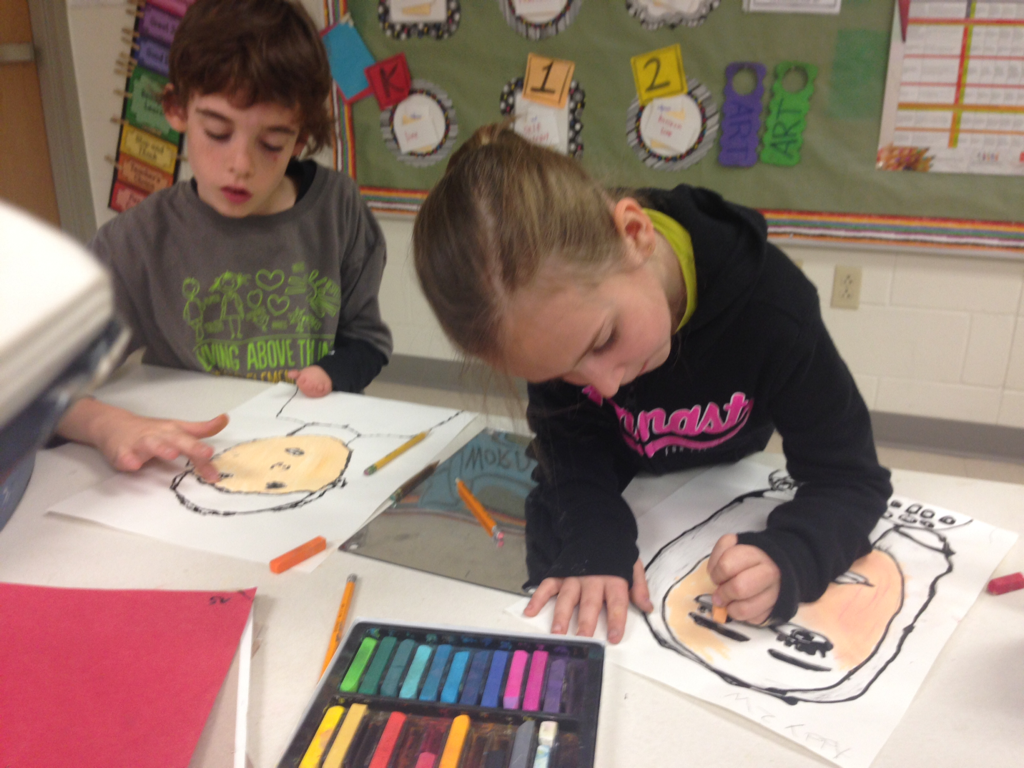
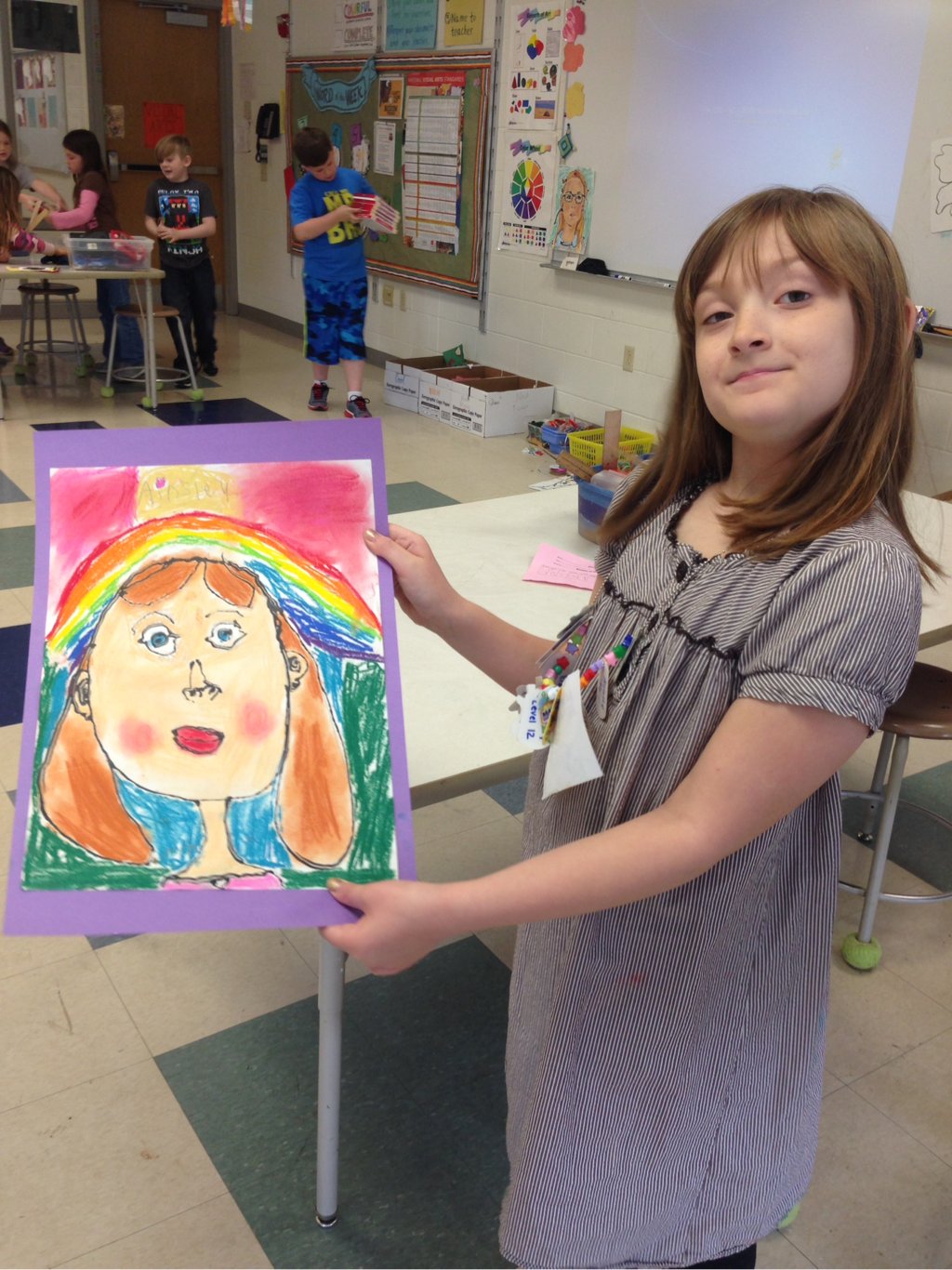
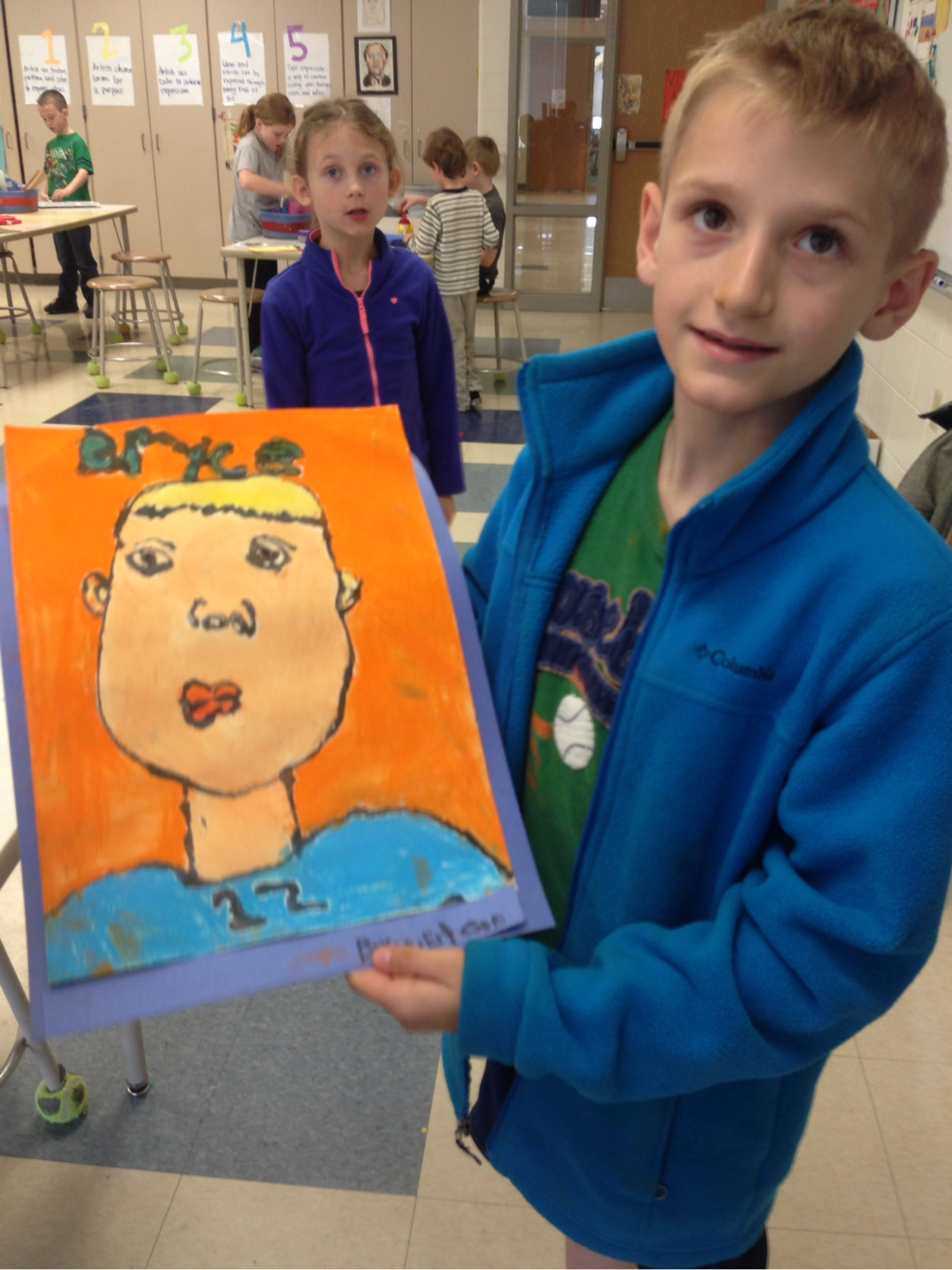
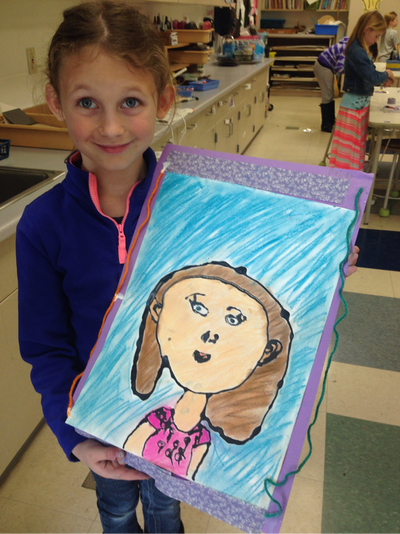
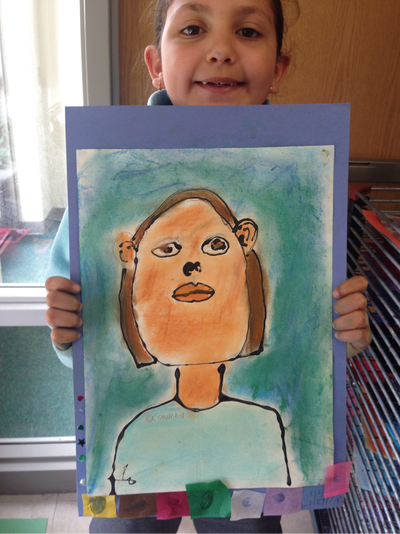
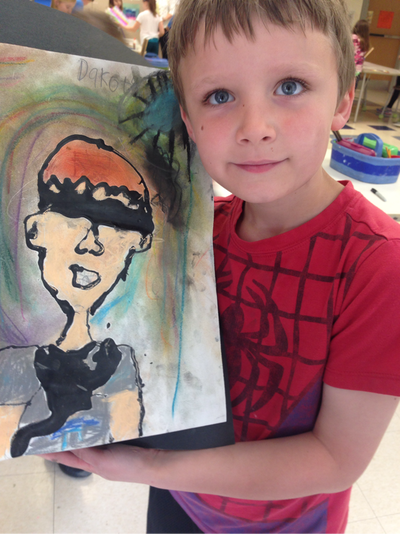
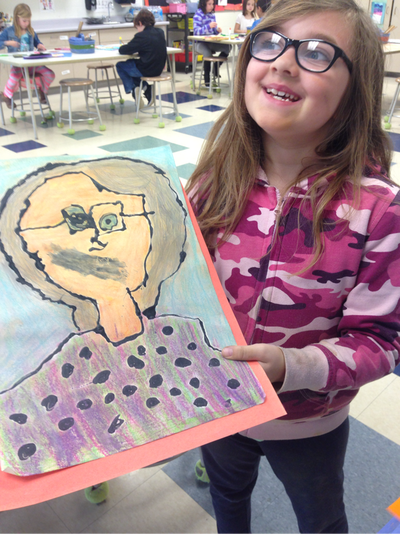
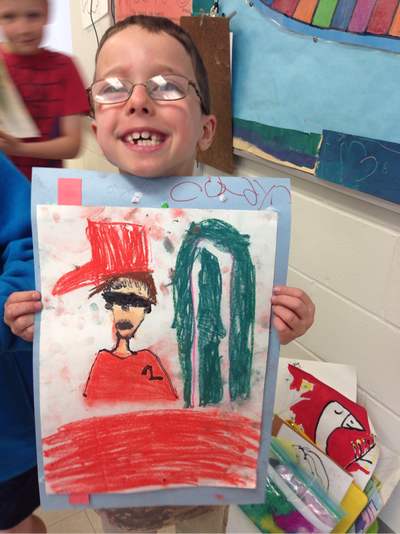
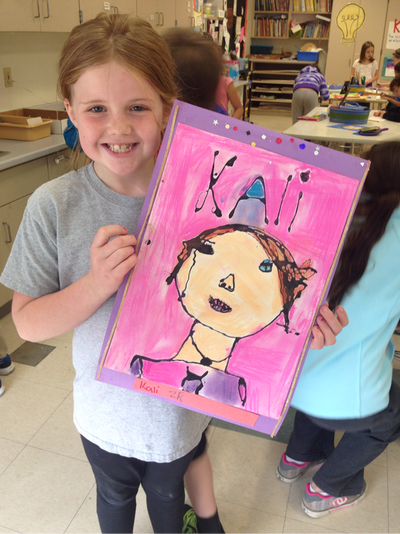
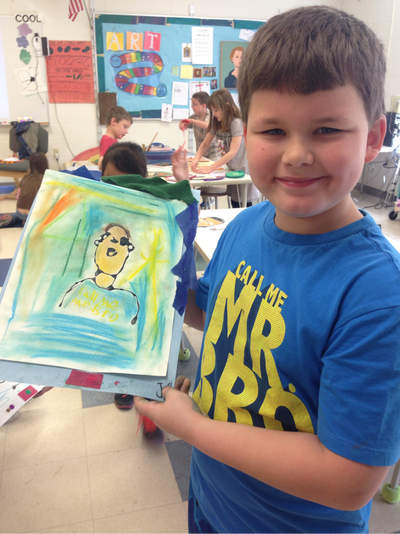
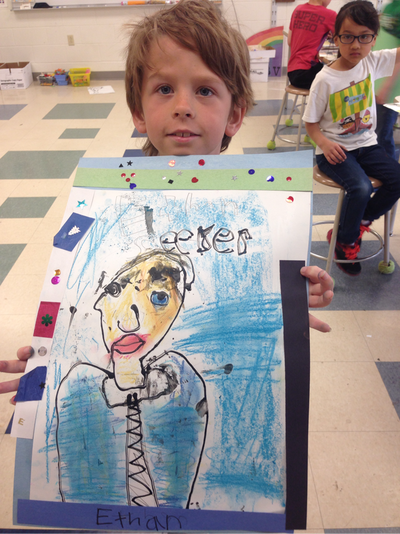
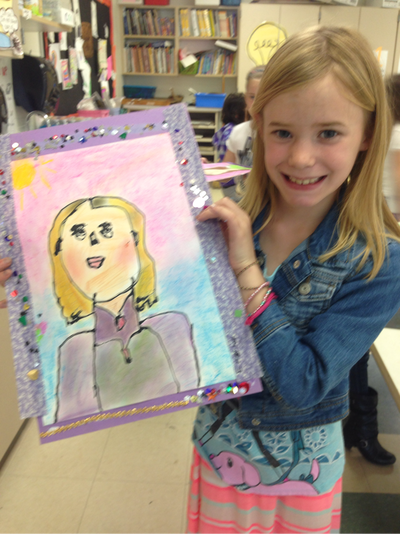
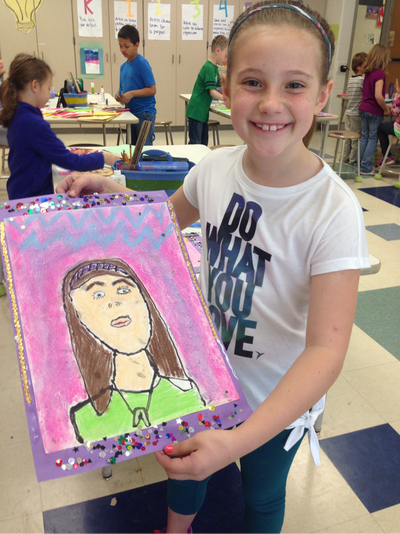
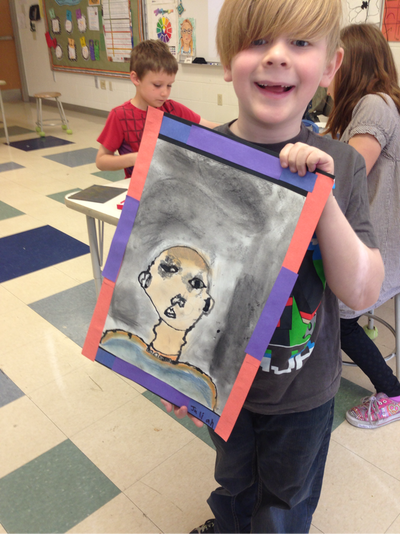
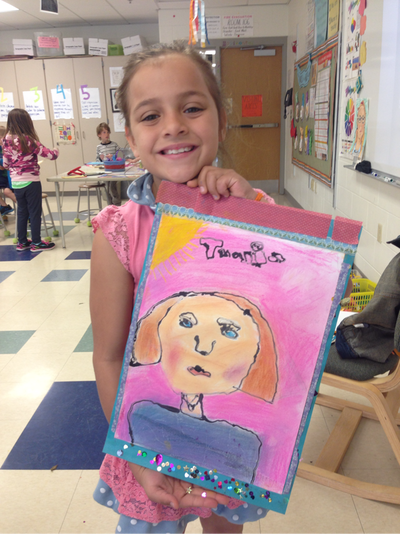
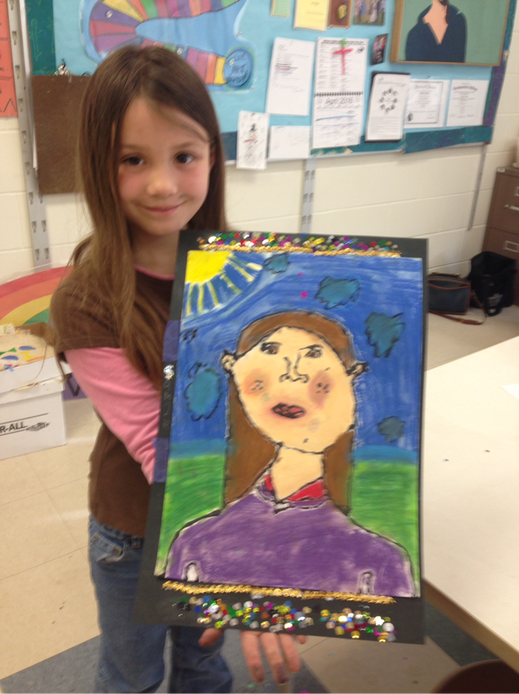

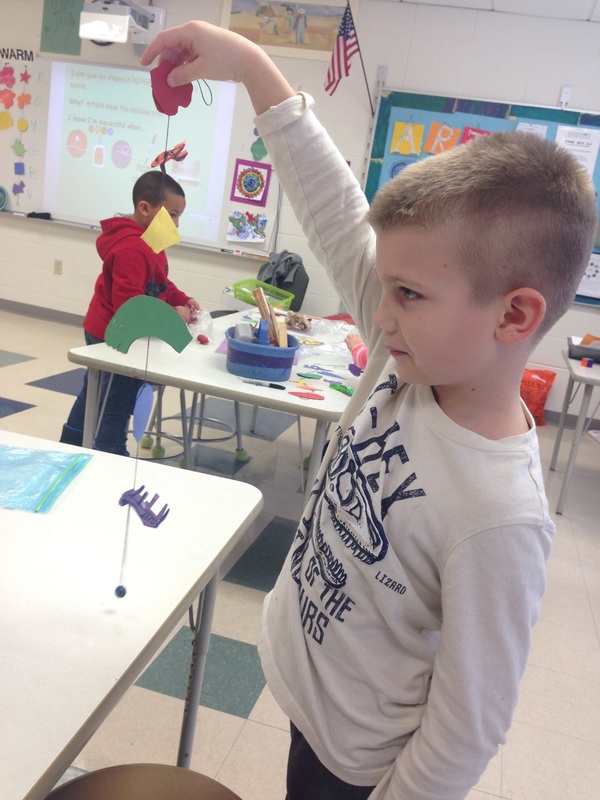
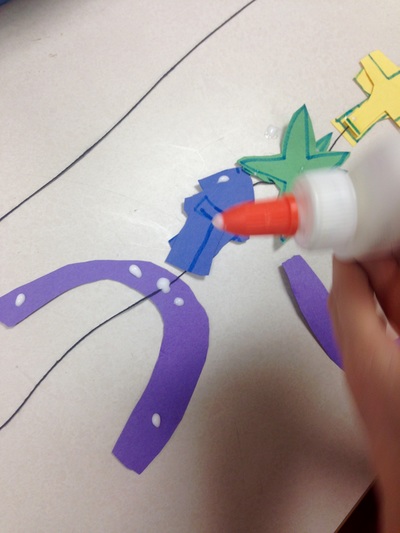
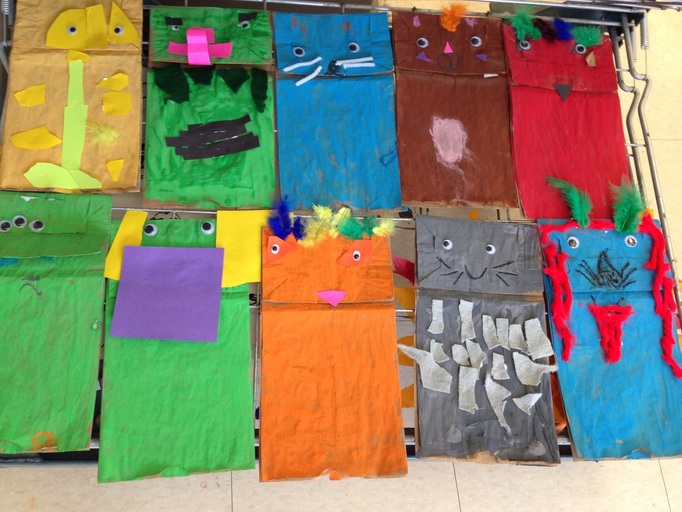
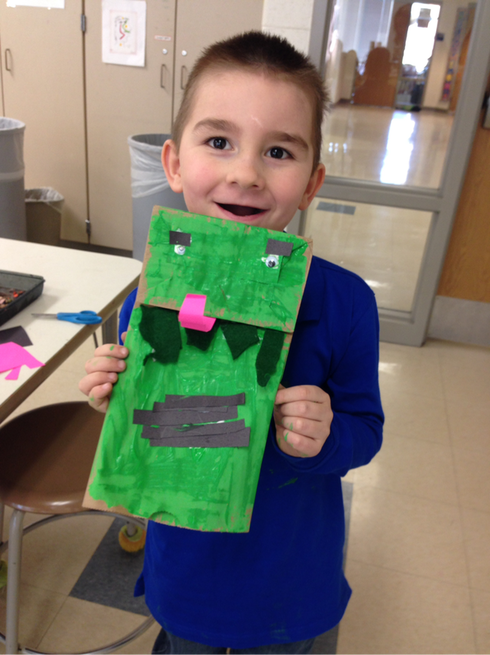
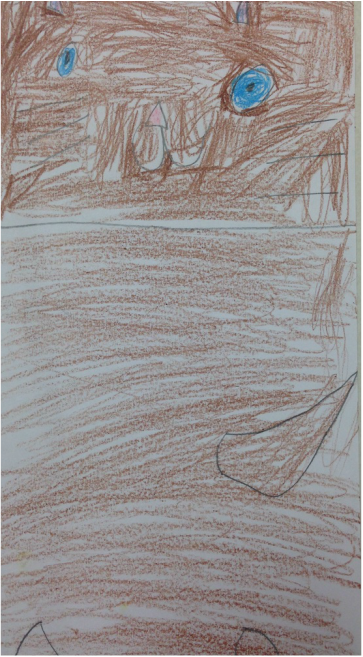
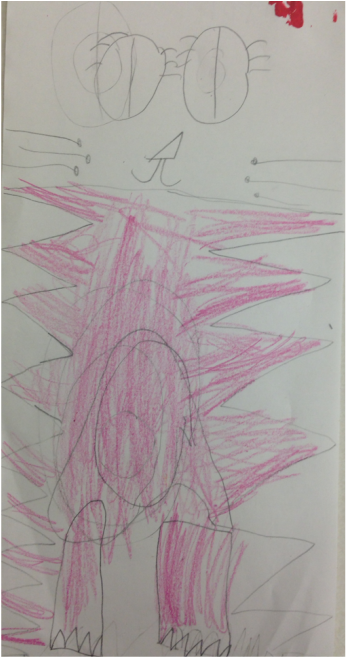
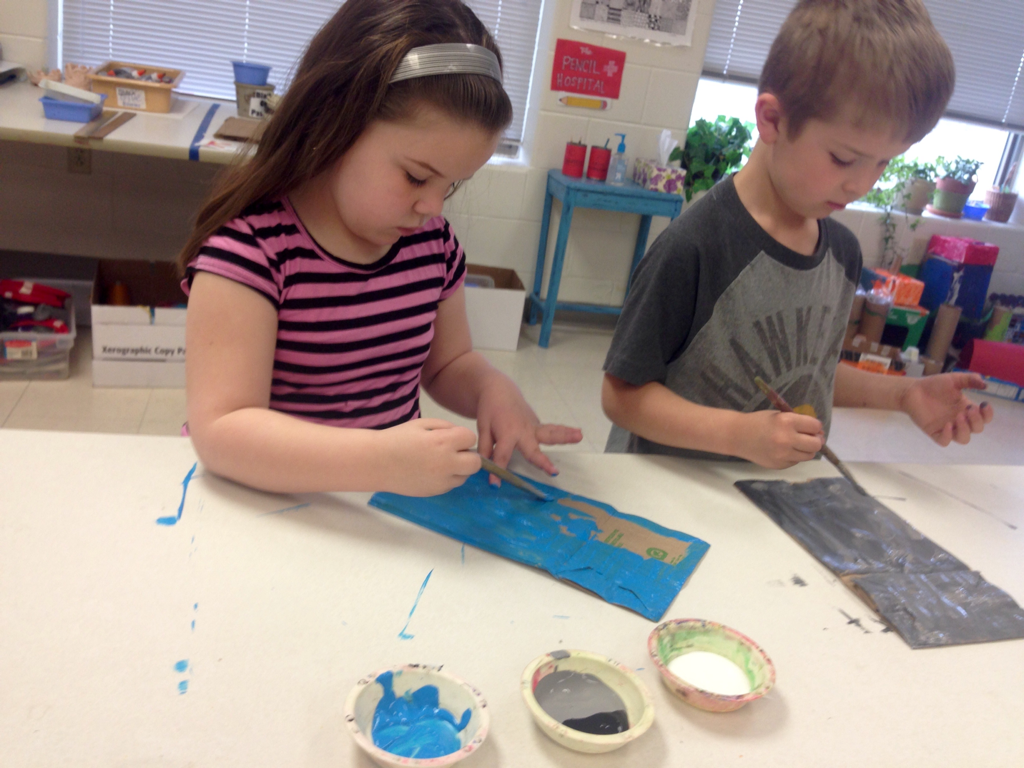
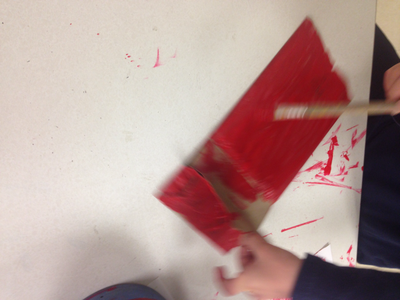
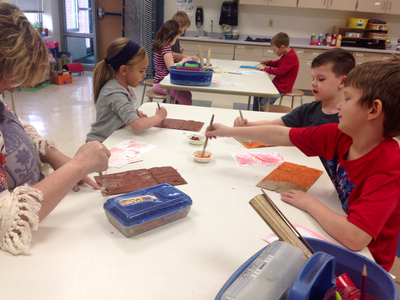
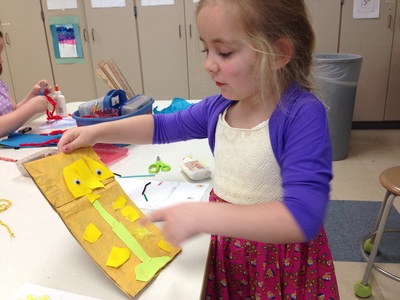
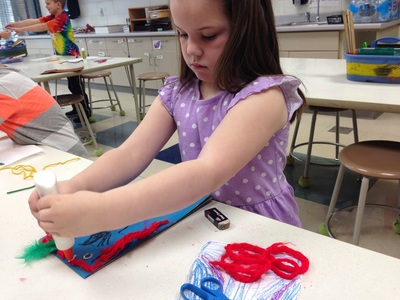
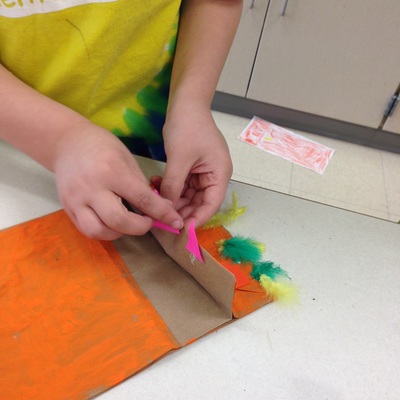
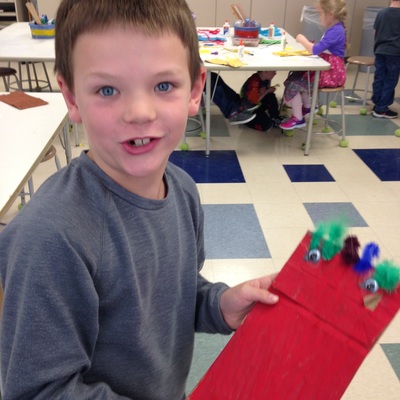
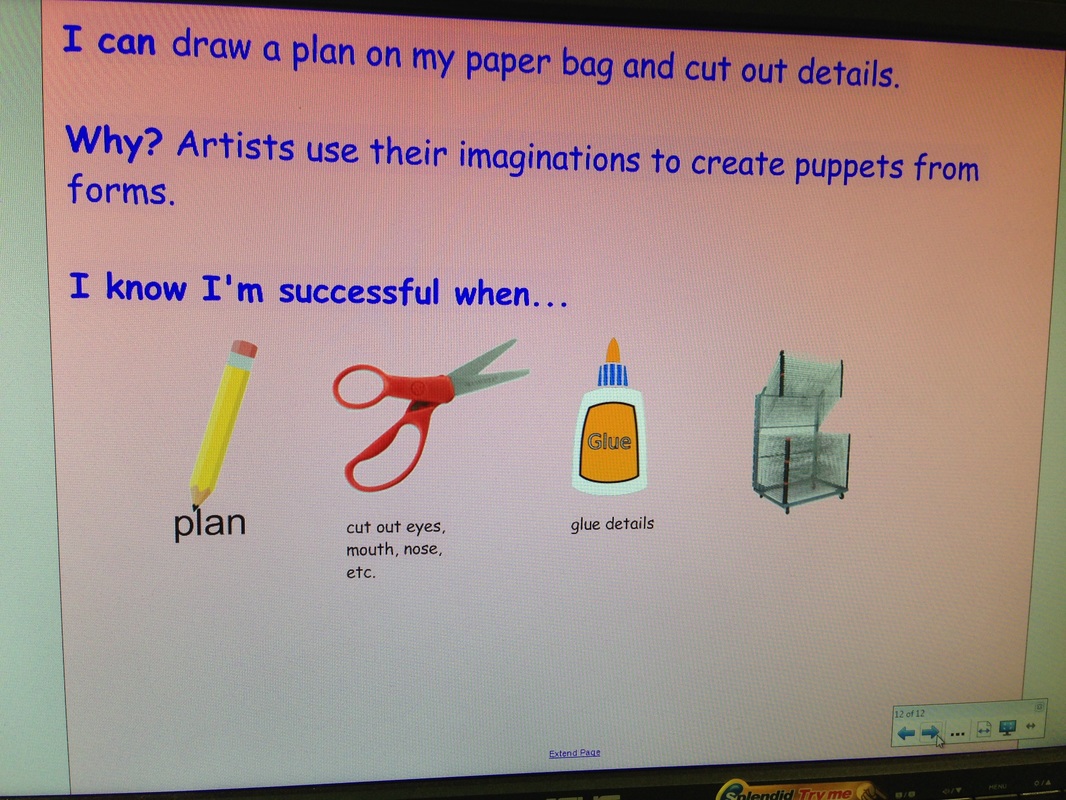

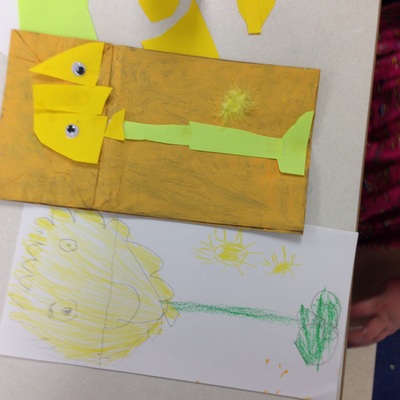
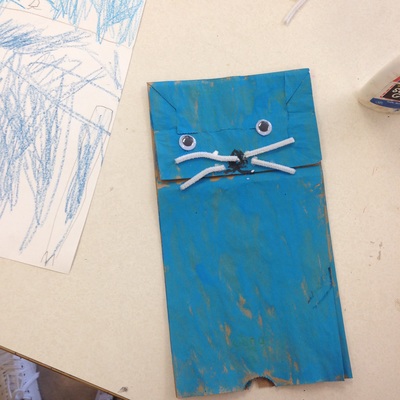
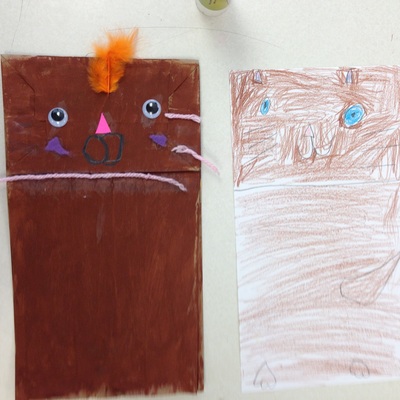
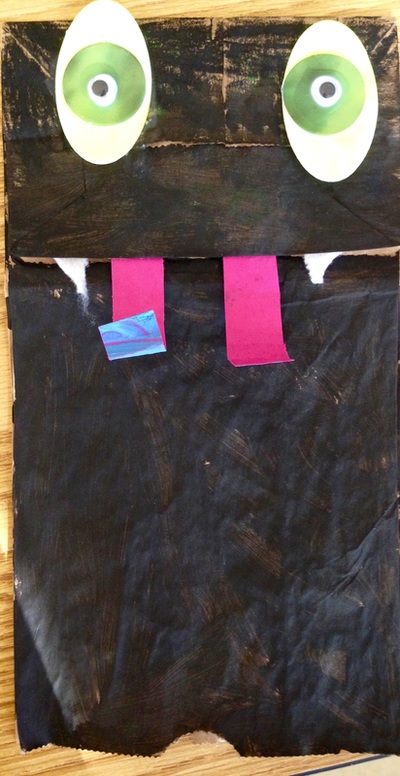
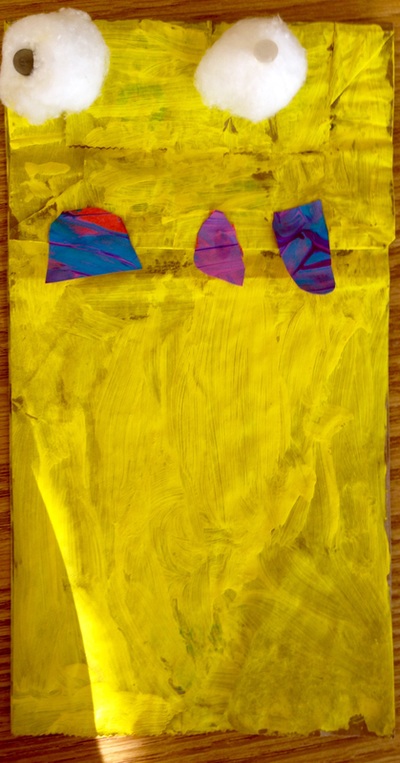
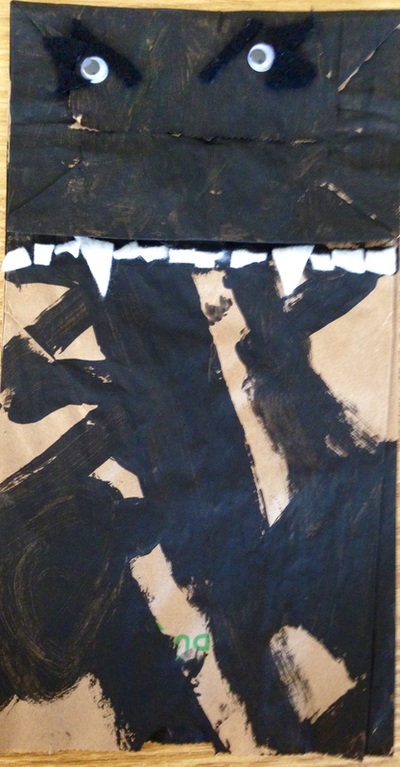
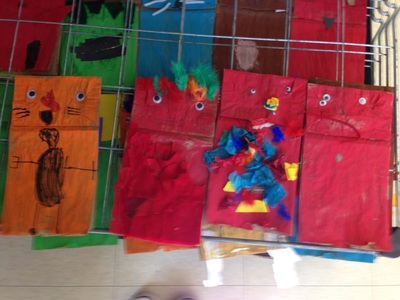
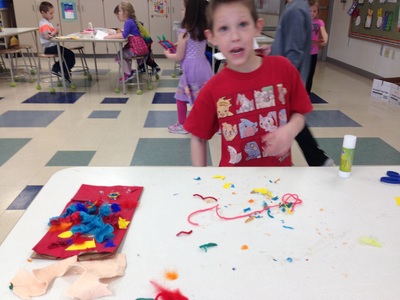
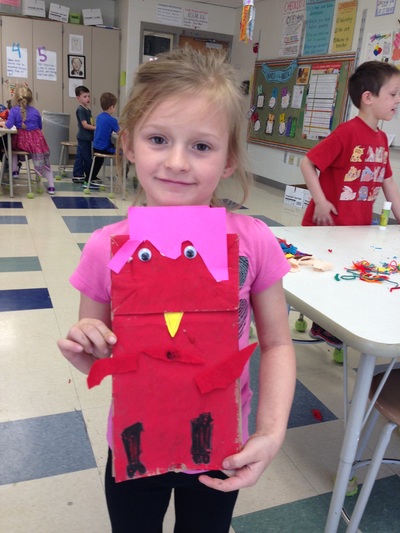
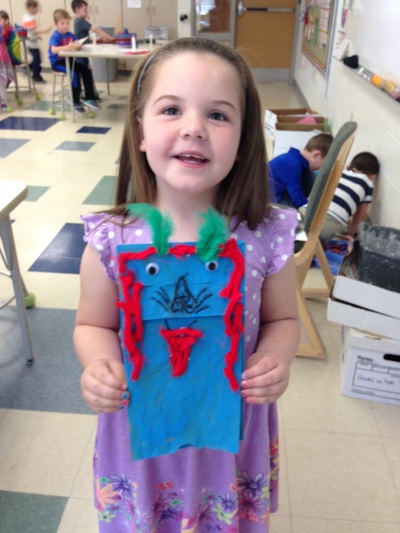
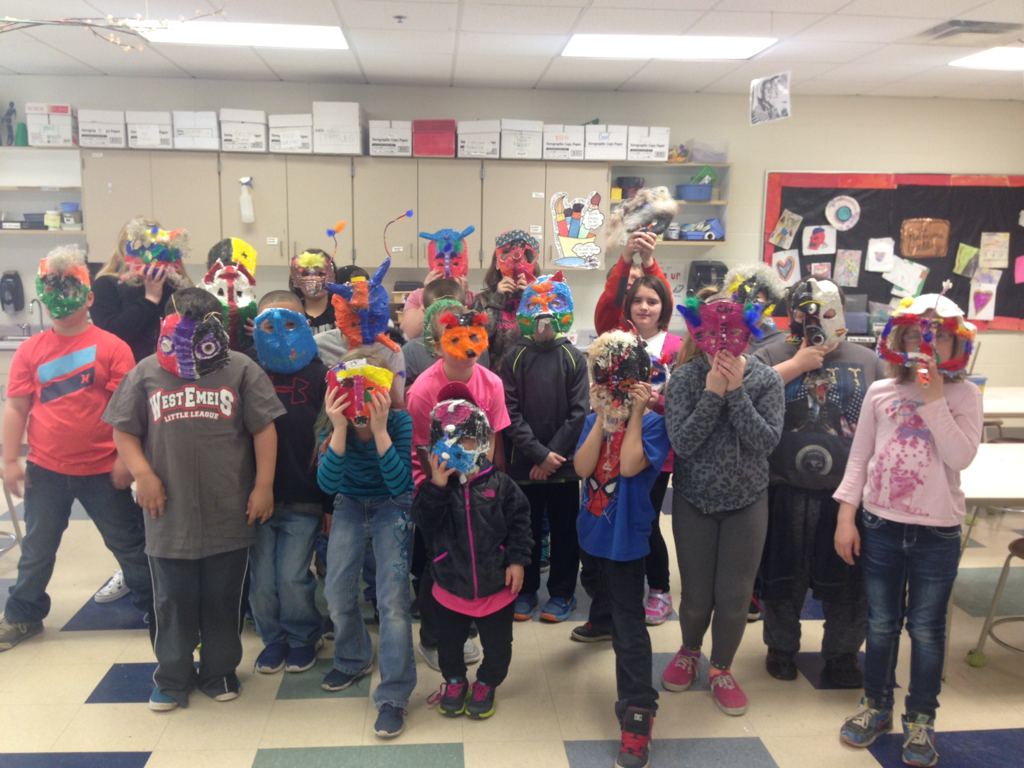
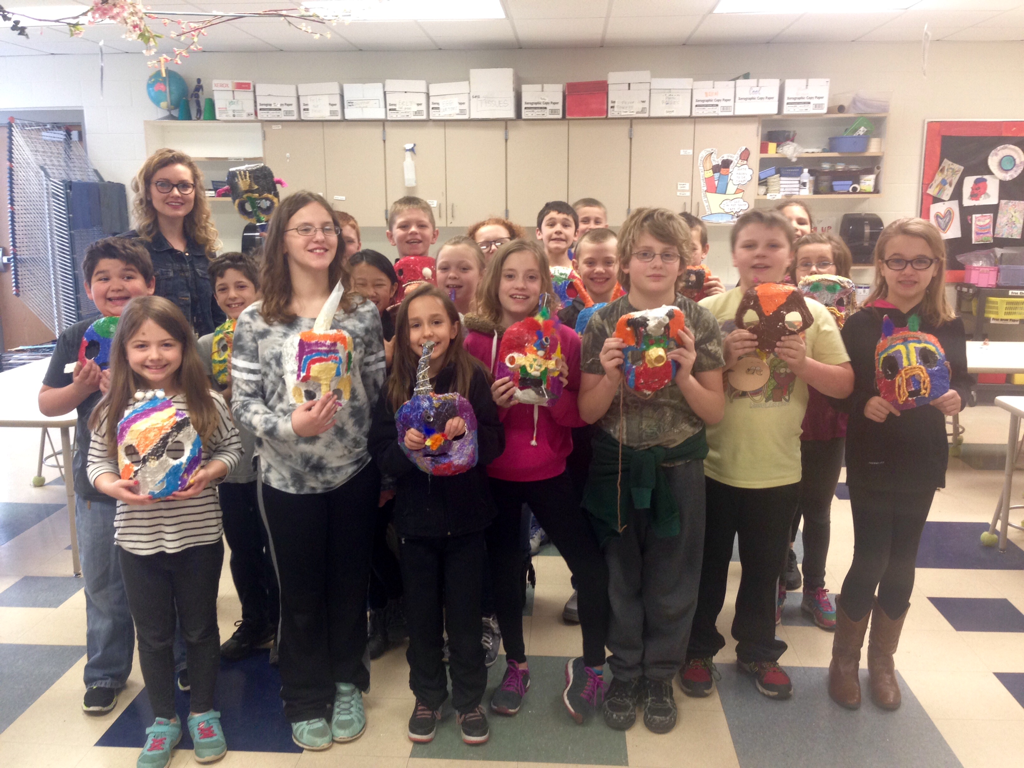
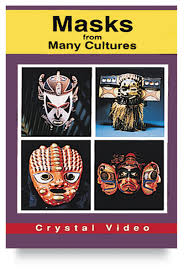
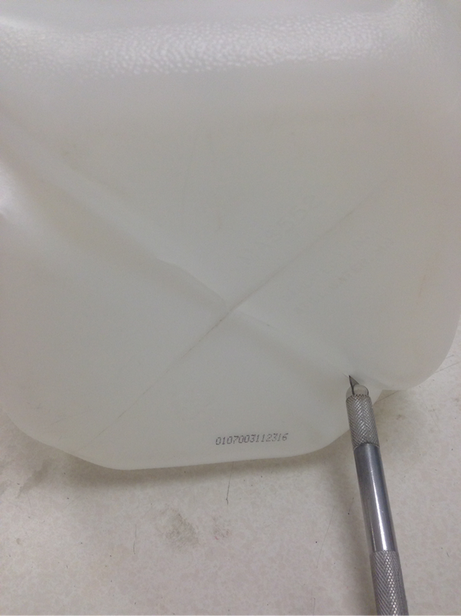
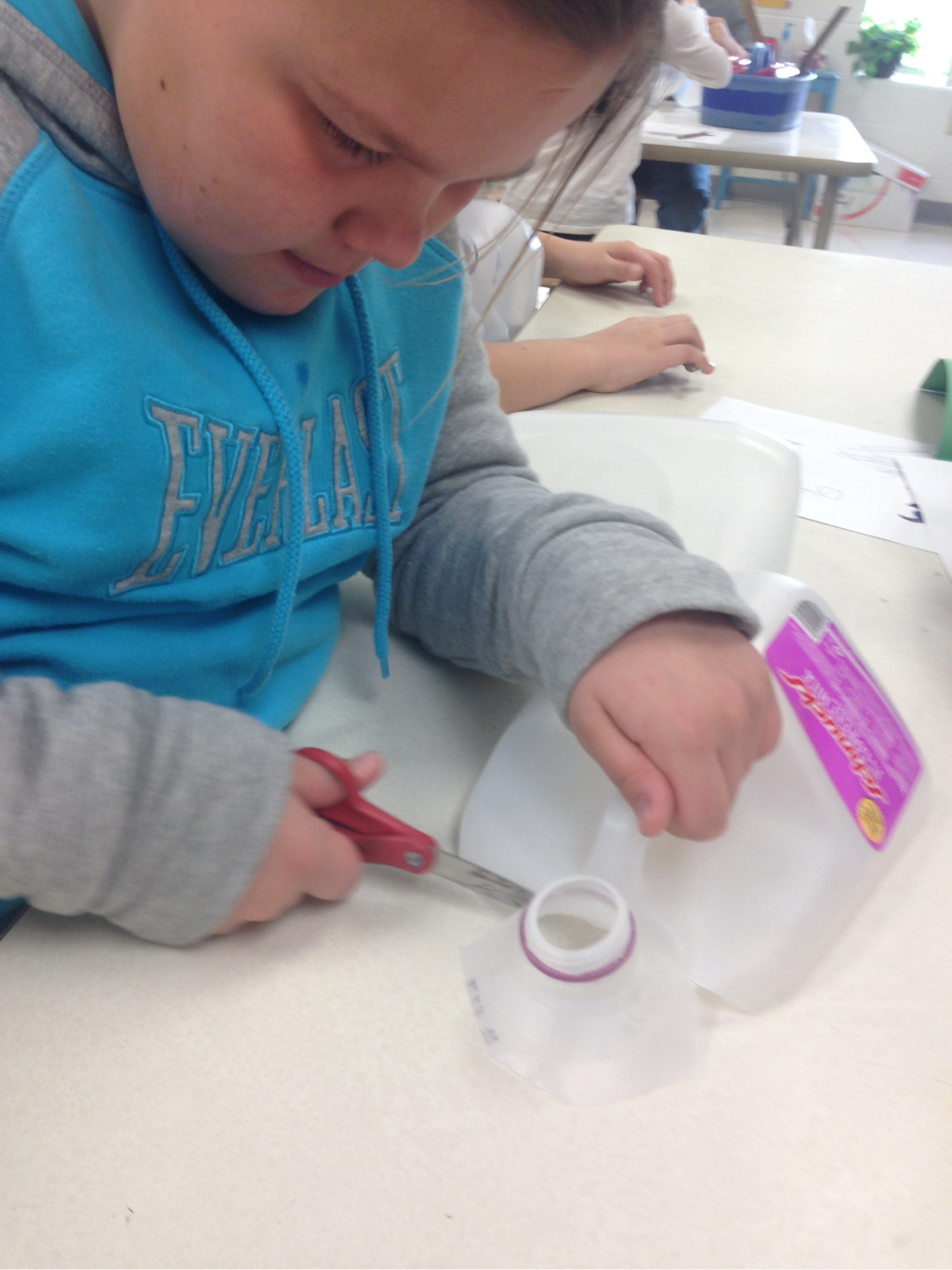
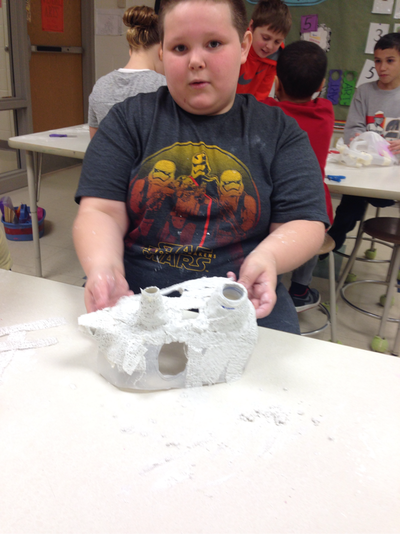
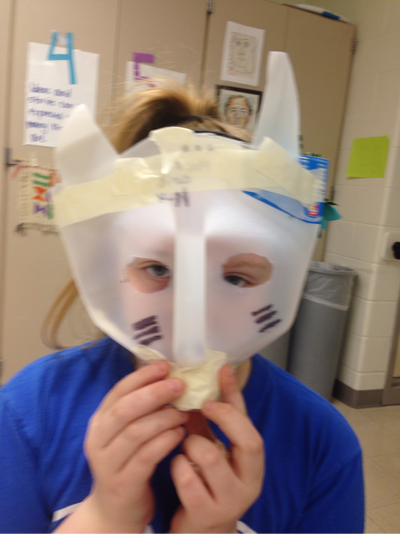
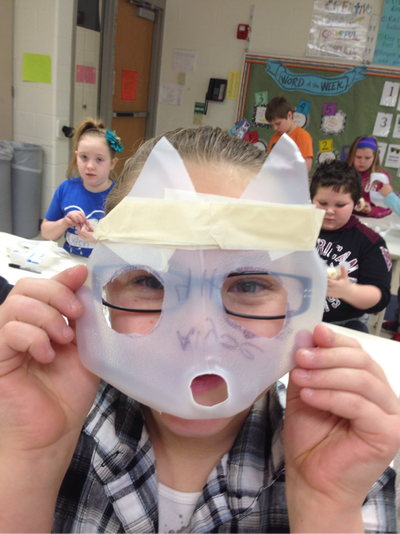

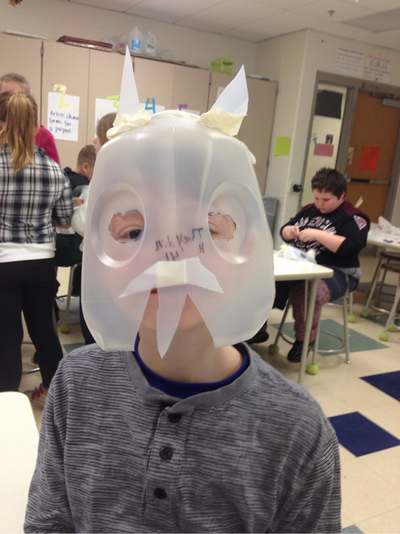
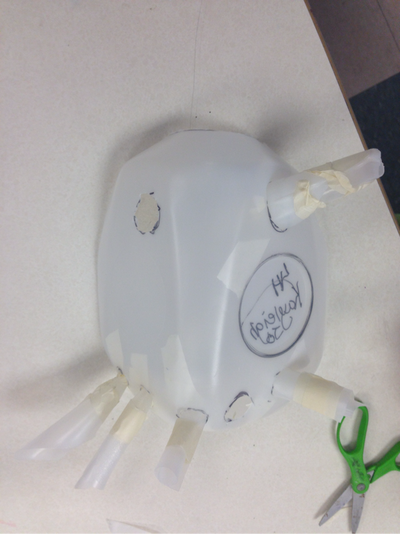
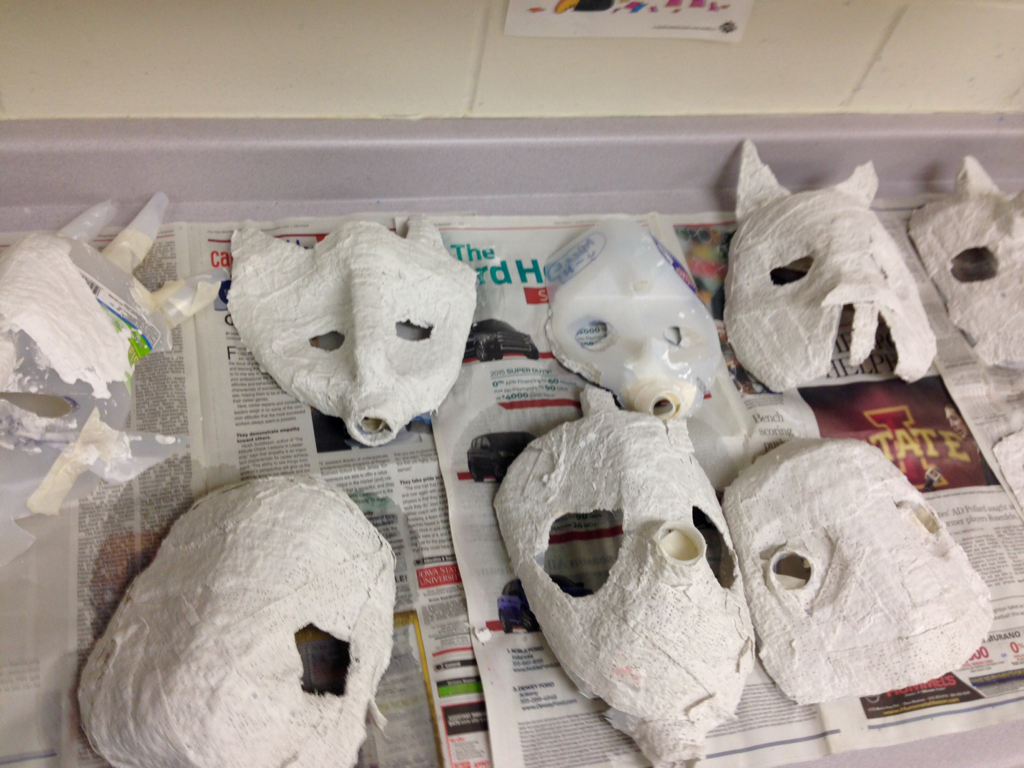
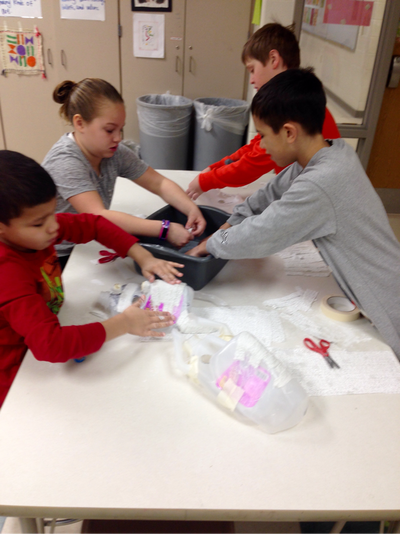
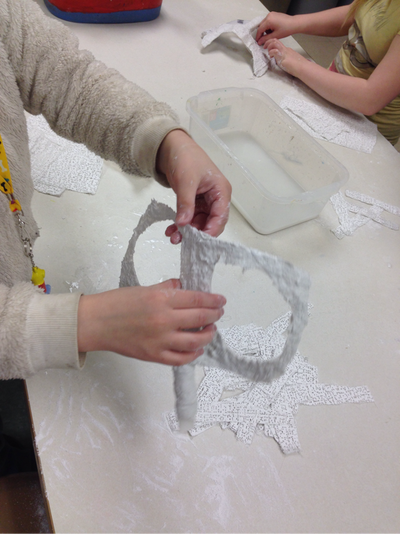
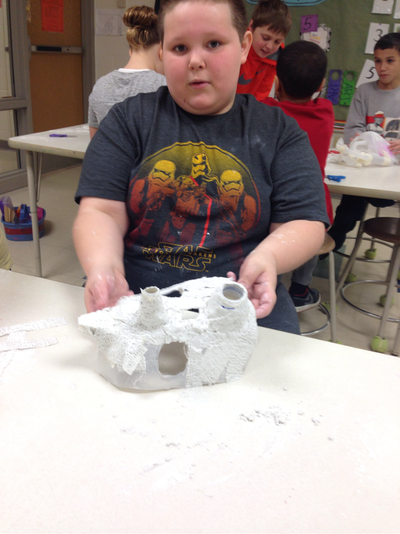


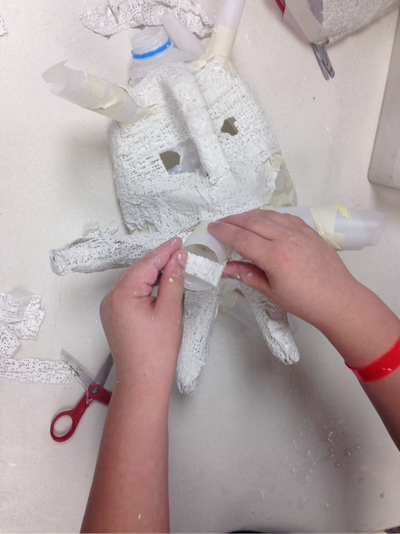
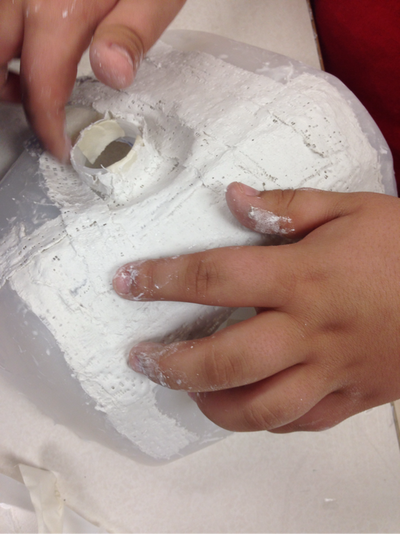
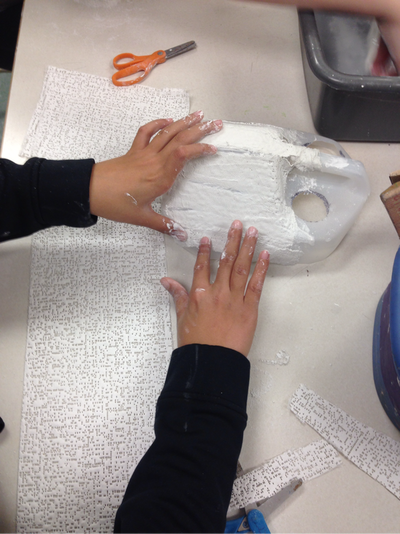
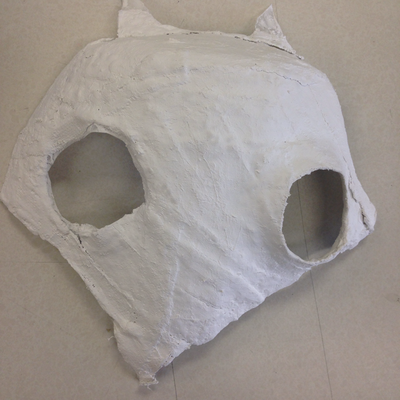
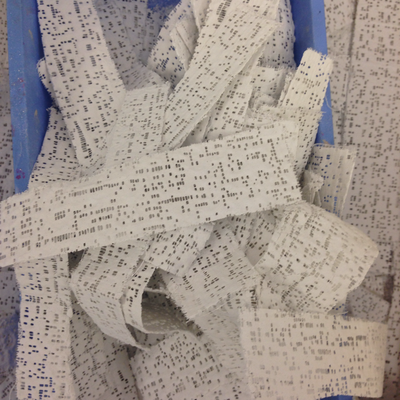
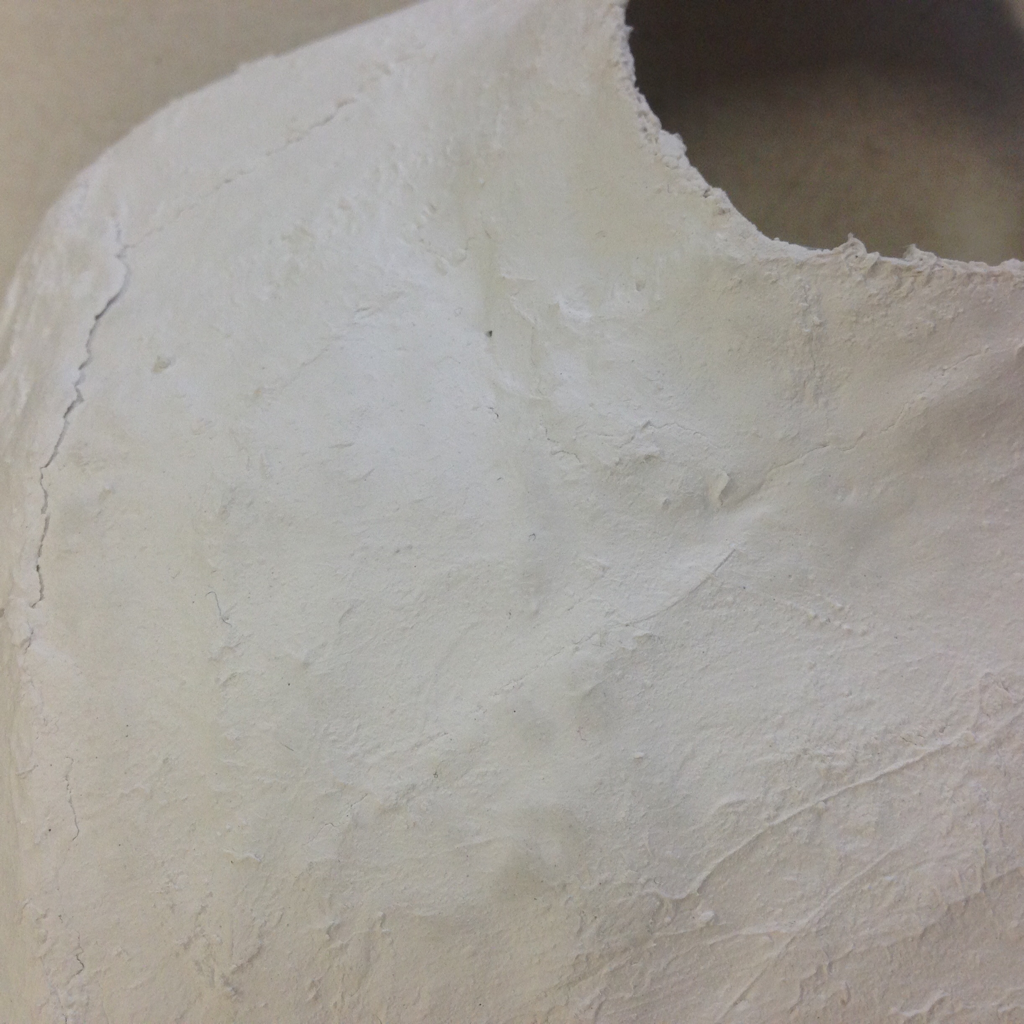
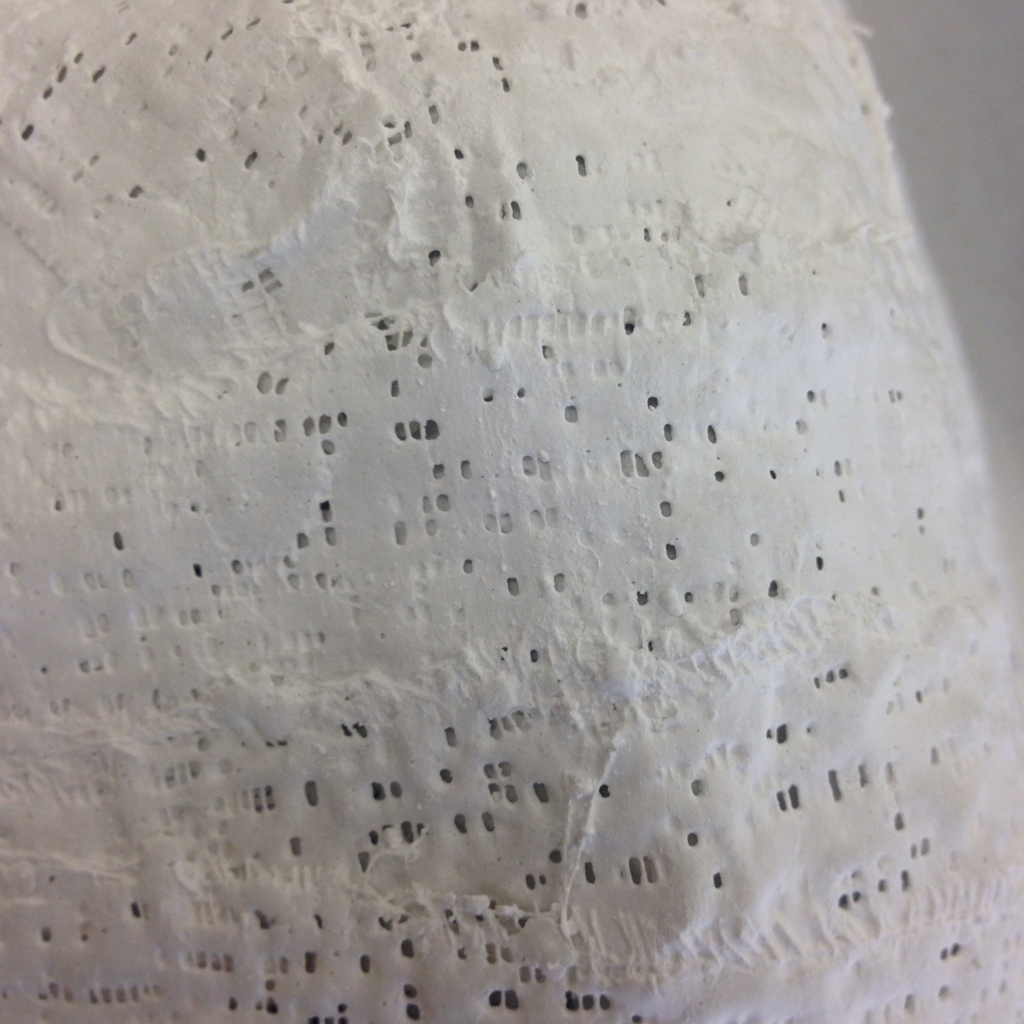
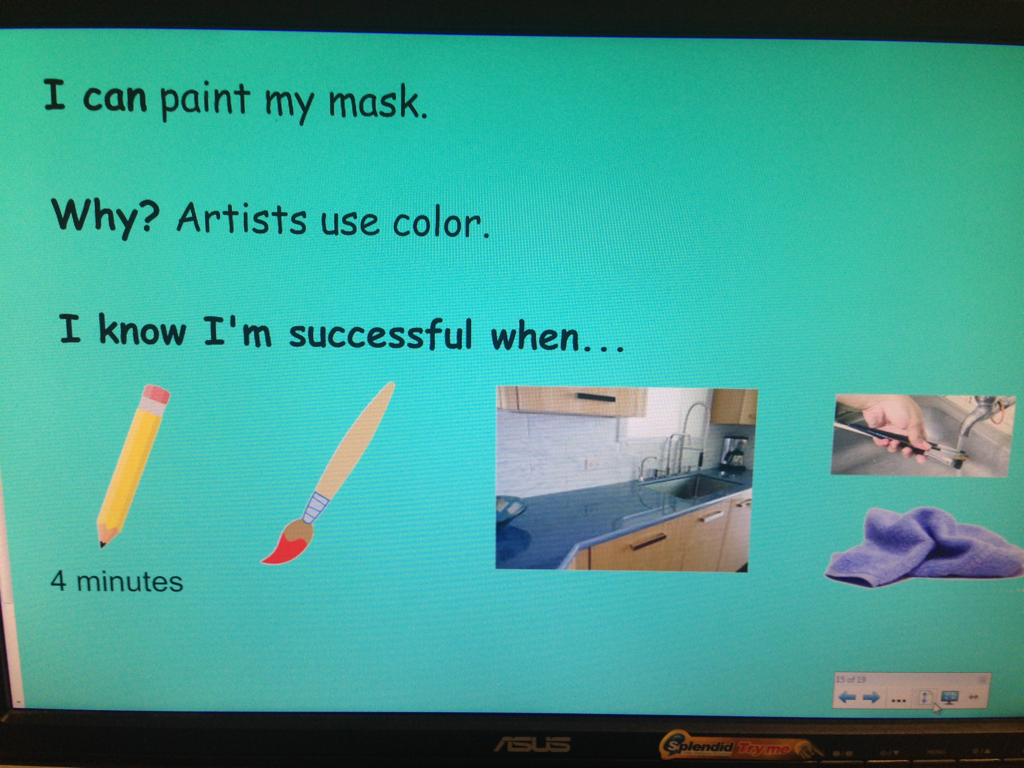
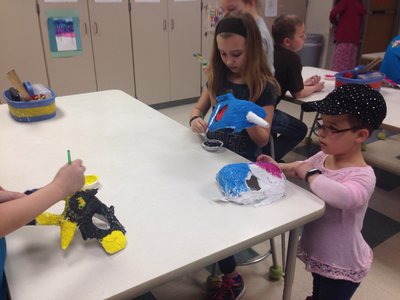
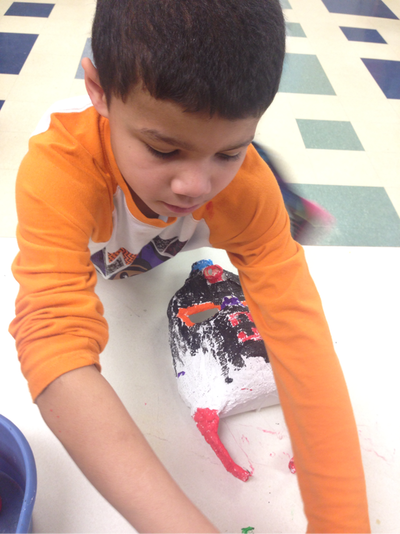
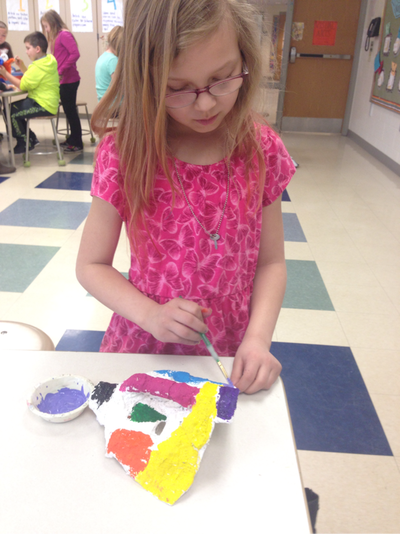
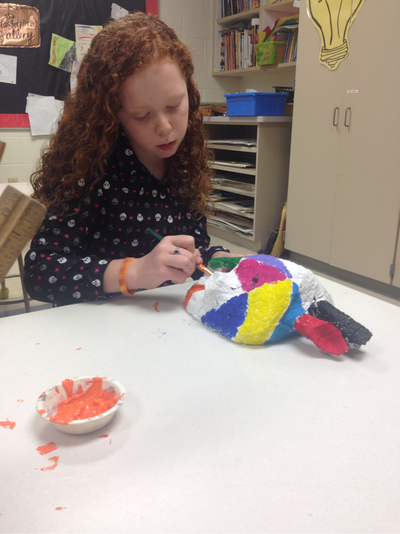
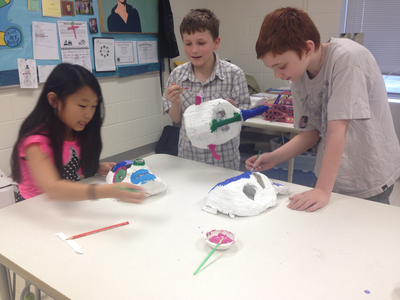
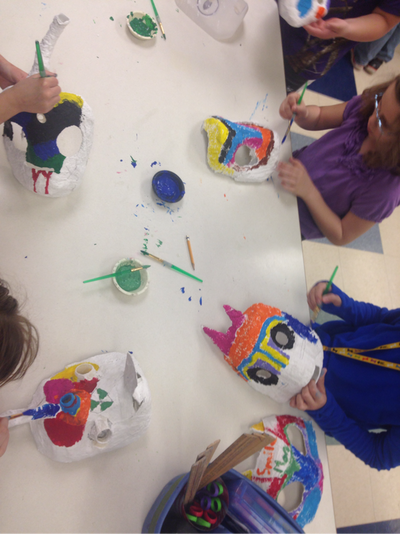
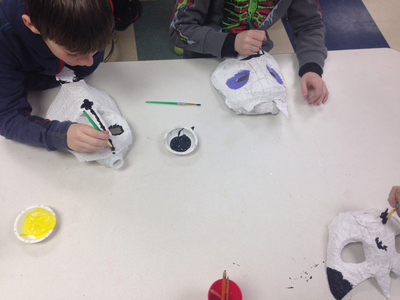
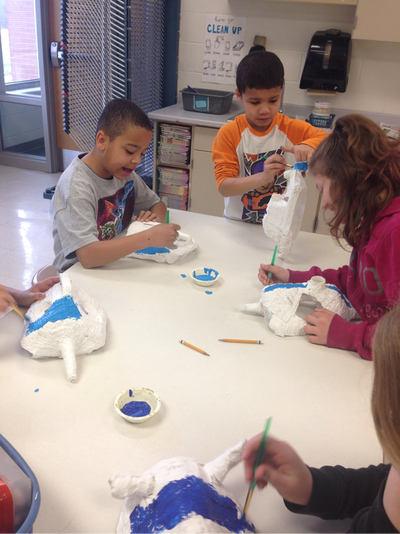
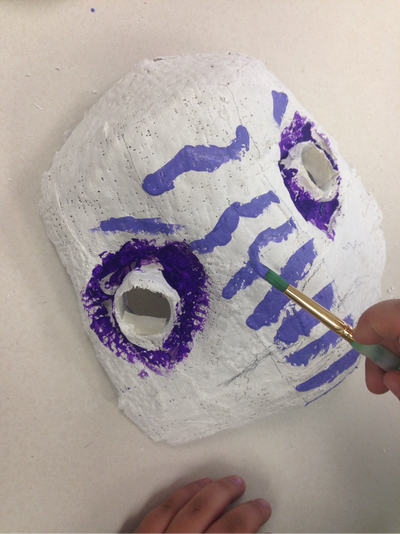
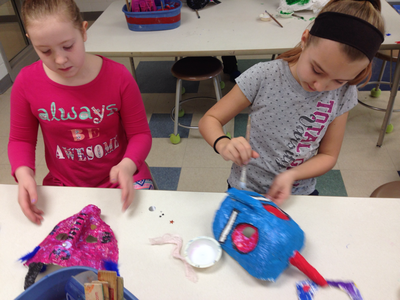
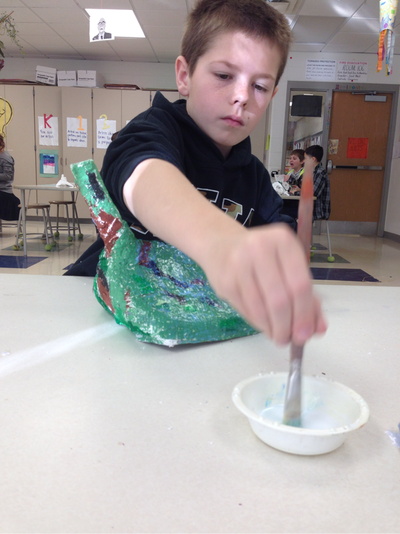

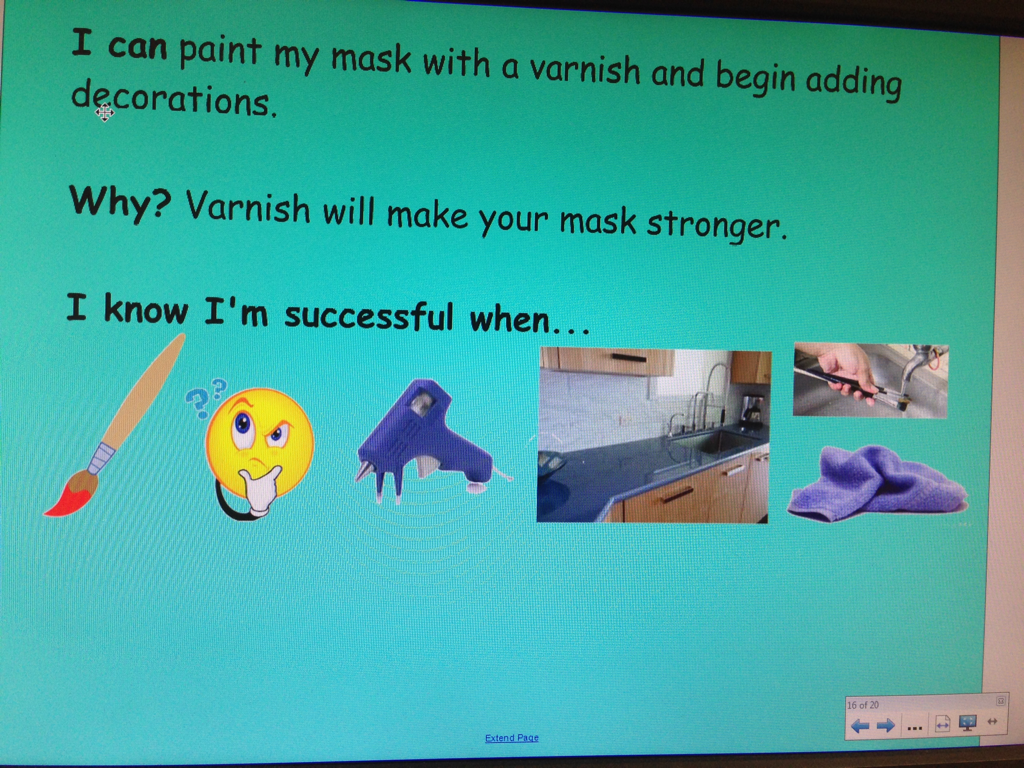
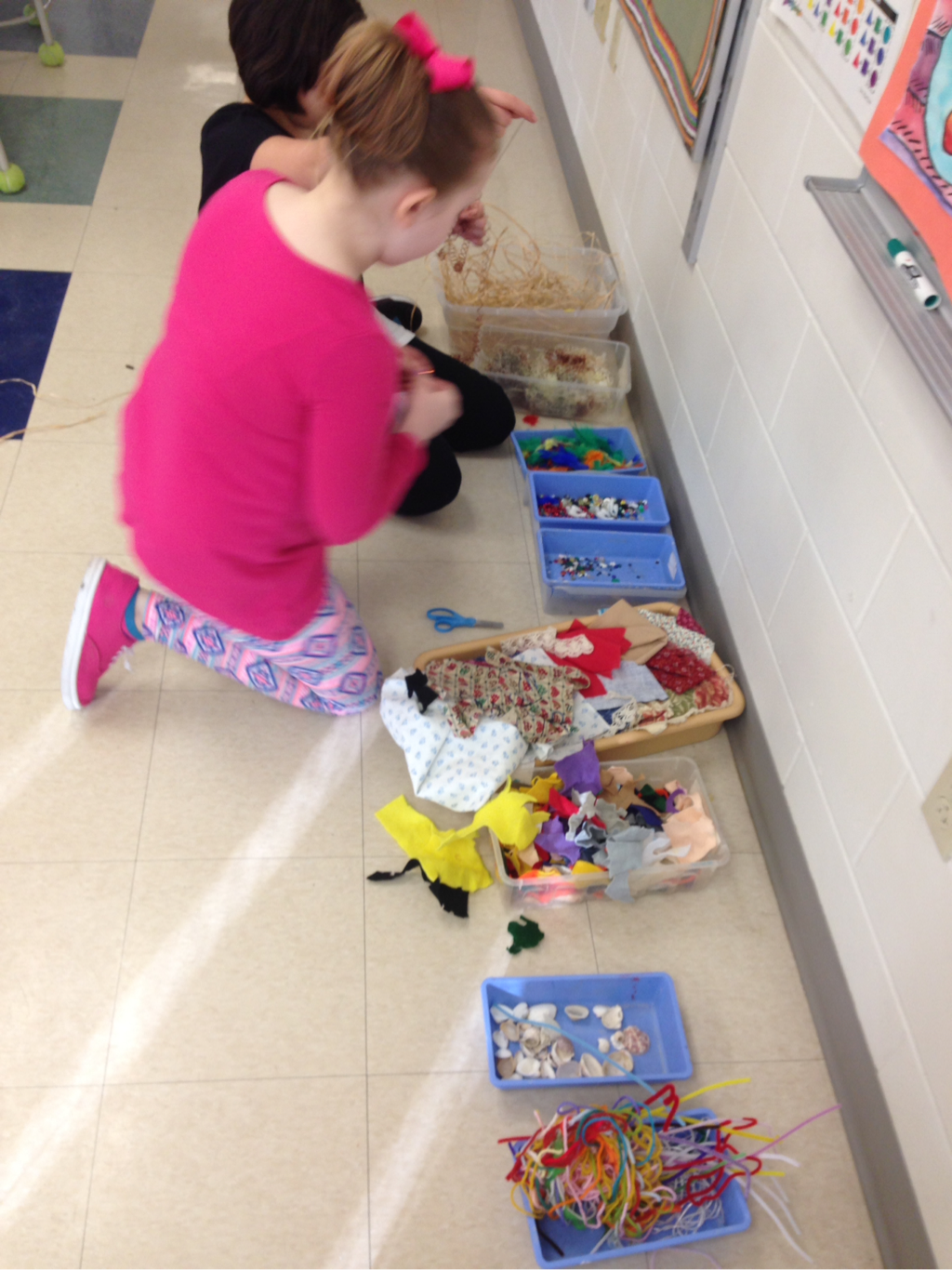
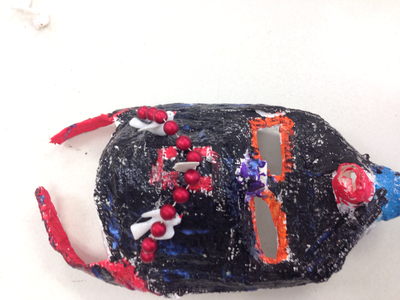

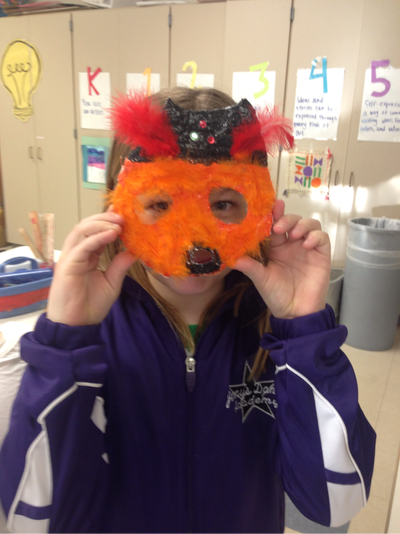
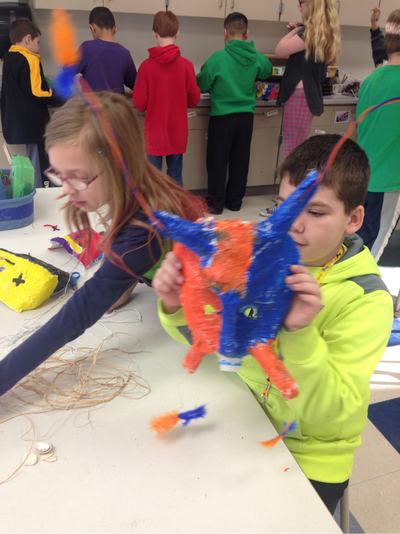
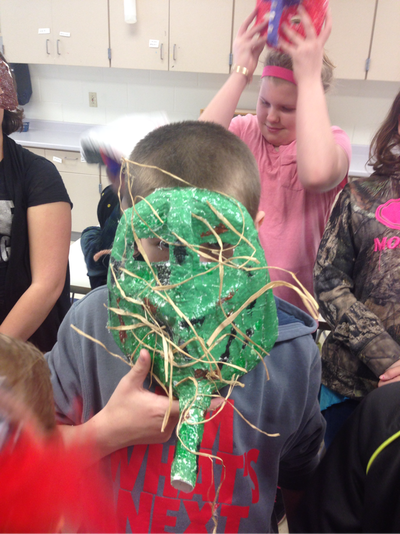
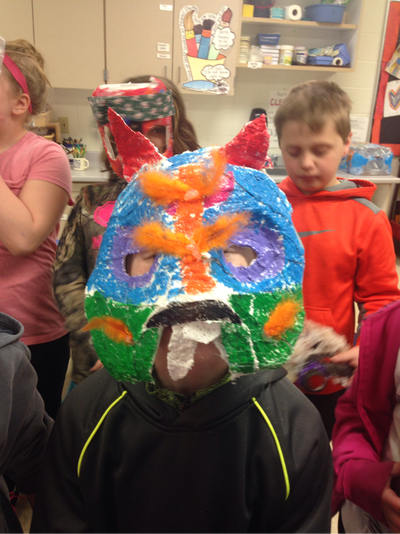
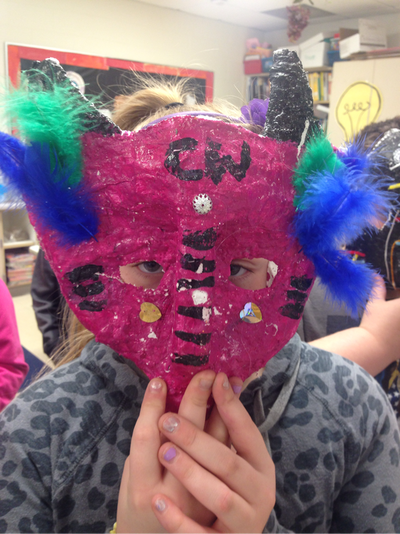
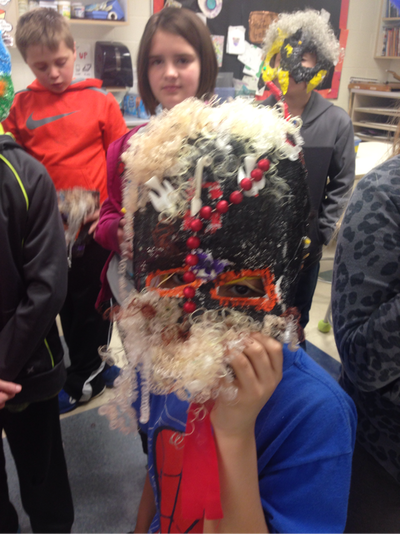
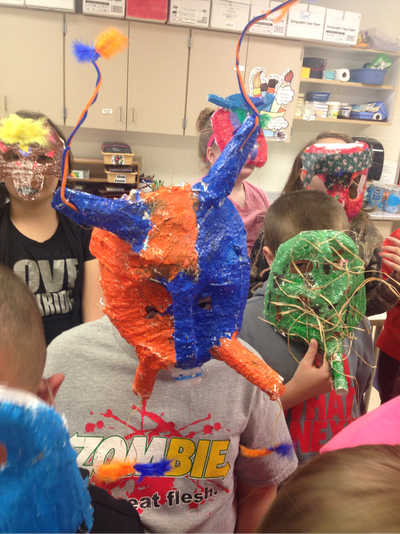
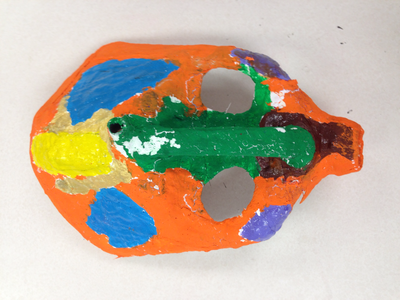
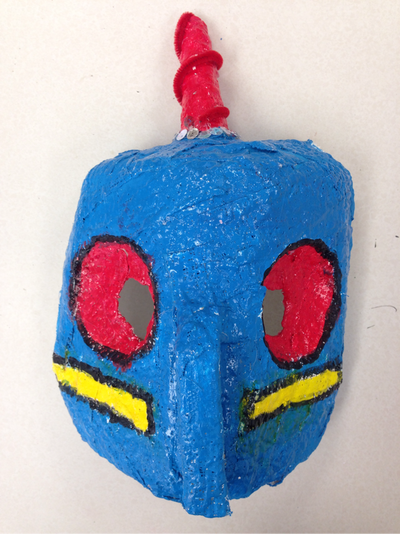
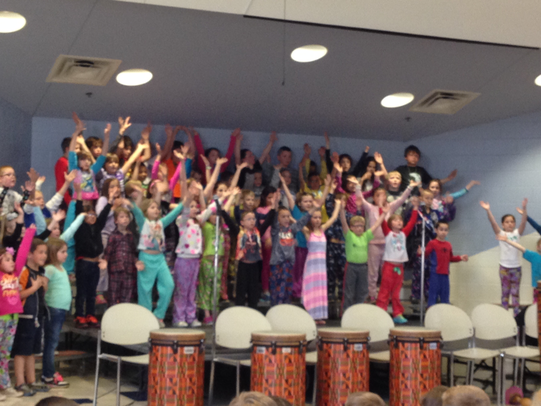
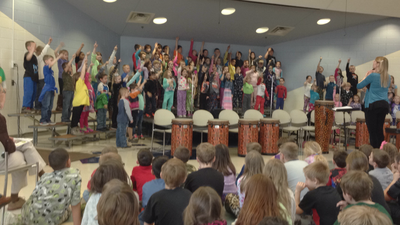
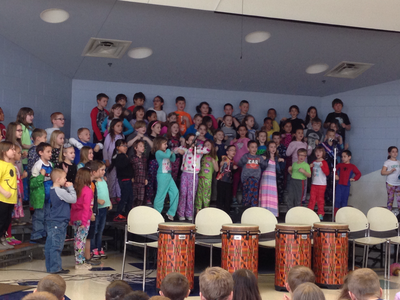
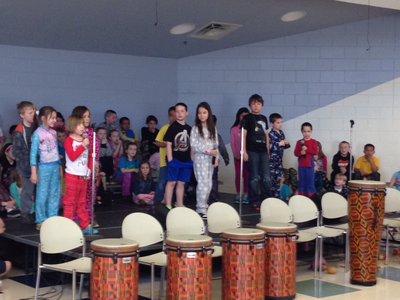
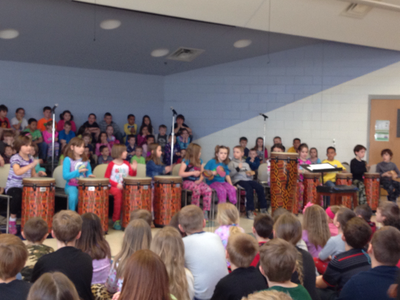
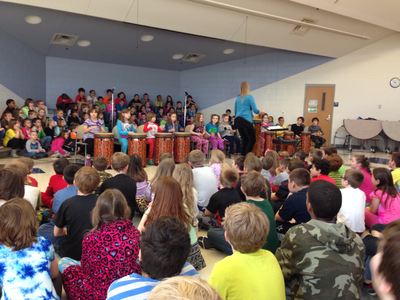
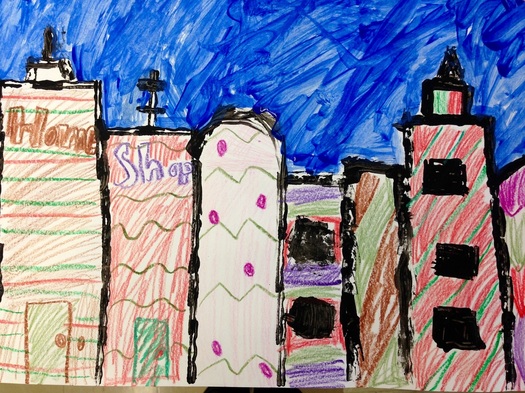
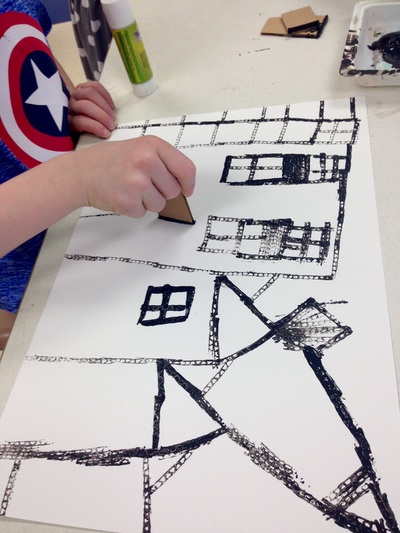
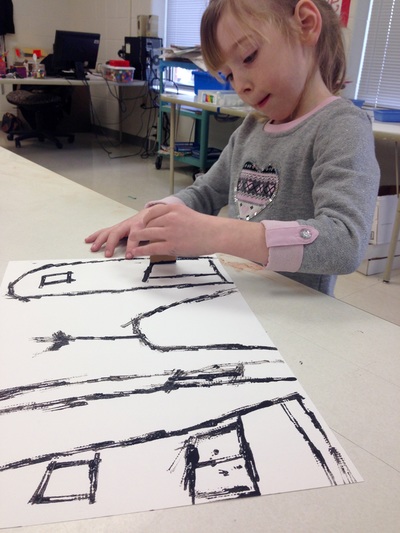
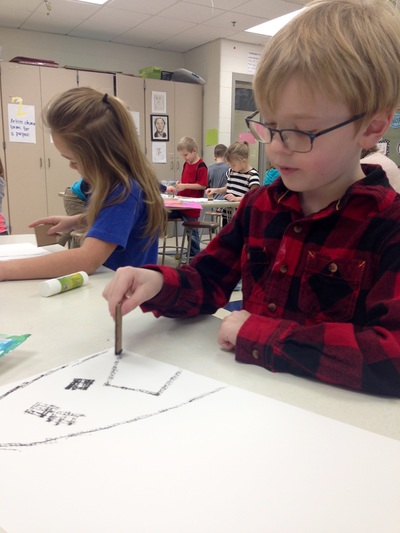
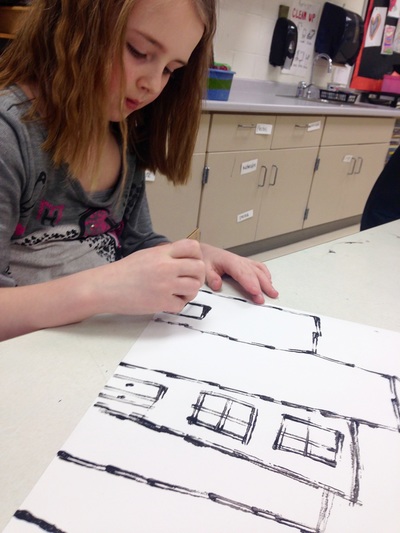
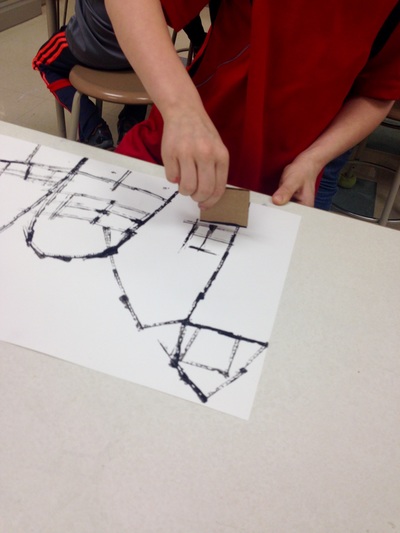
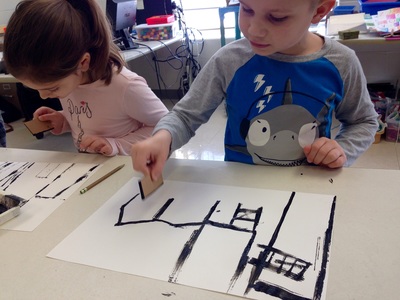
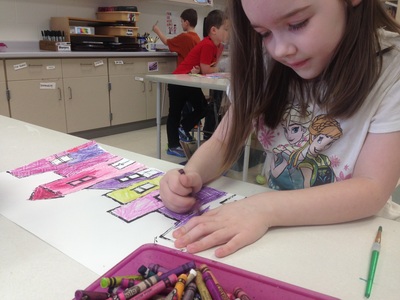
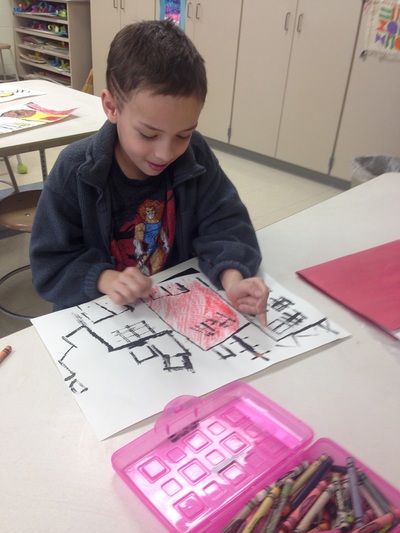

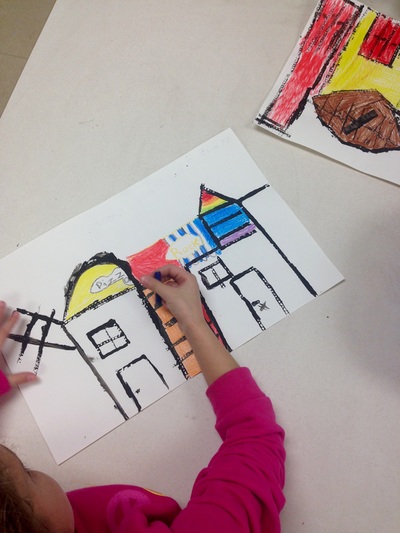
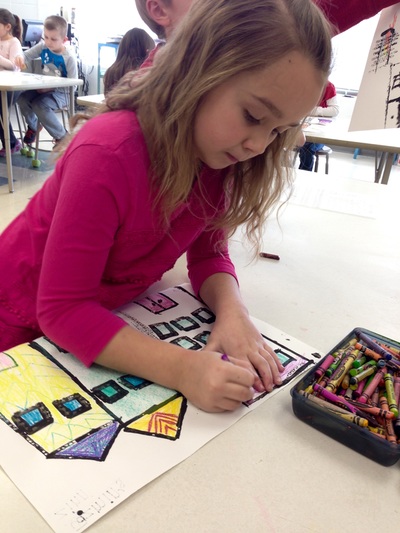
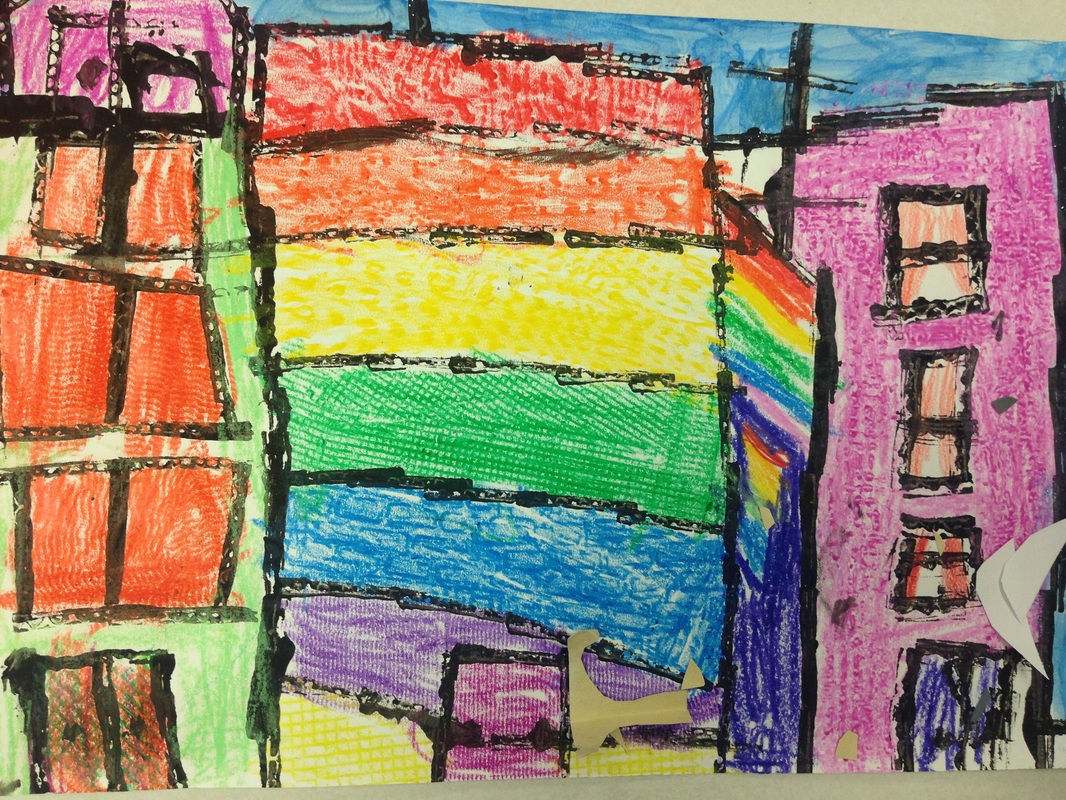
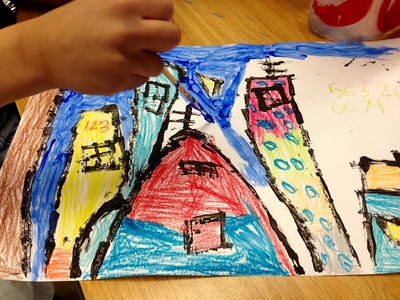
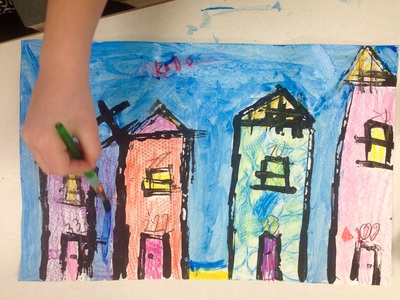
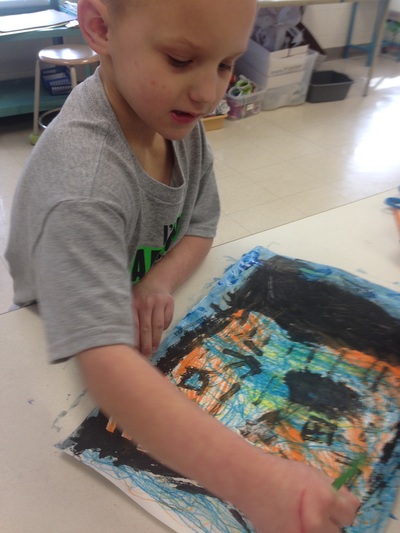
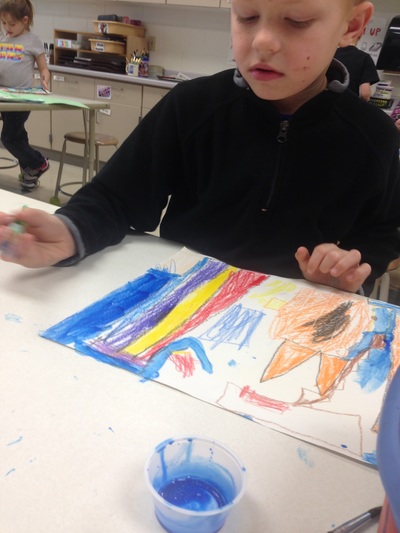
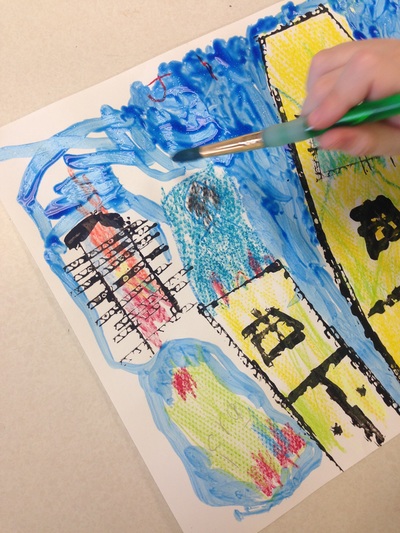
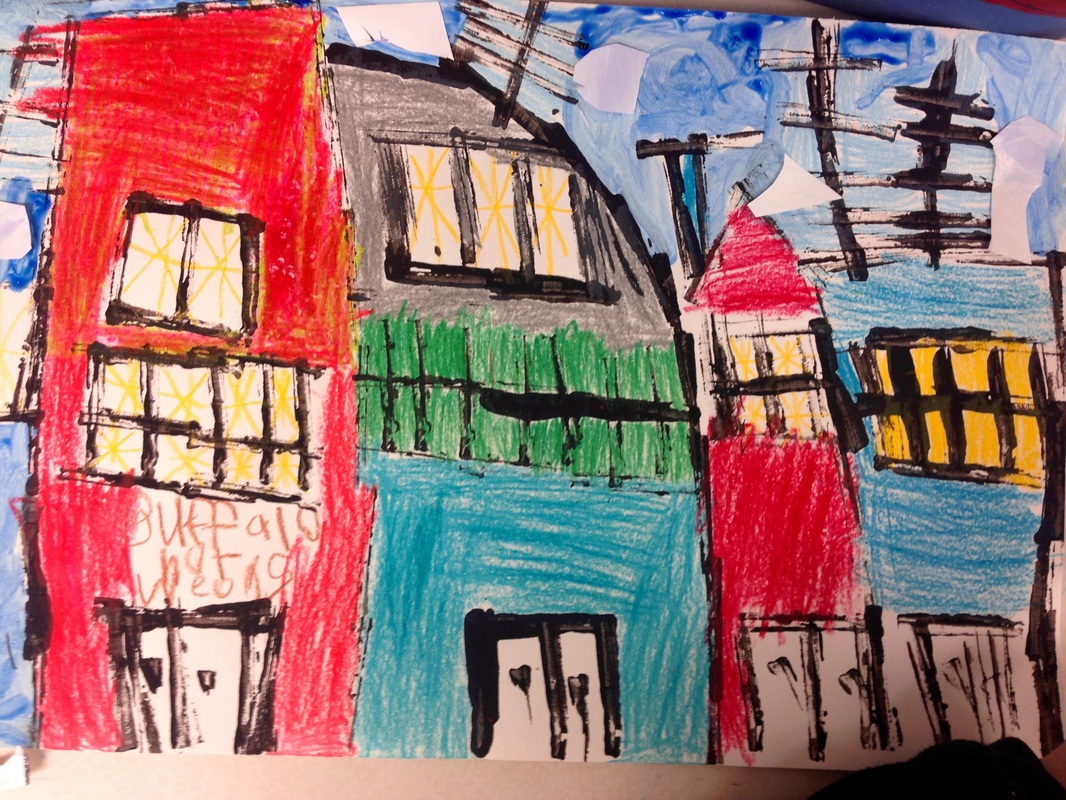
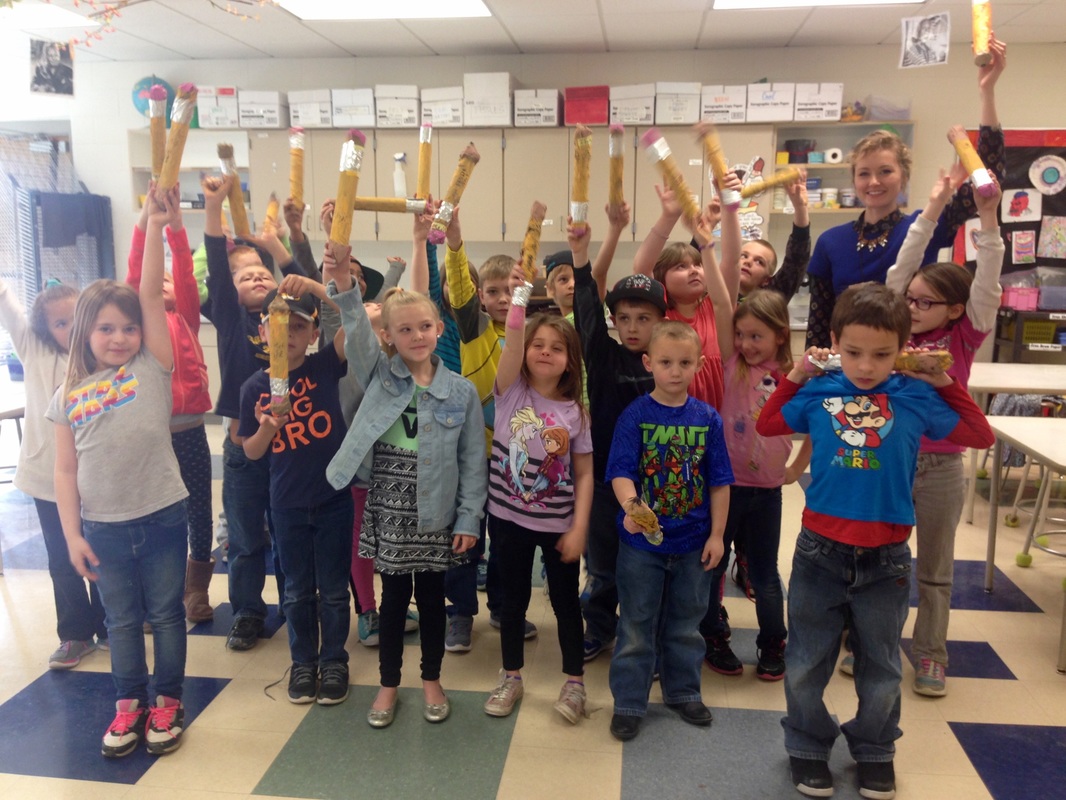
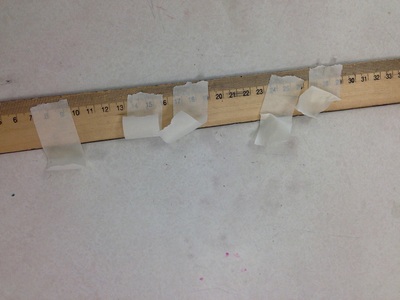

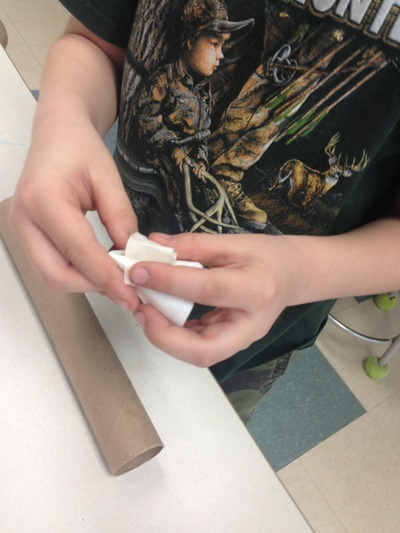
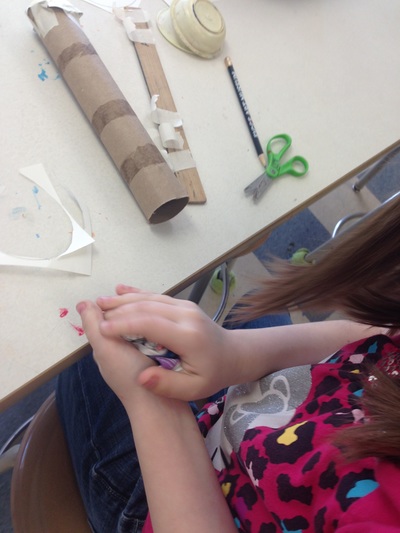

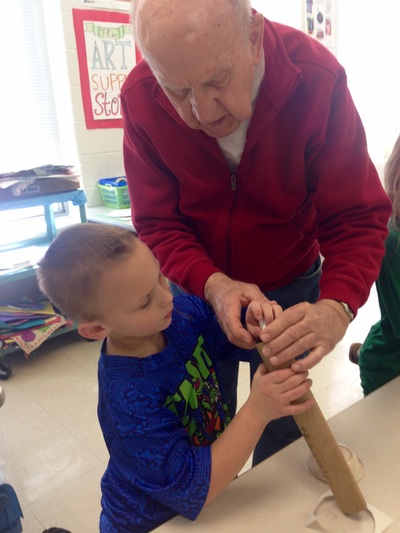
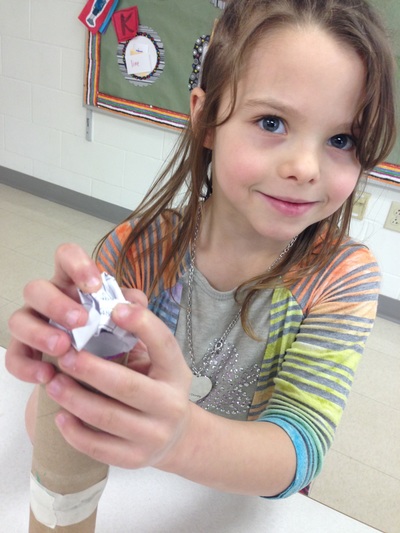
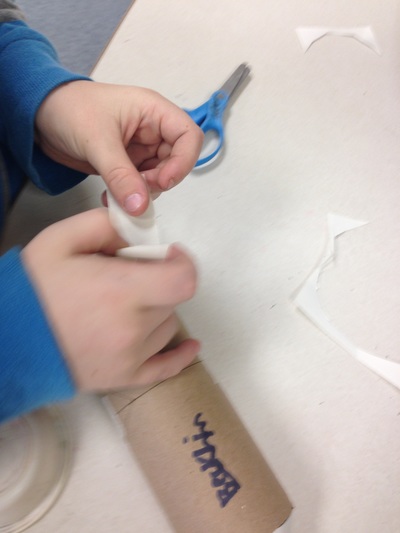
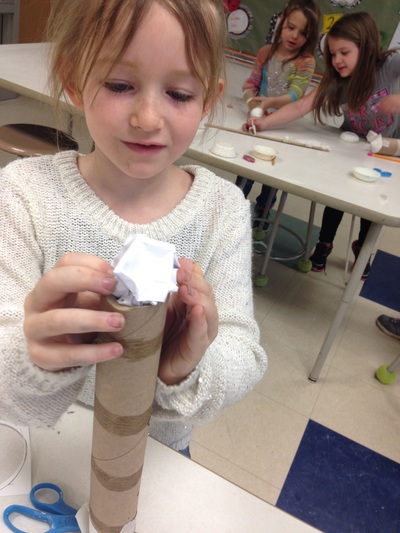
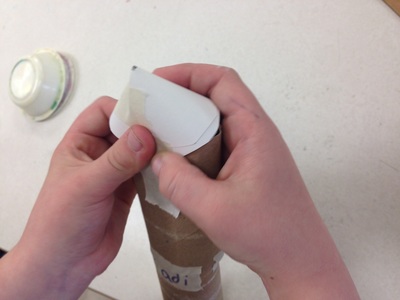
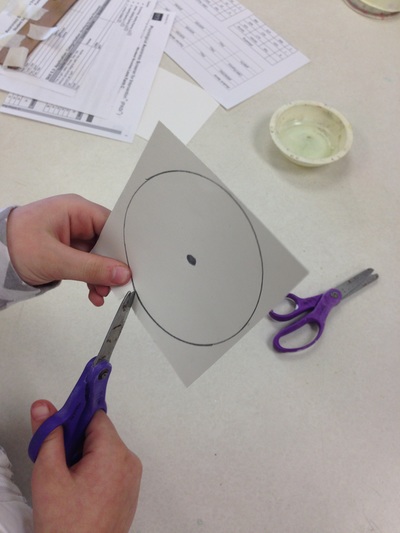
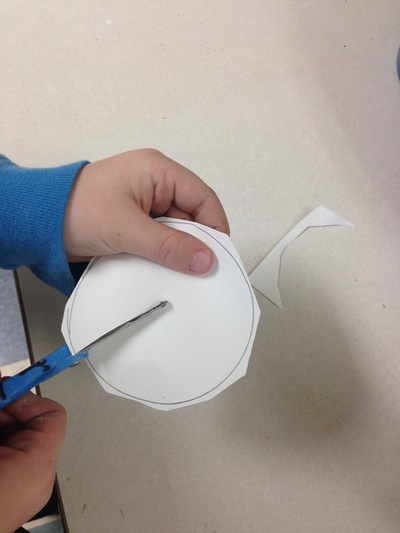
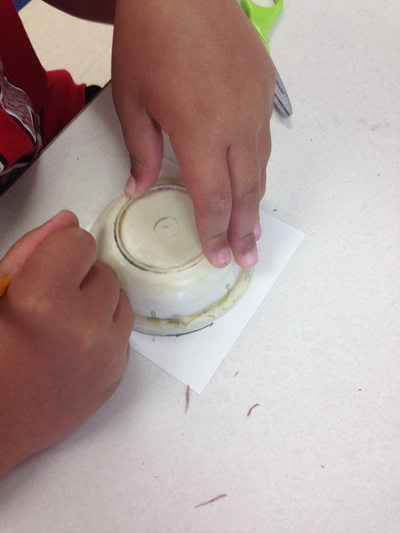
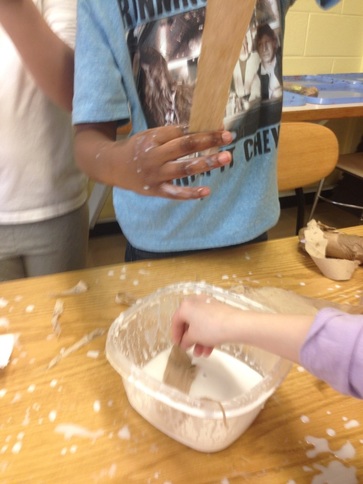
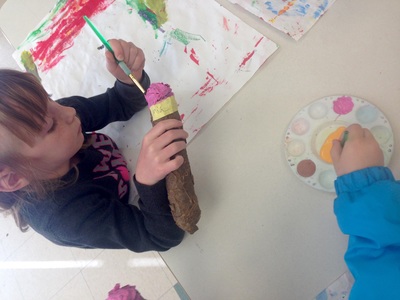
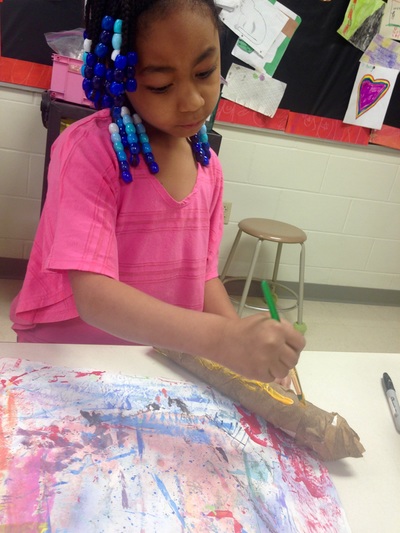
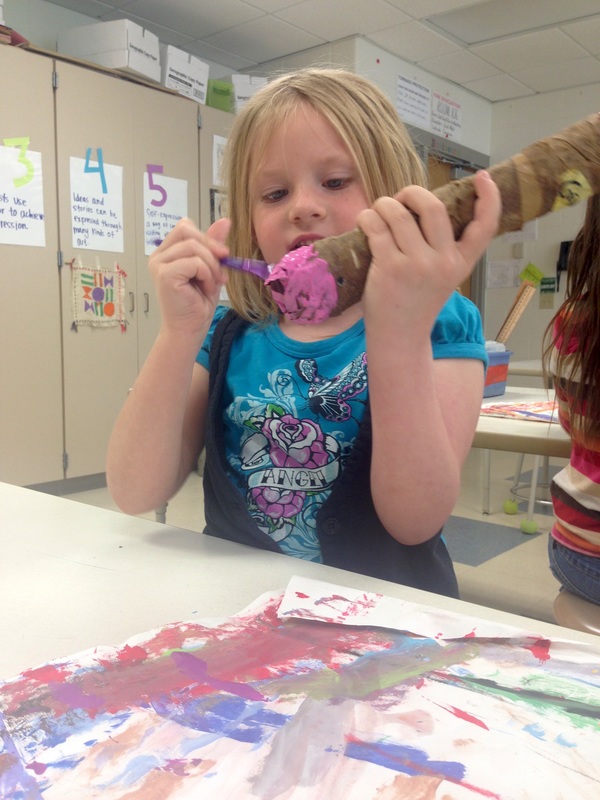
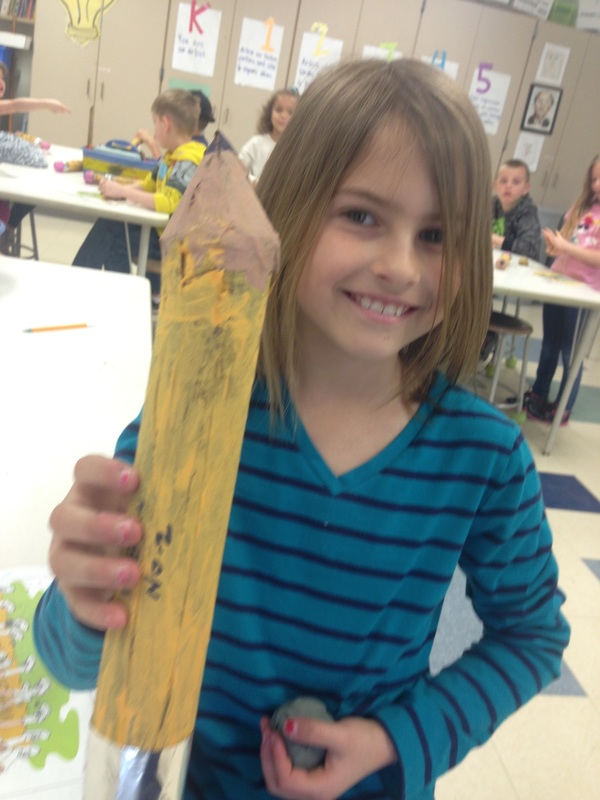
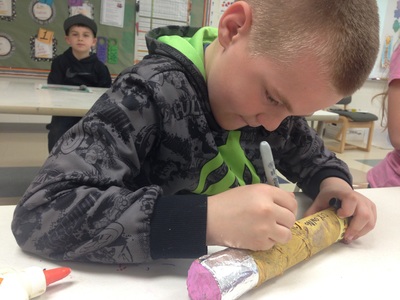
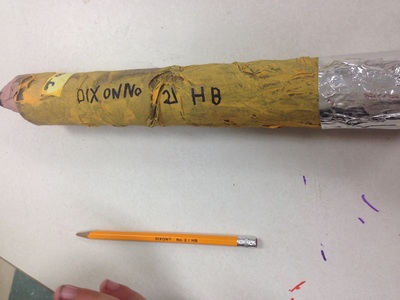
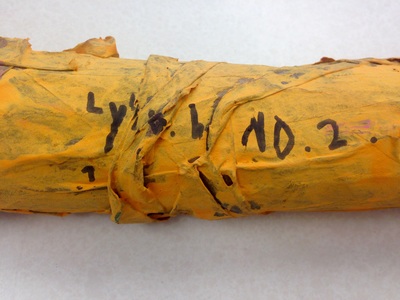
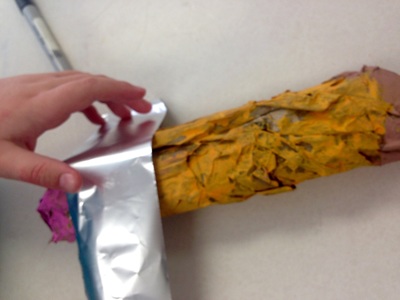
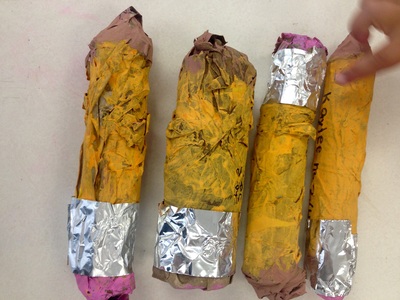
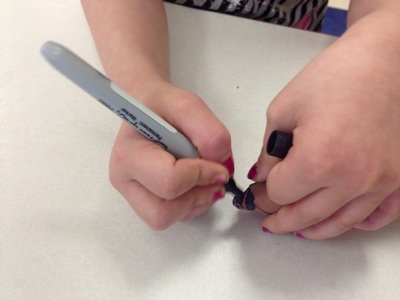
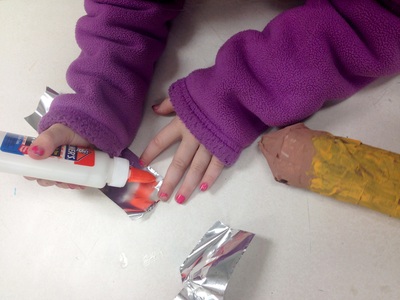
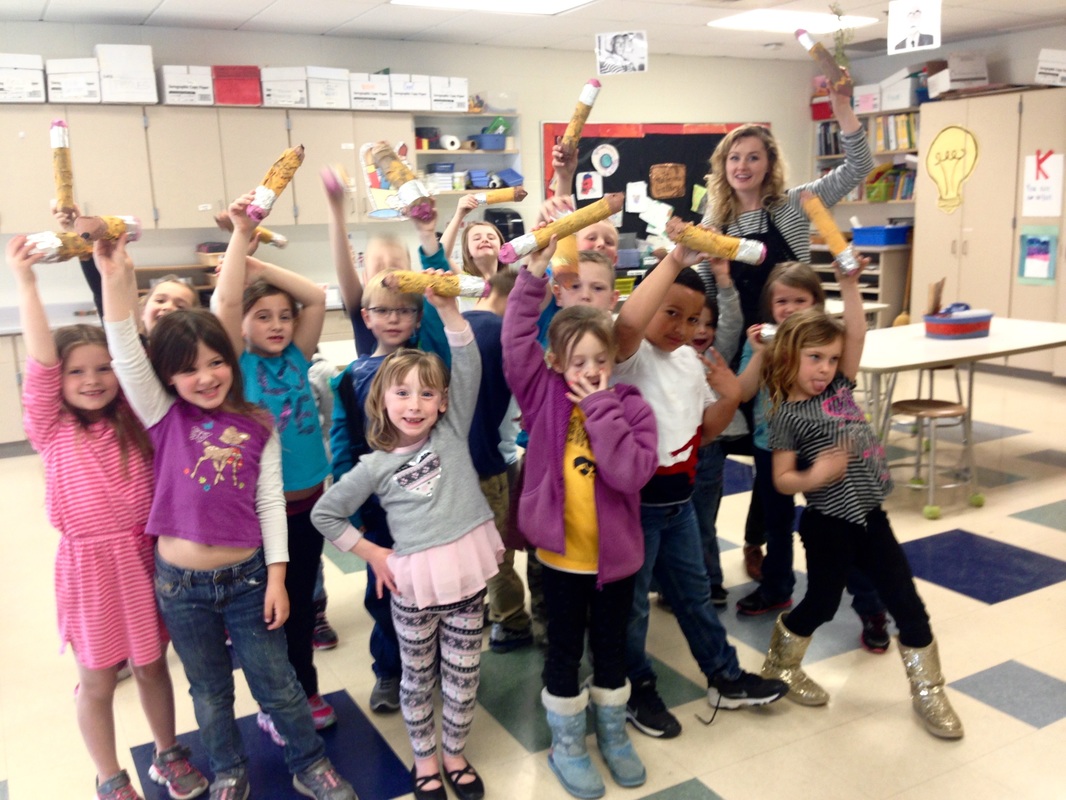
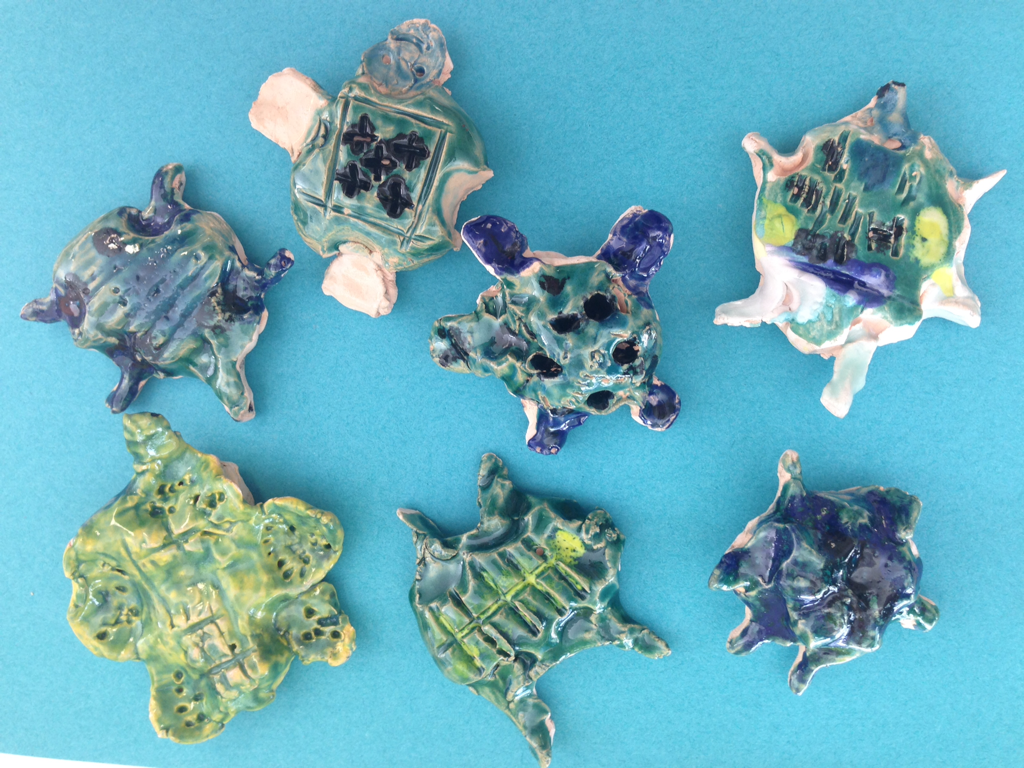
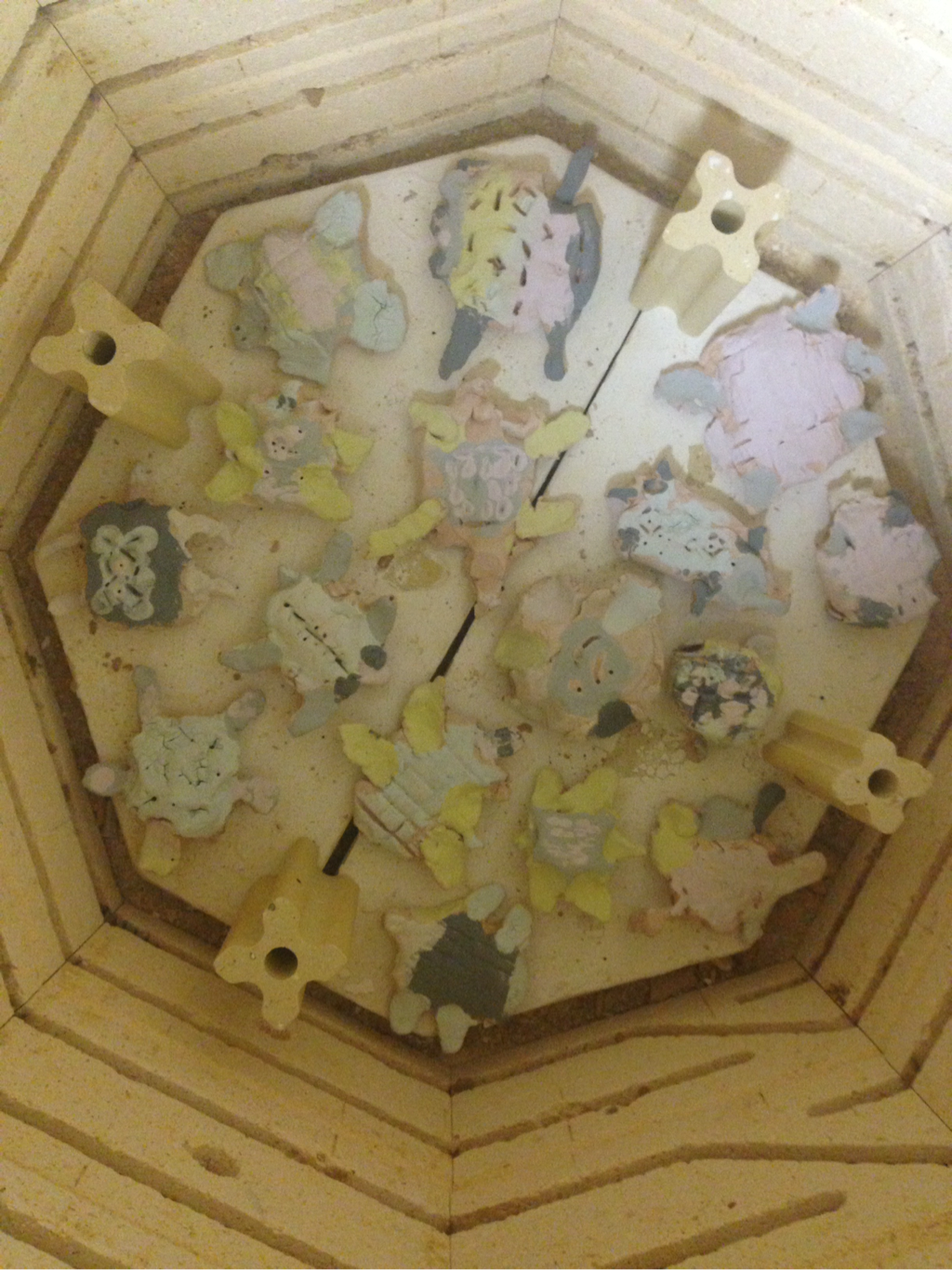
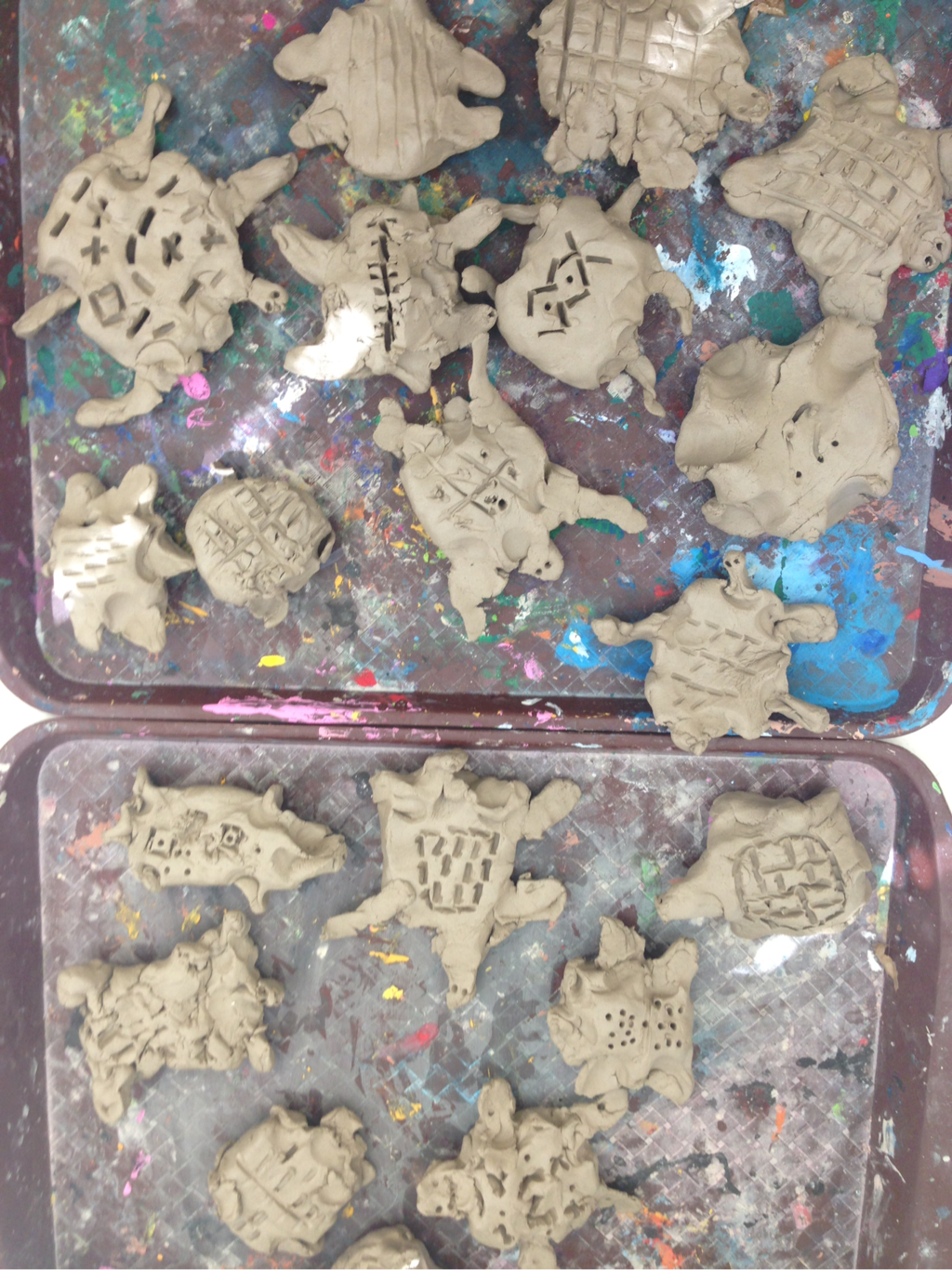
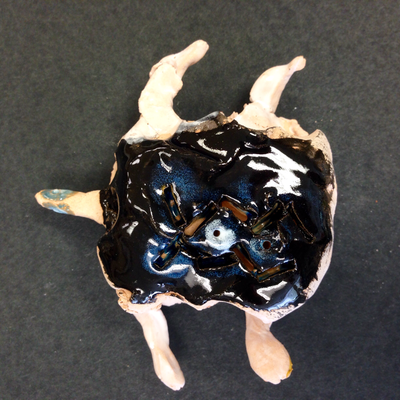
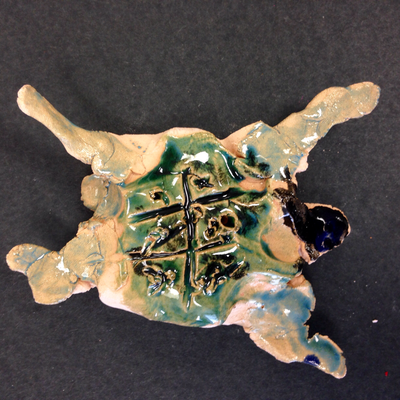
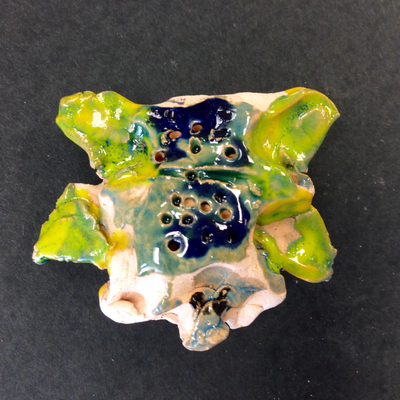
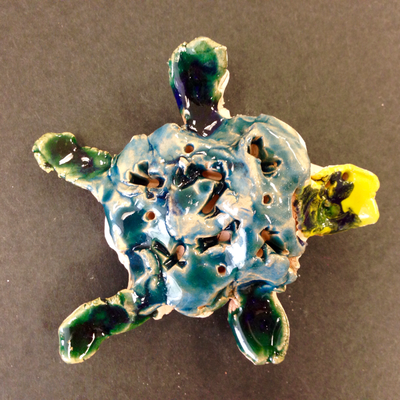
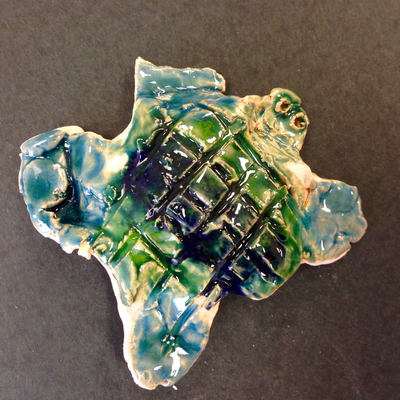
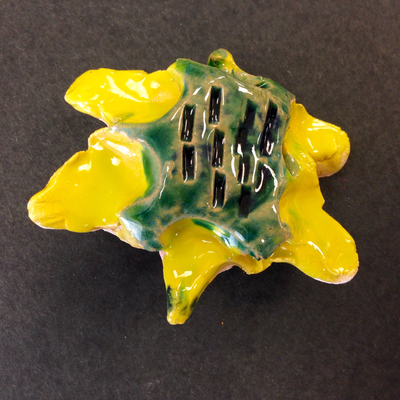
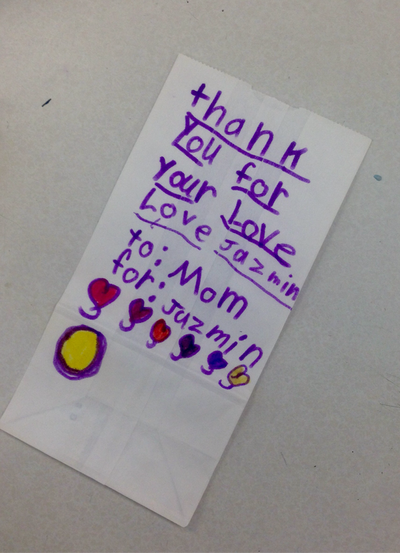
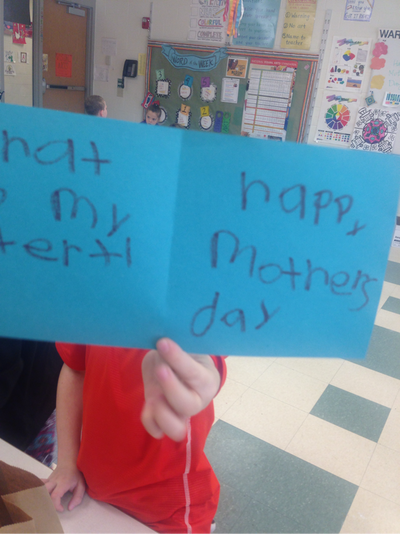
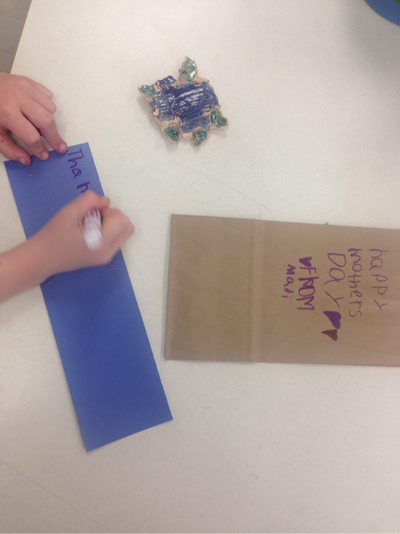
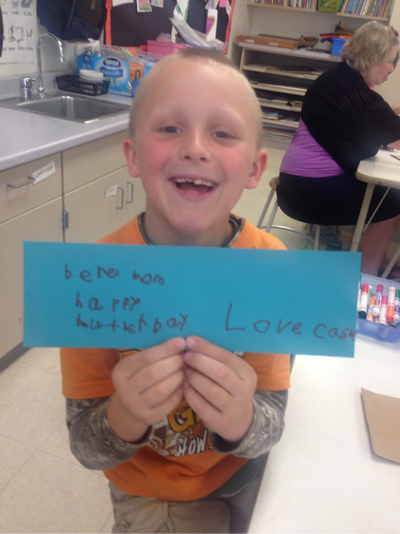
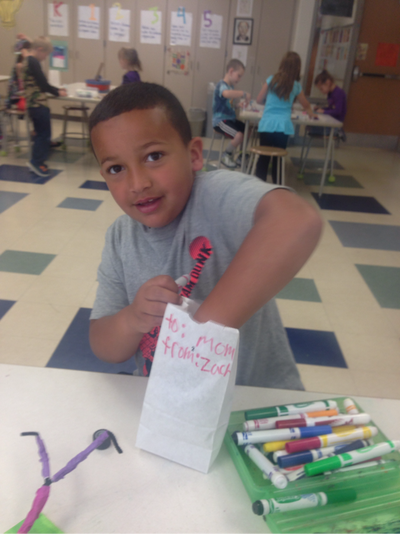
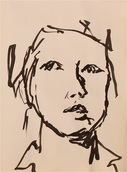
 RSS Feed
RSS Feed
